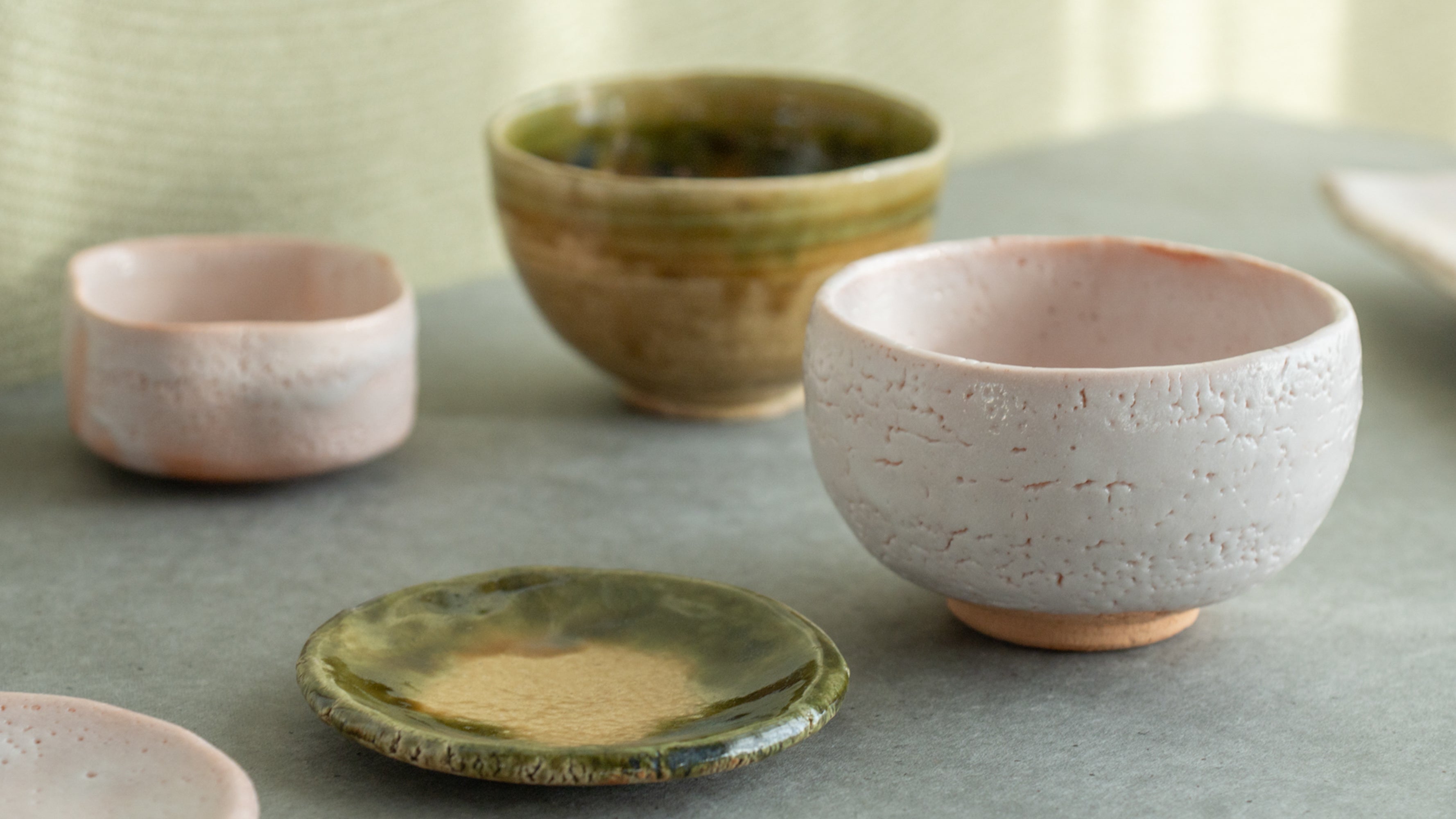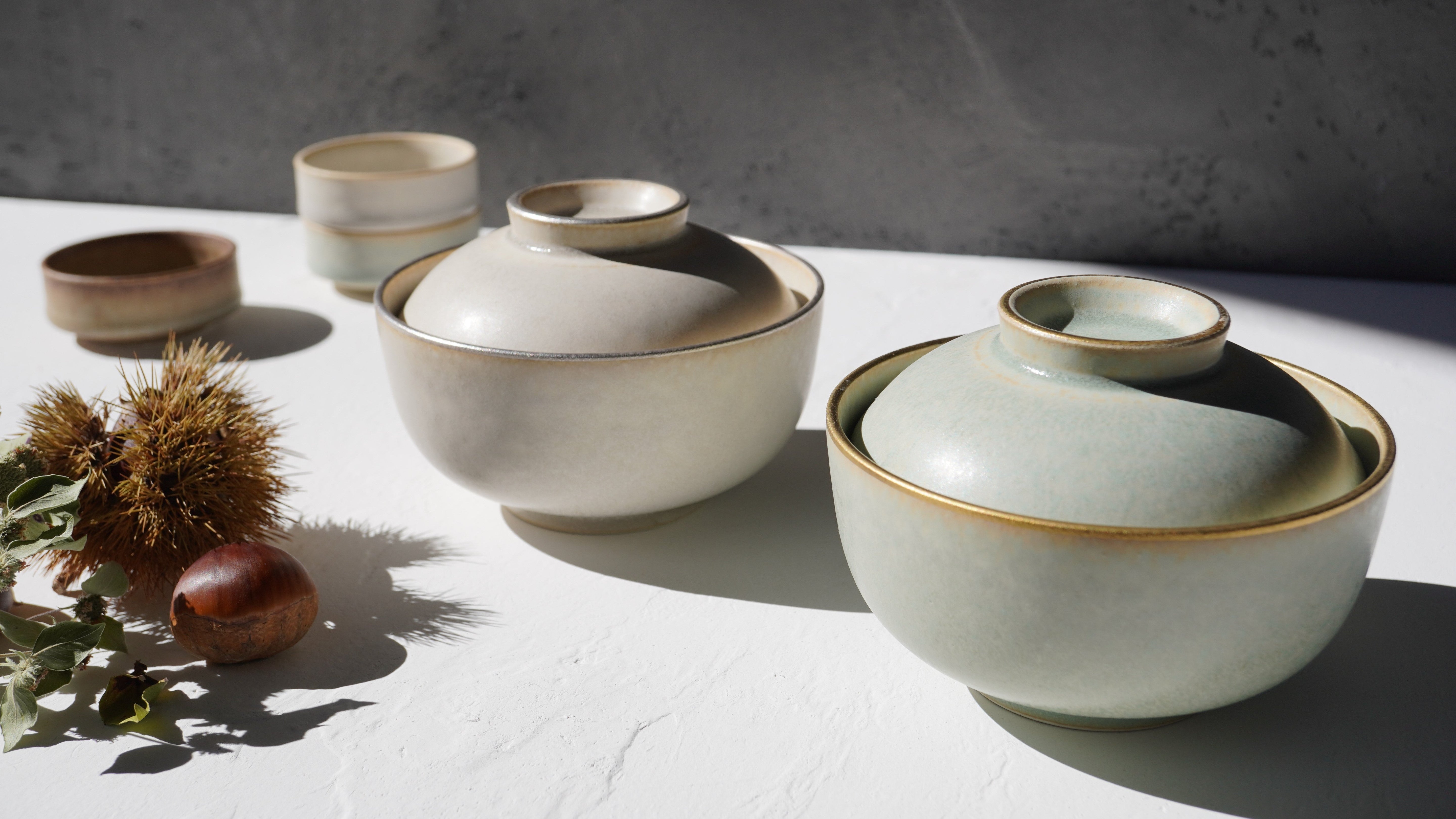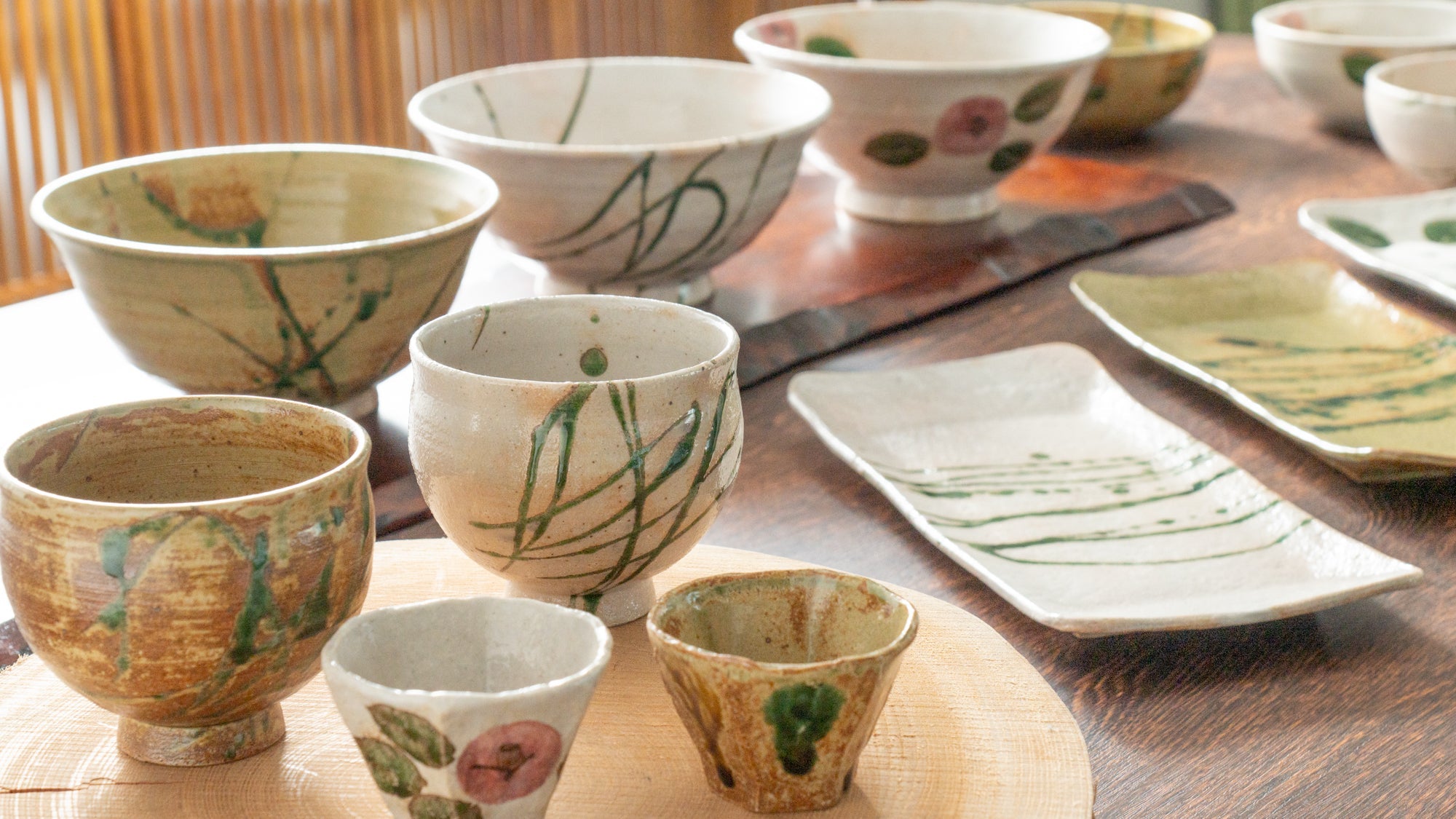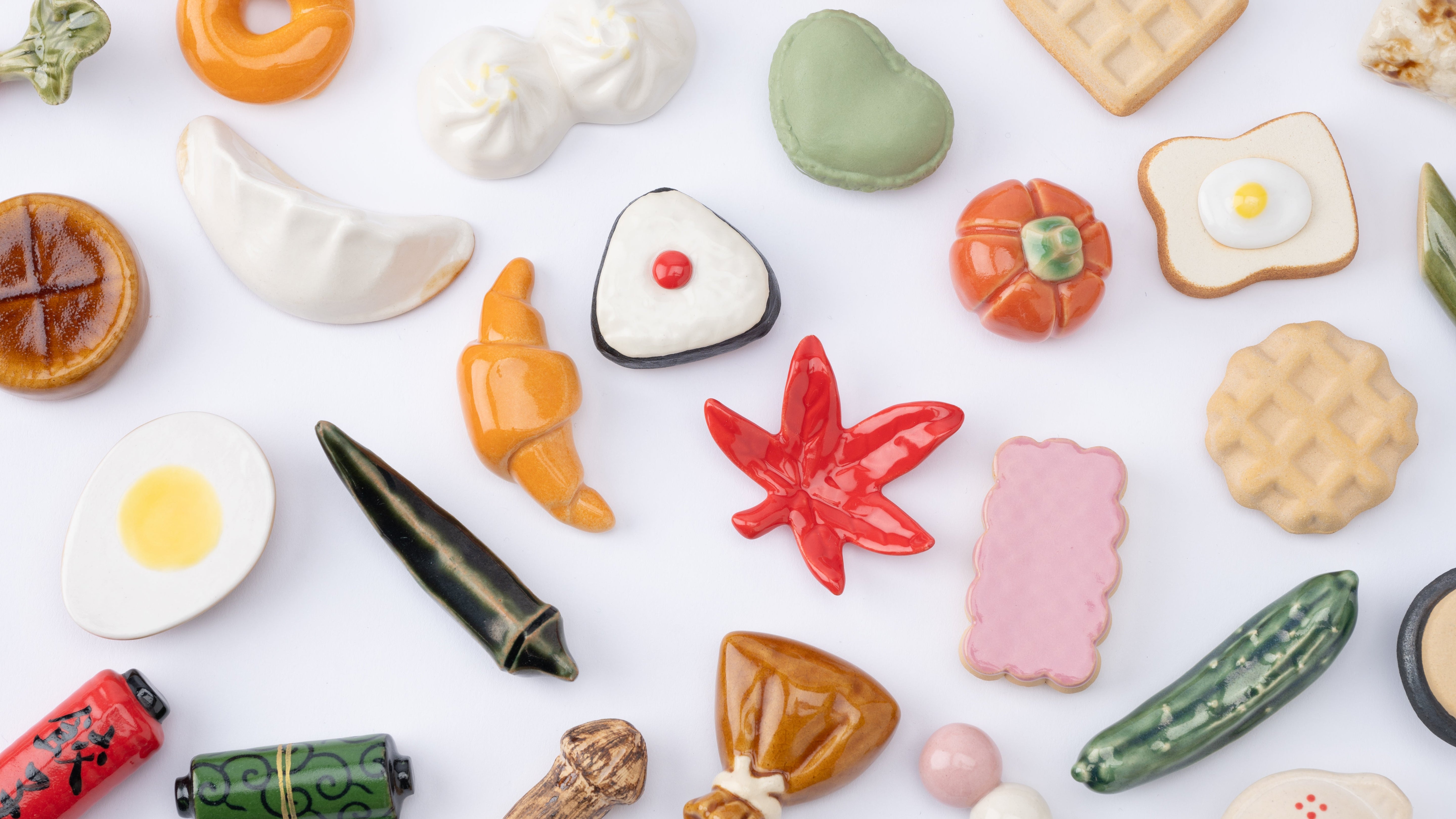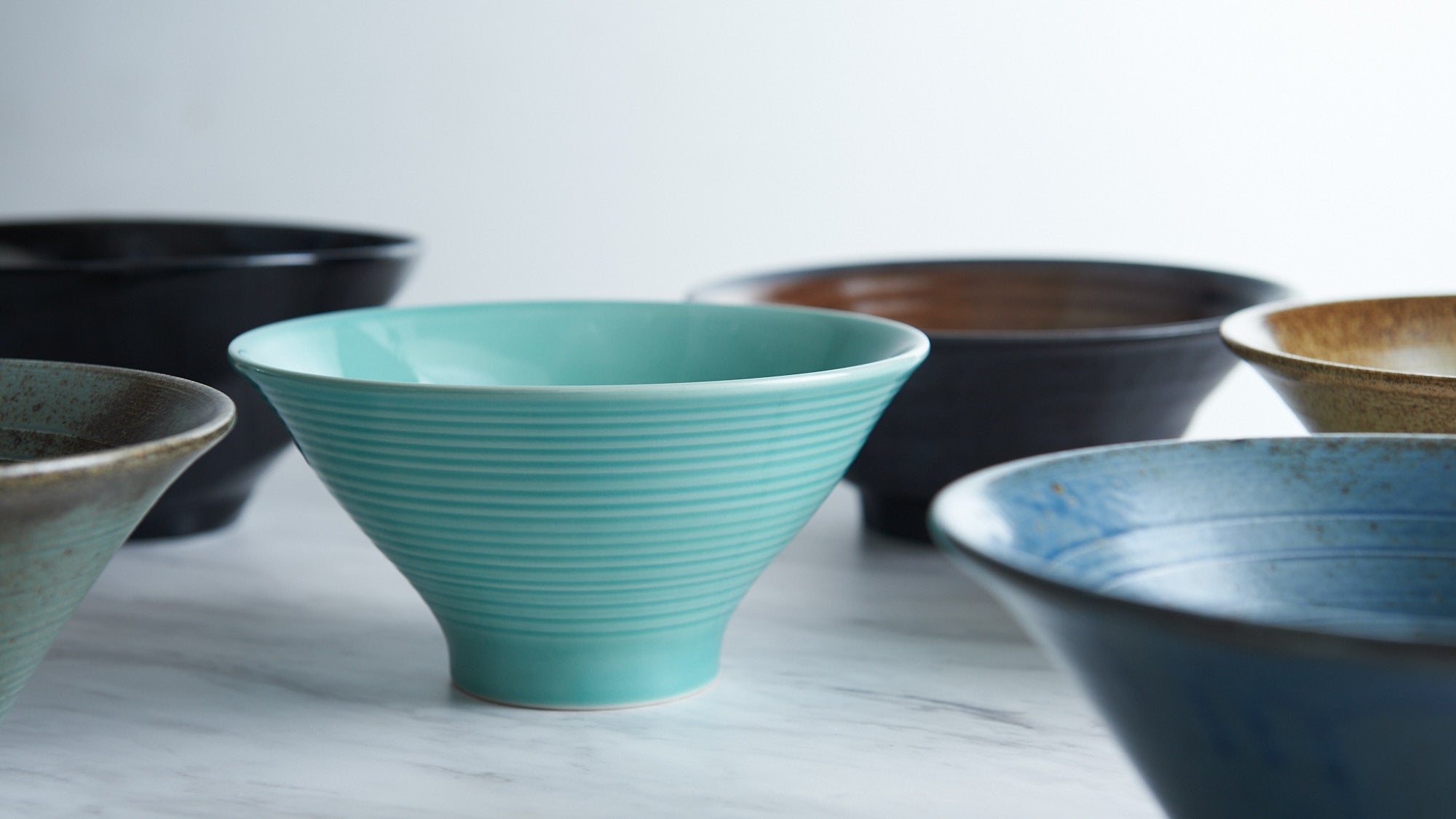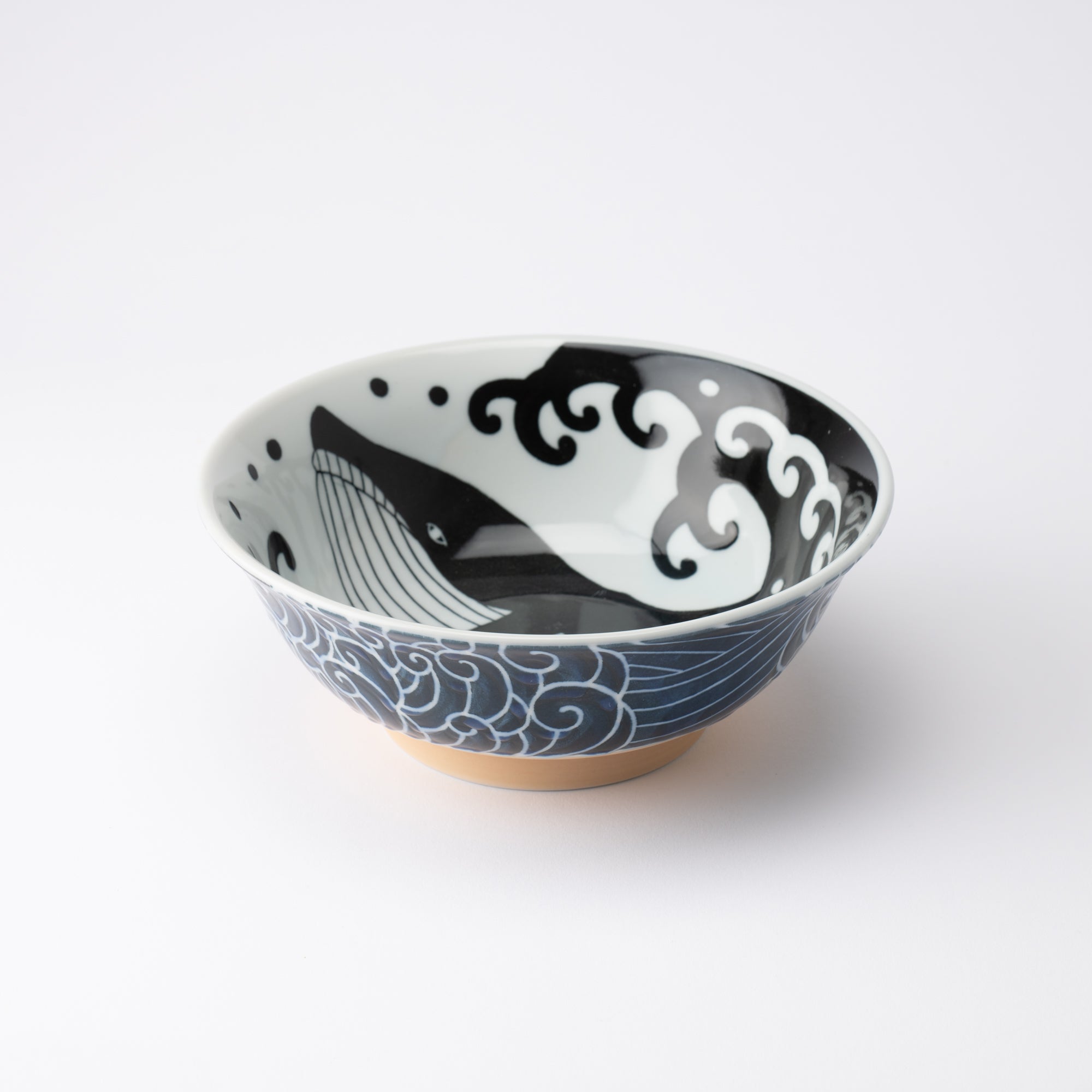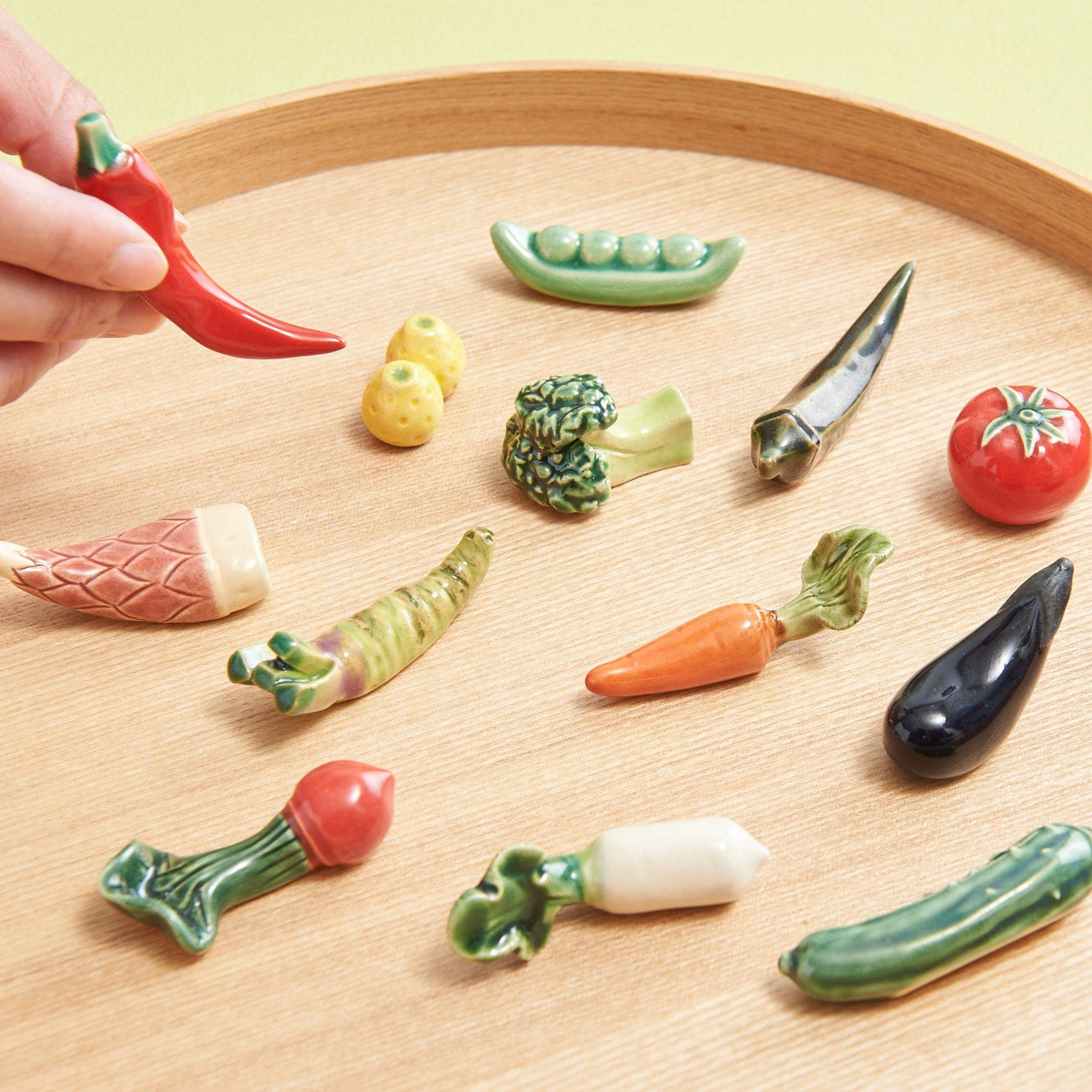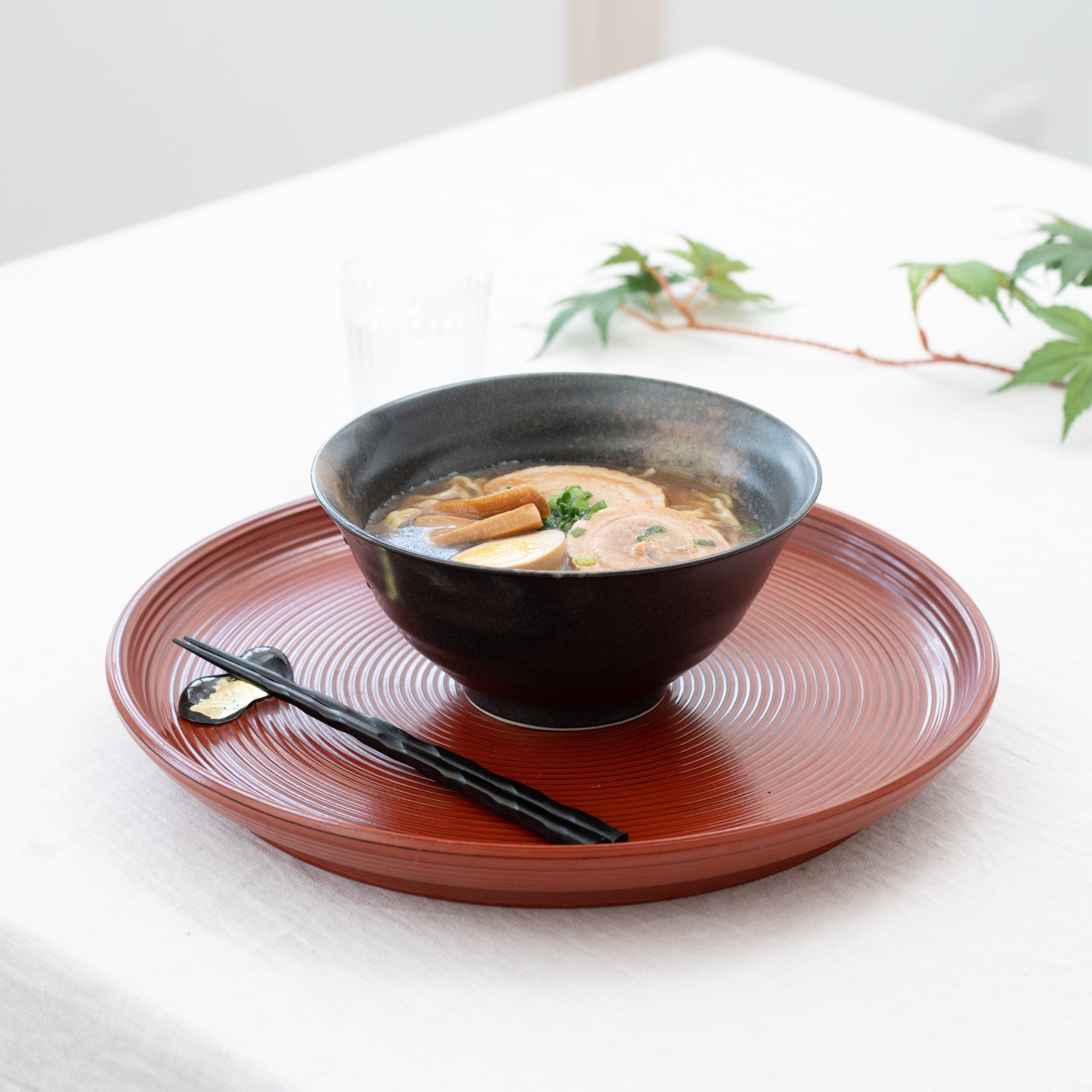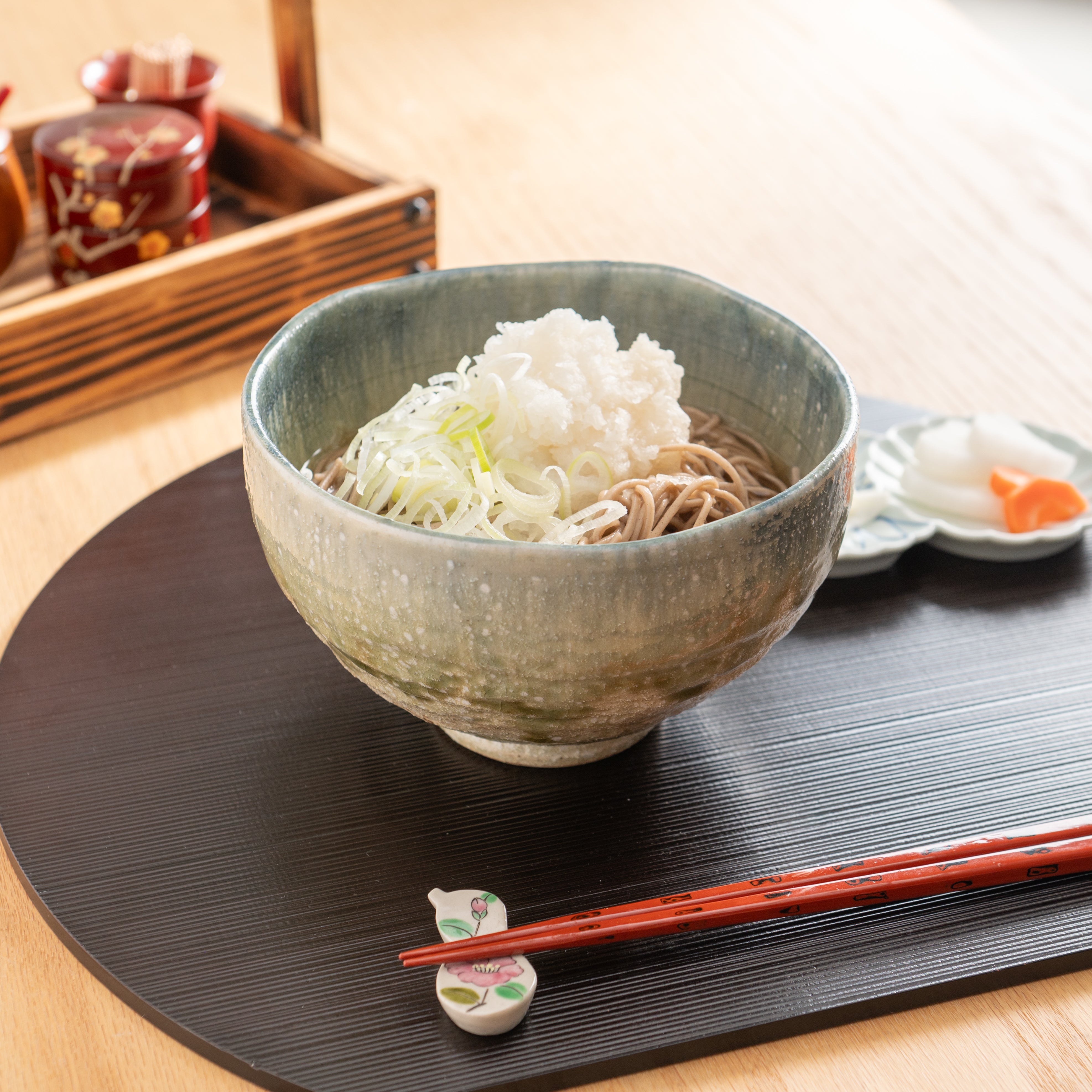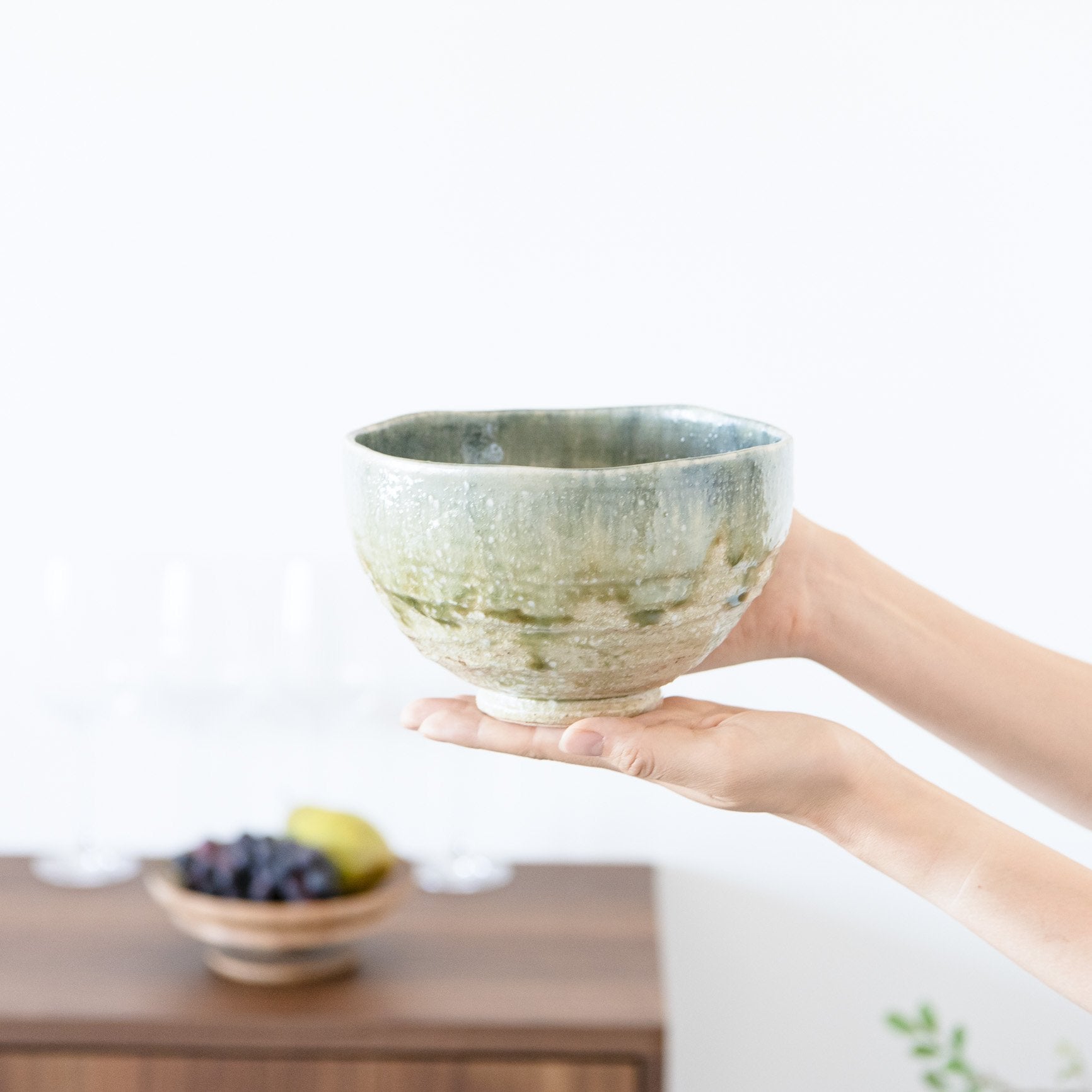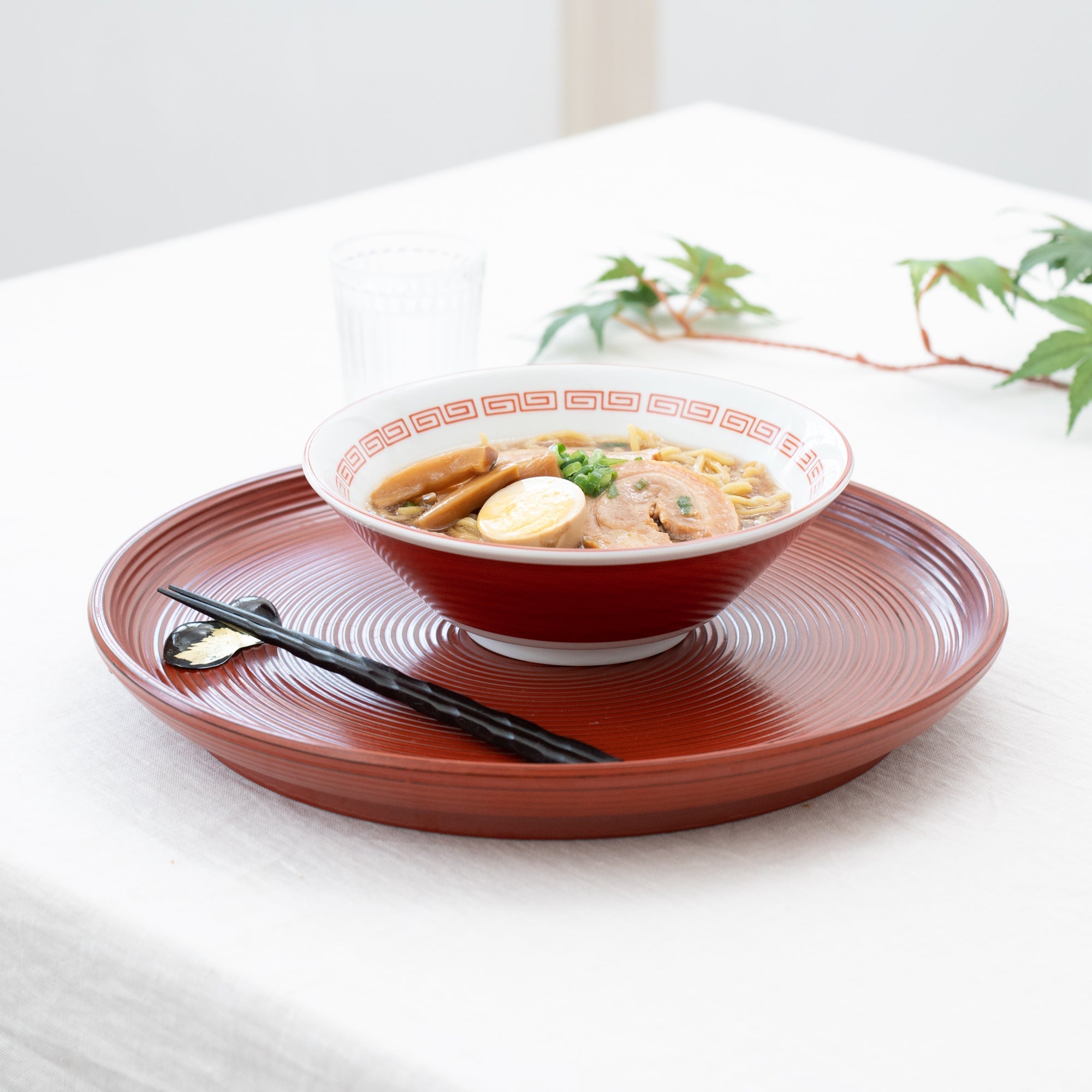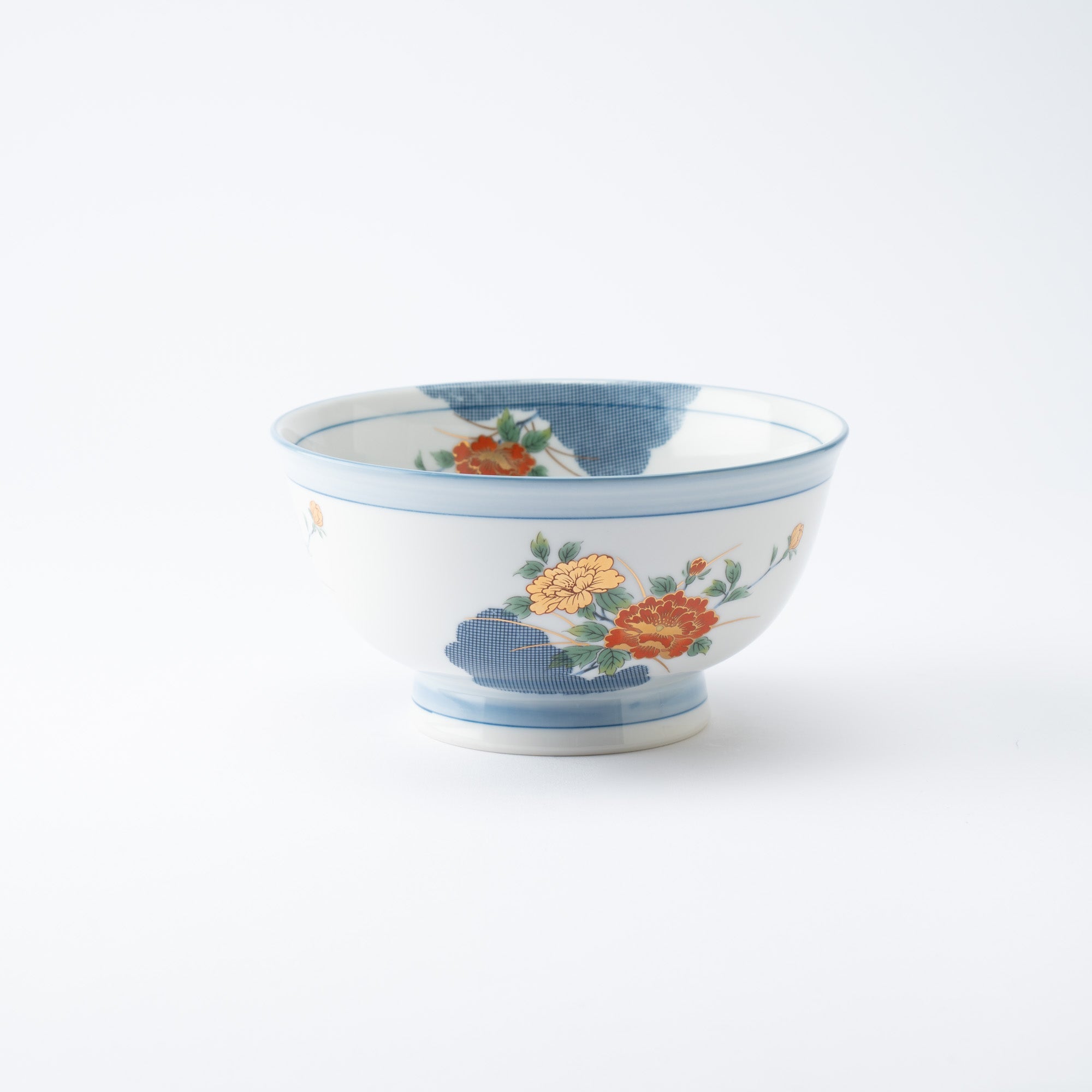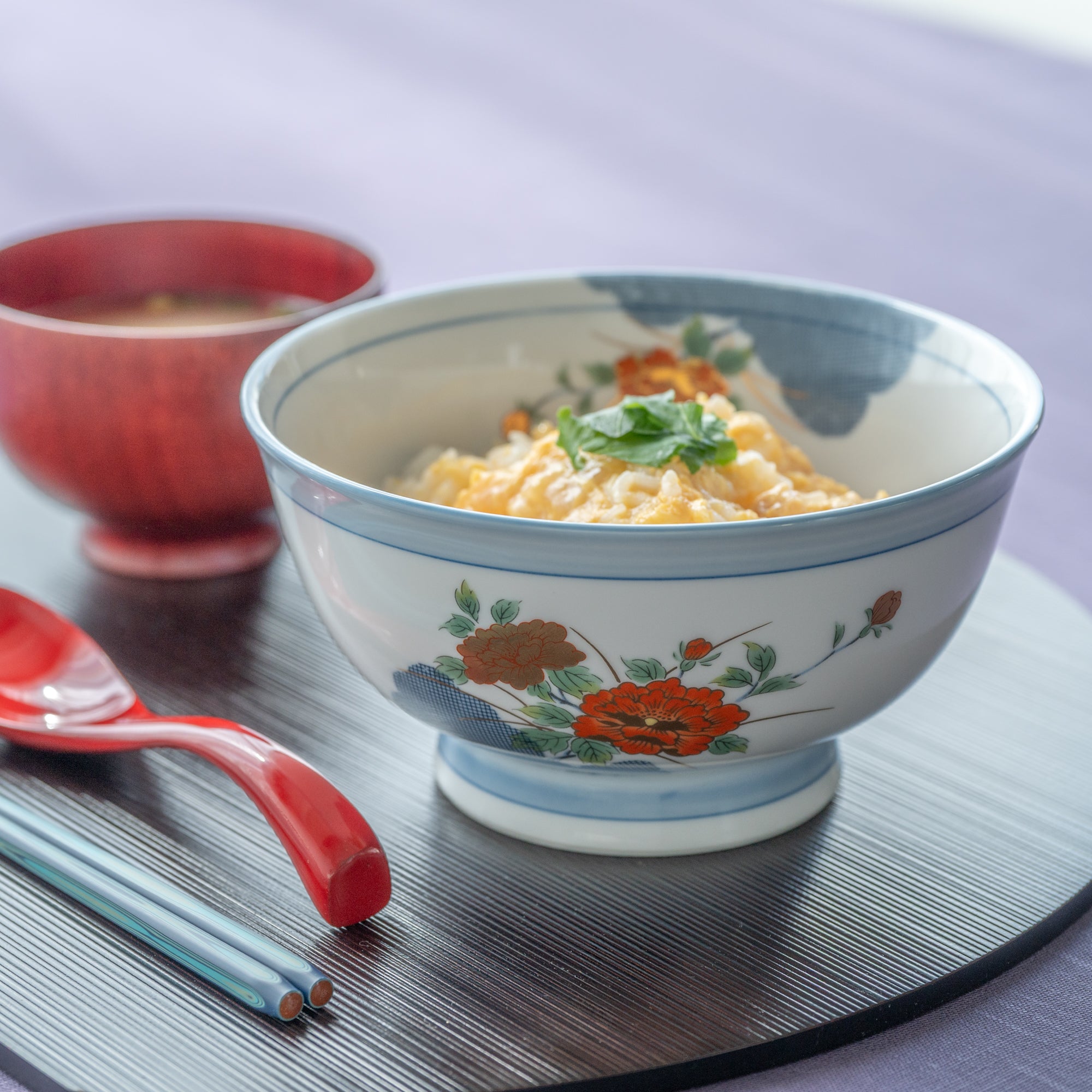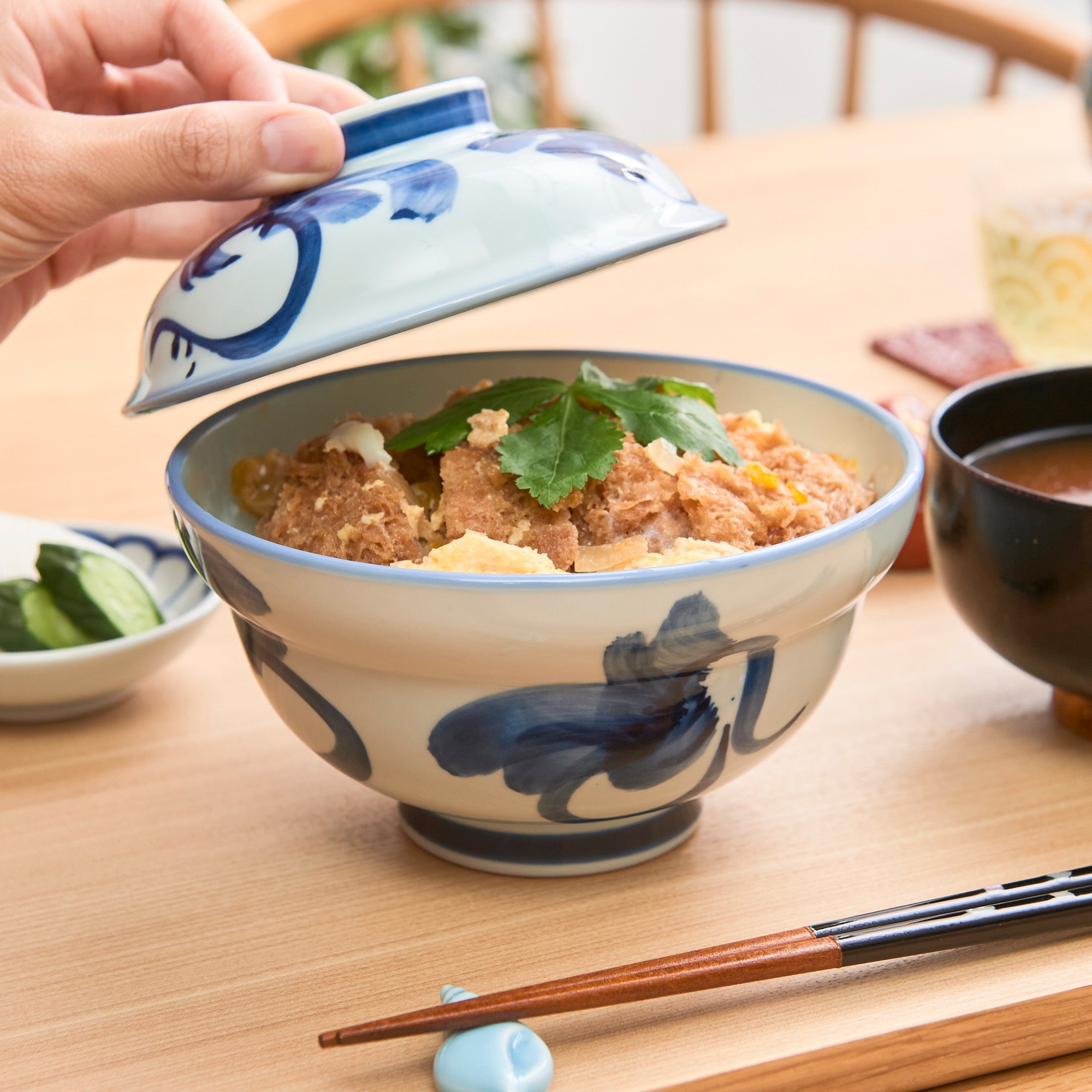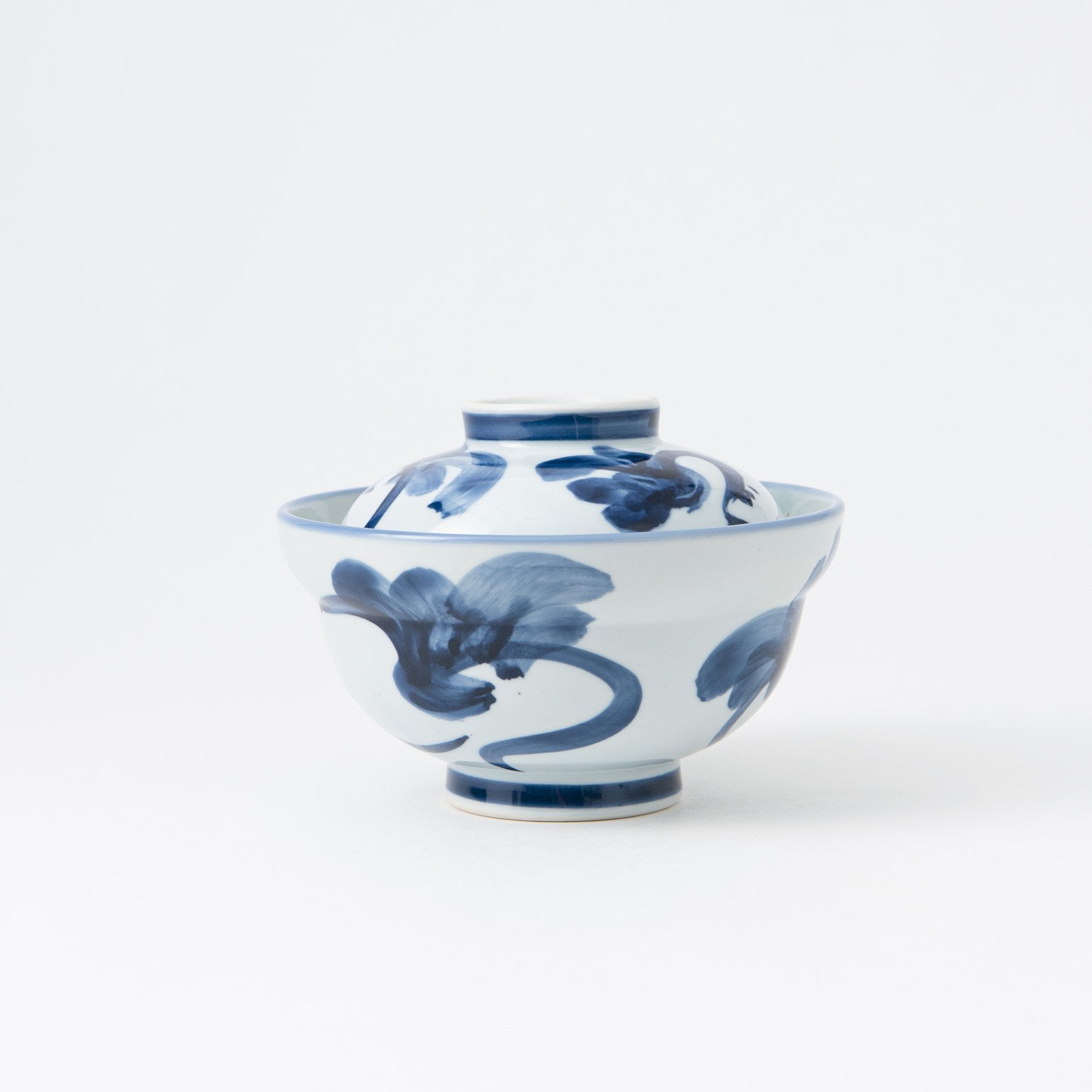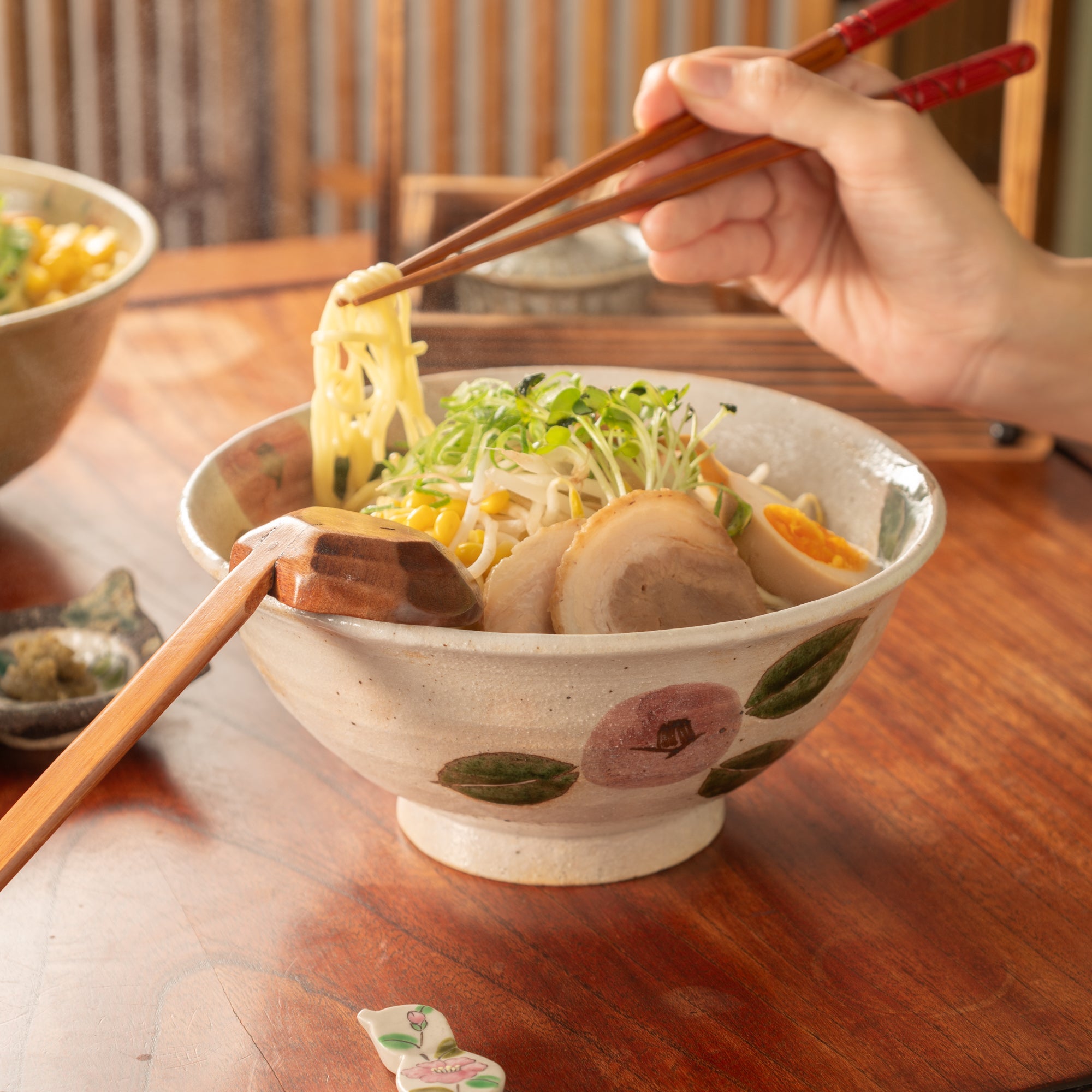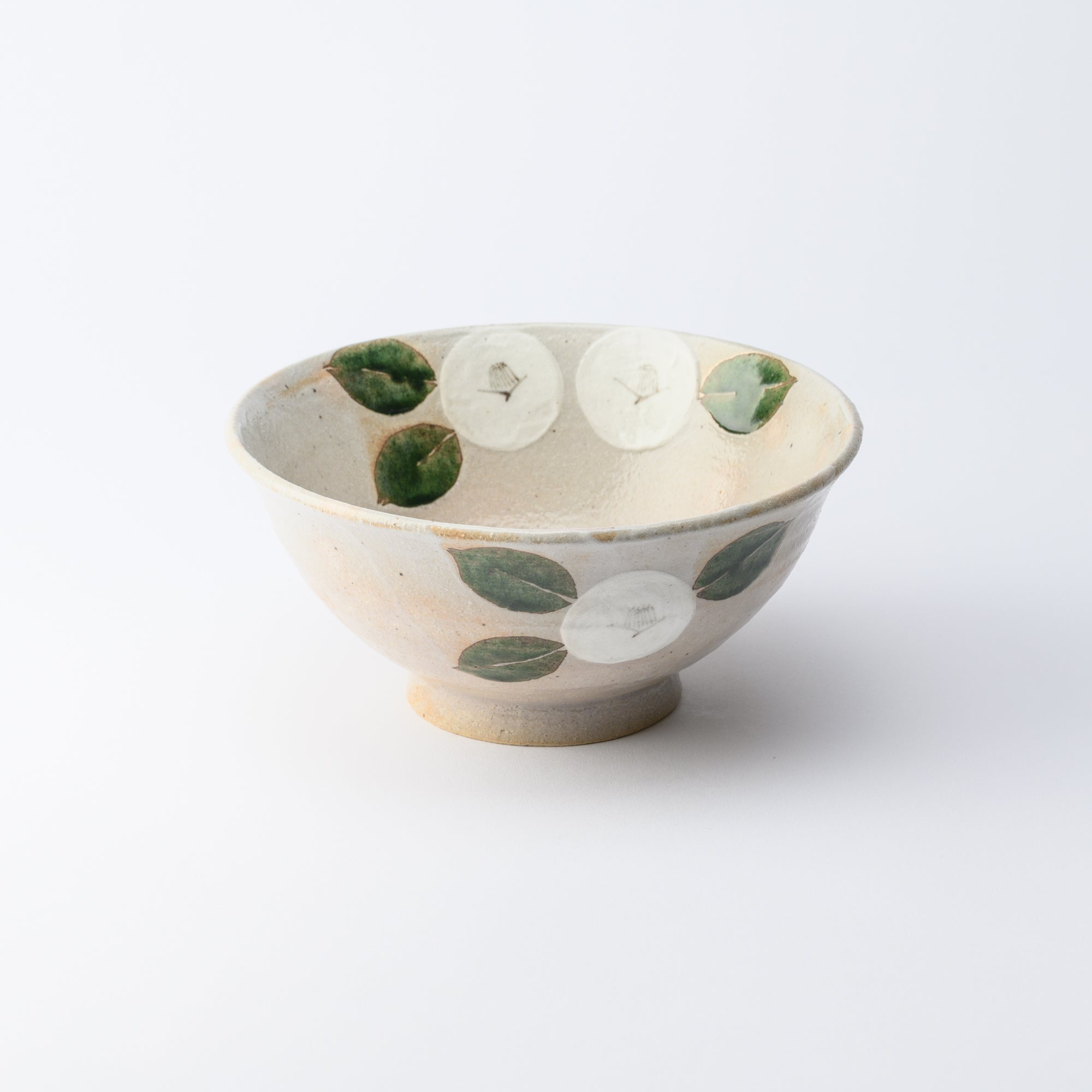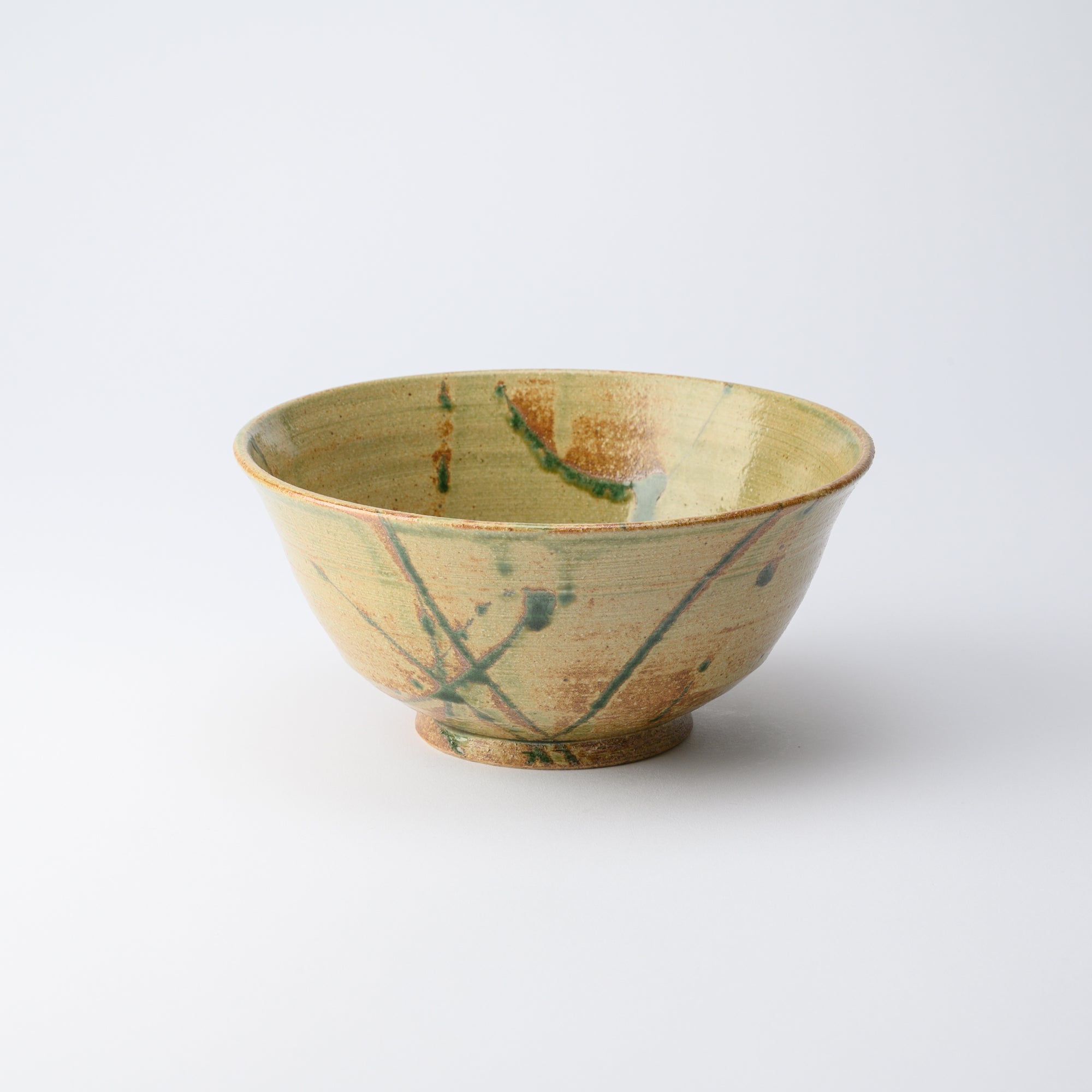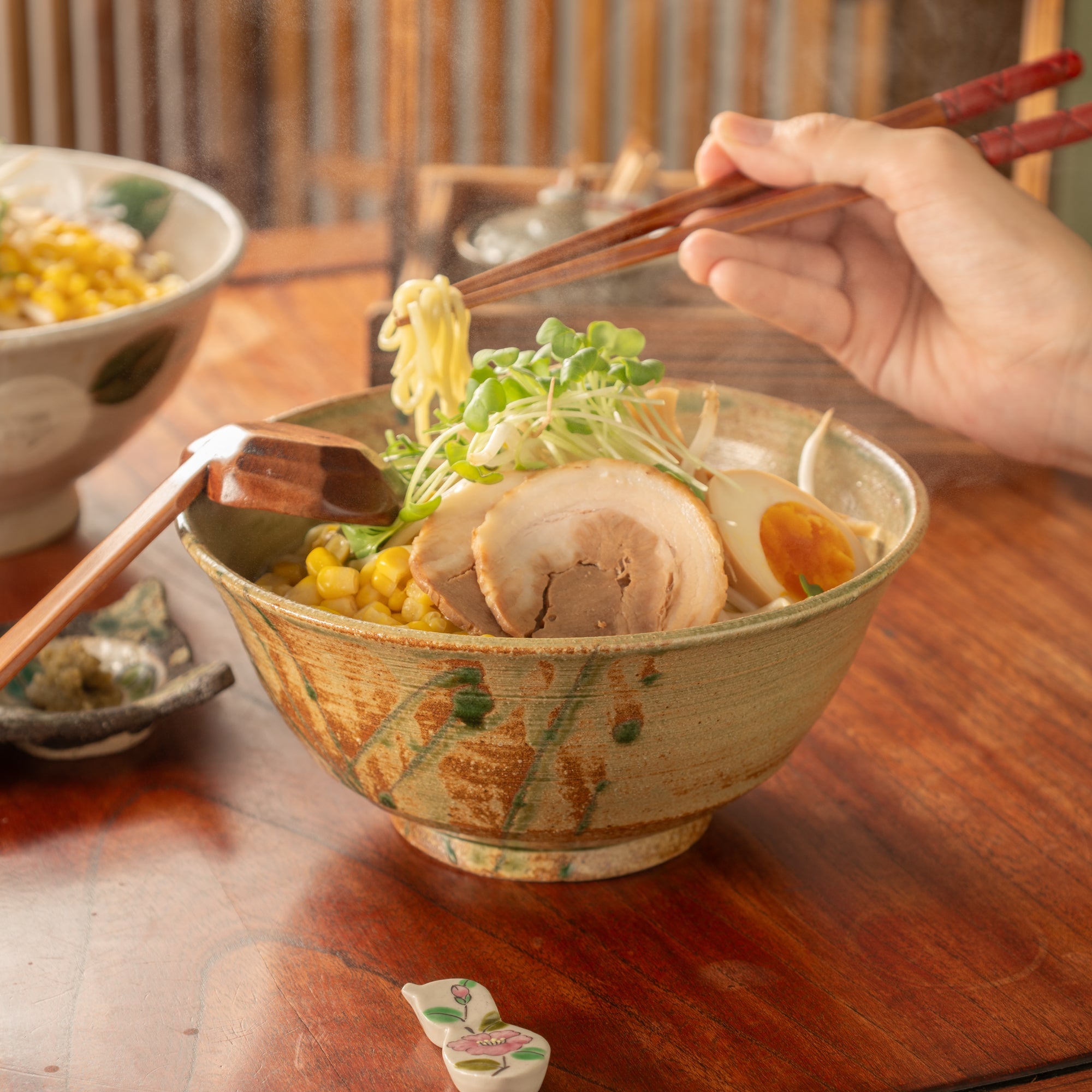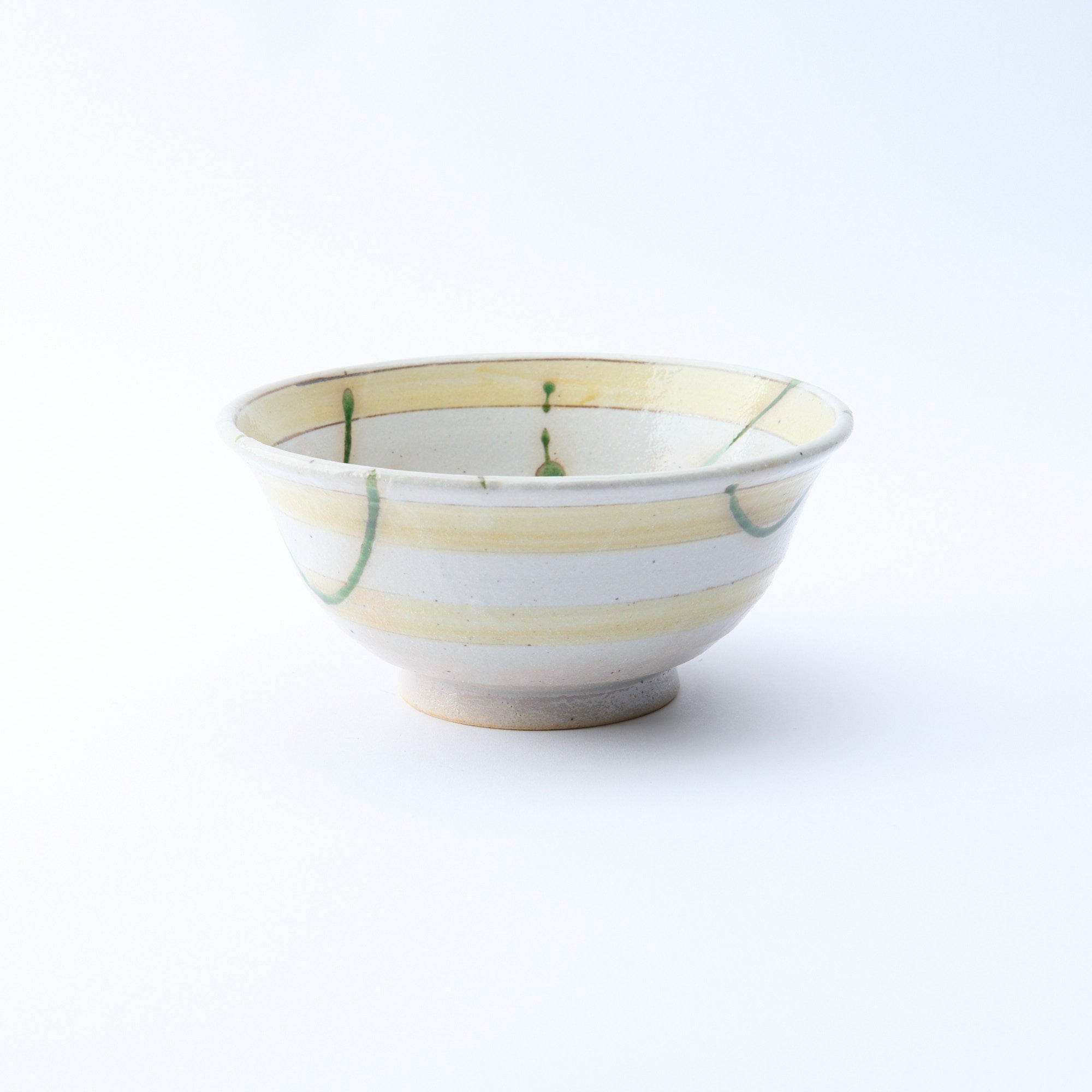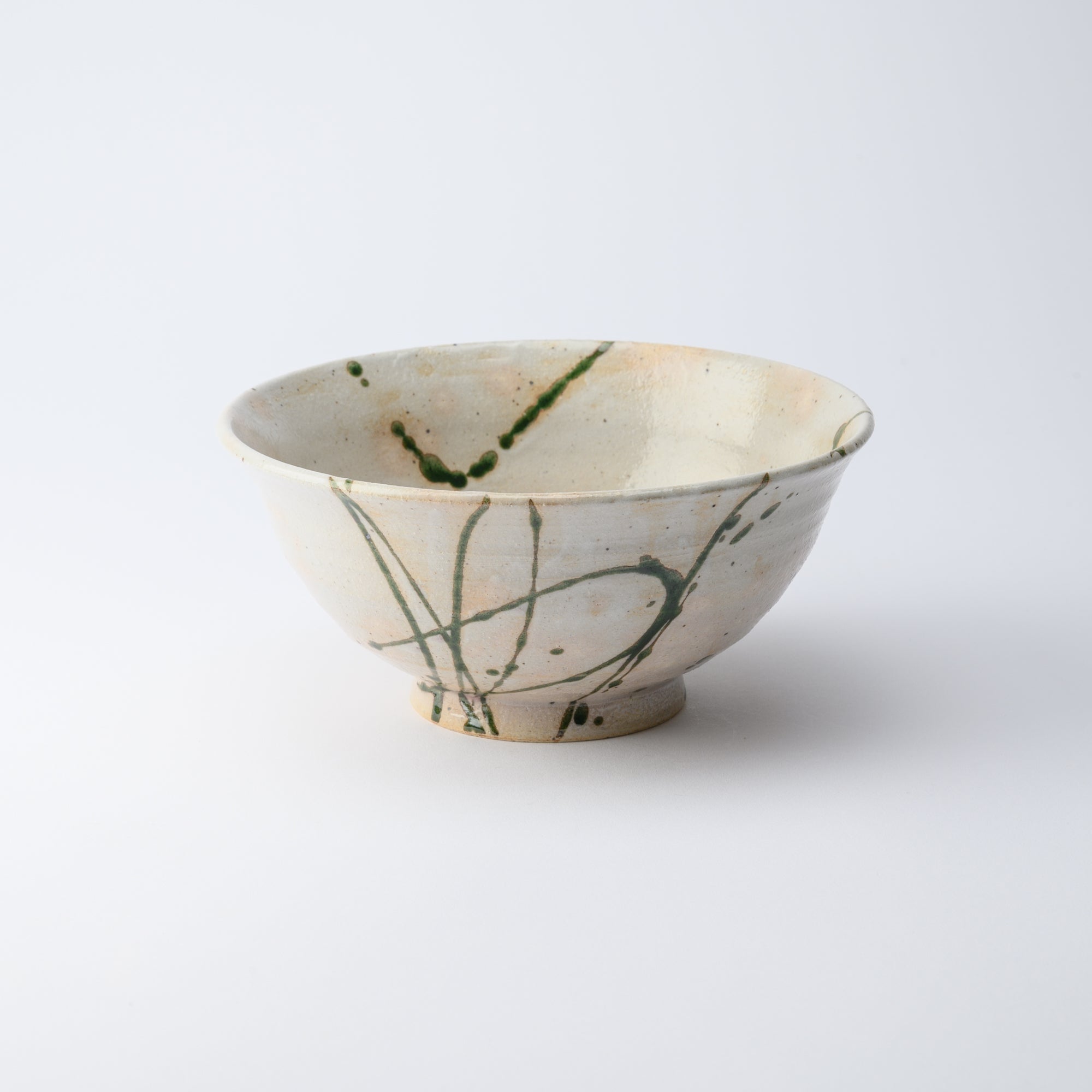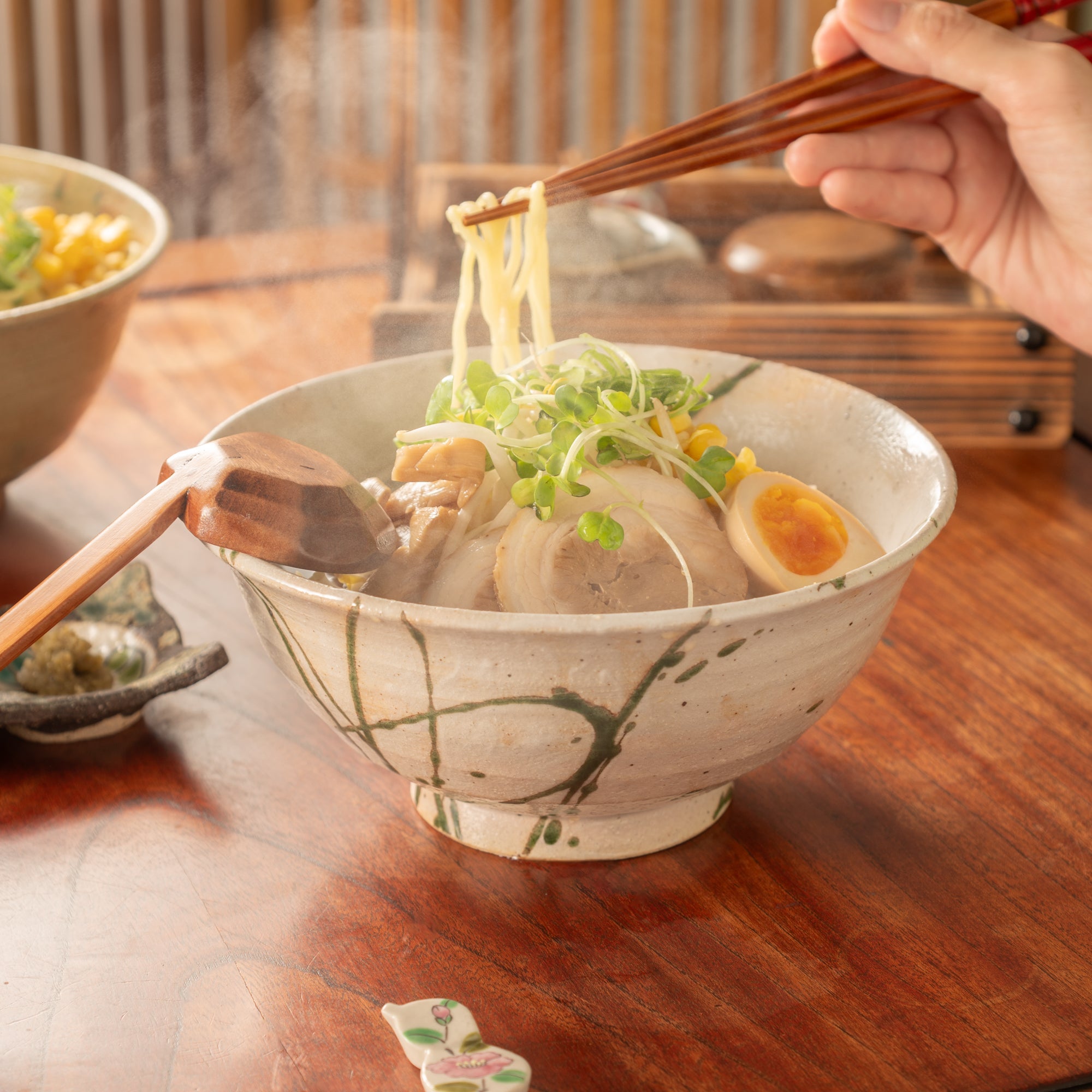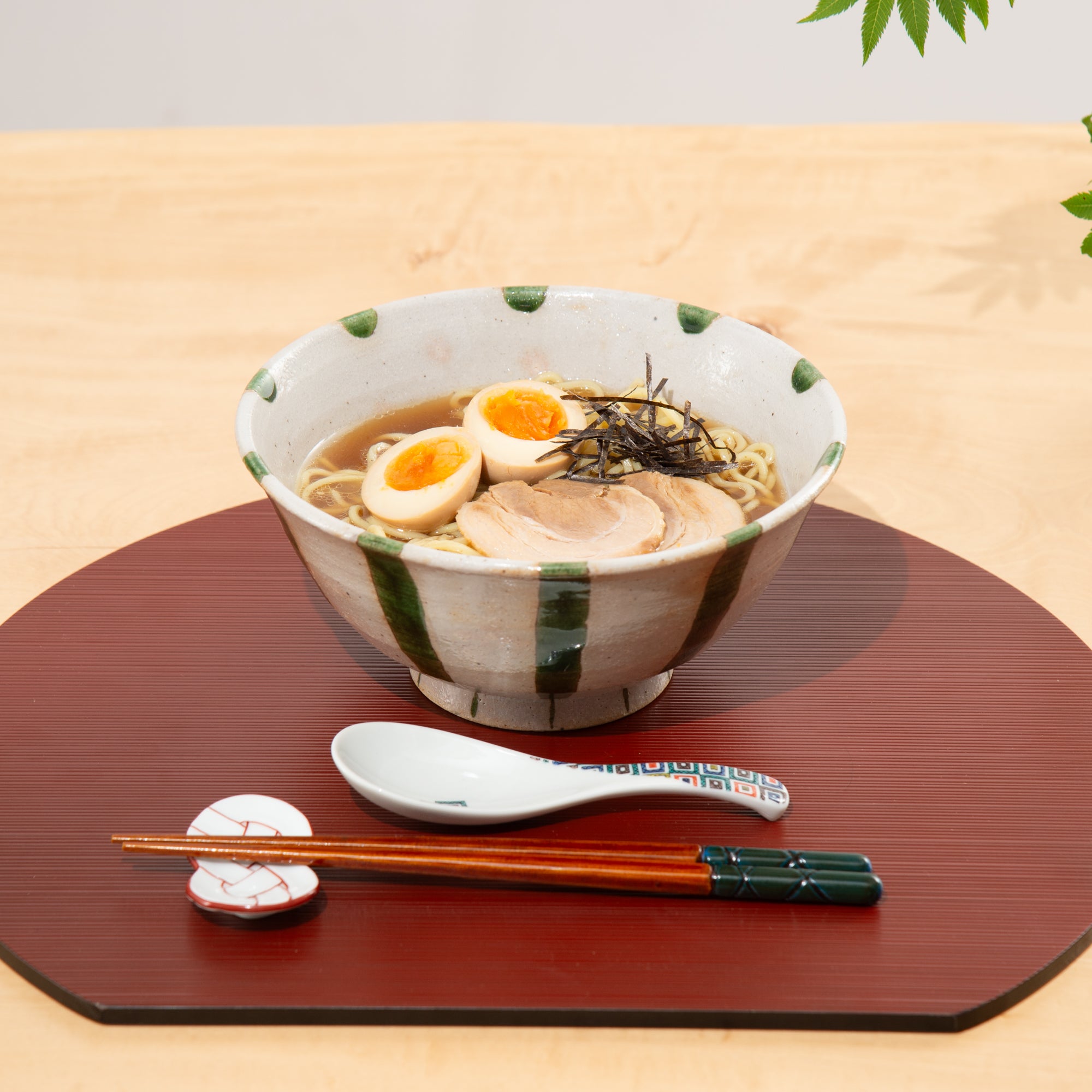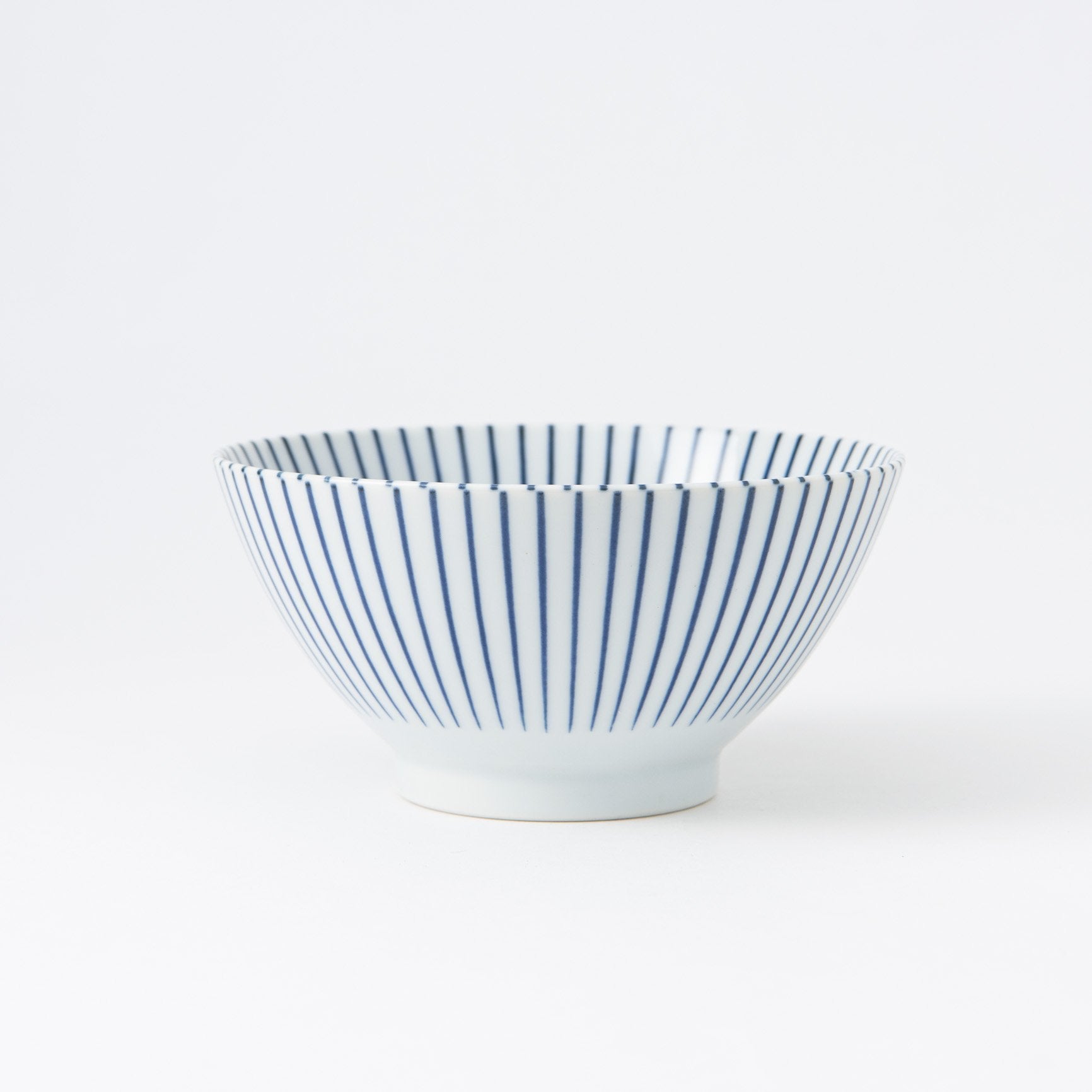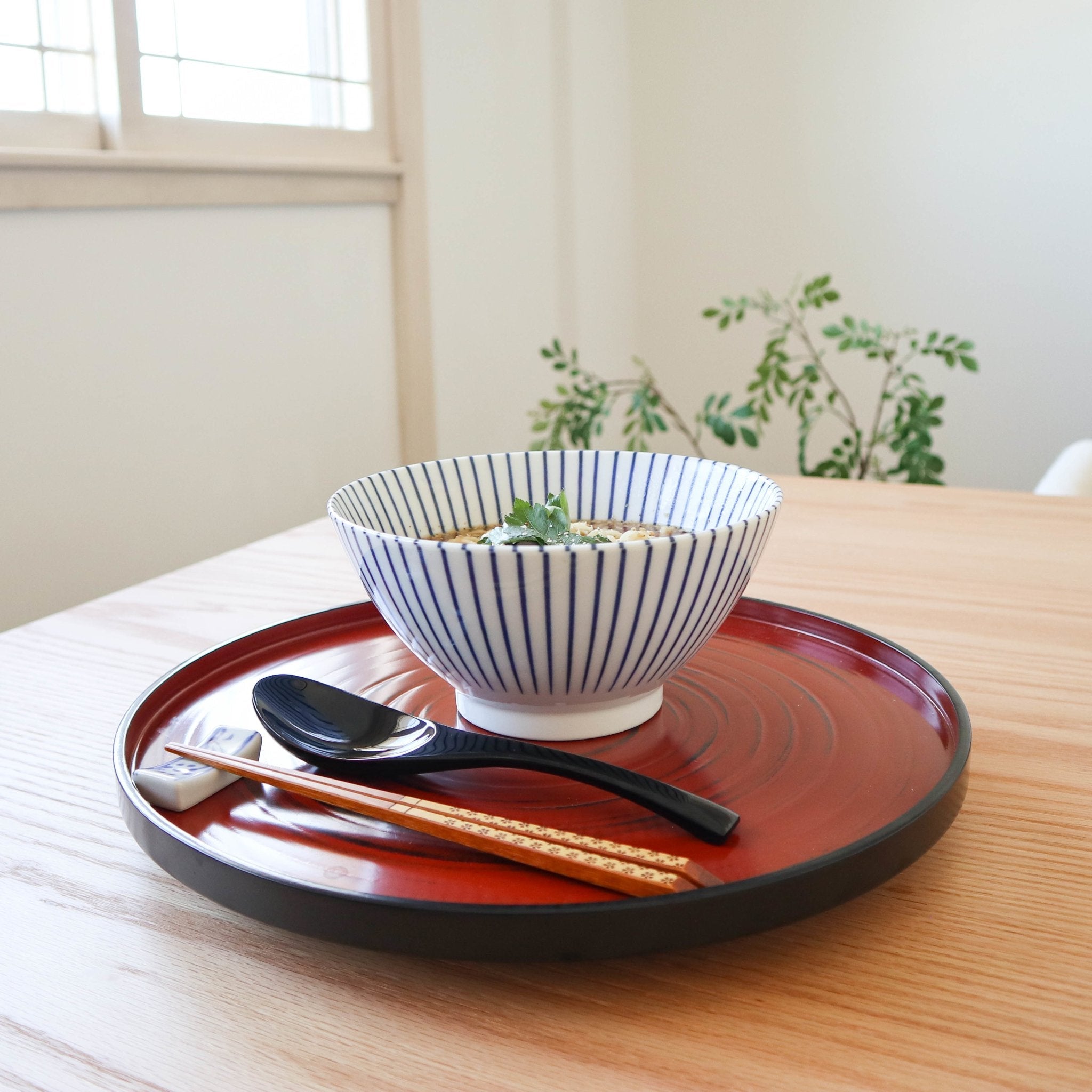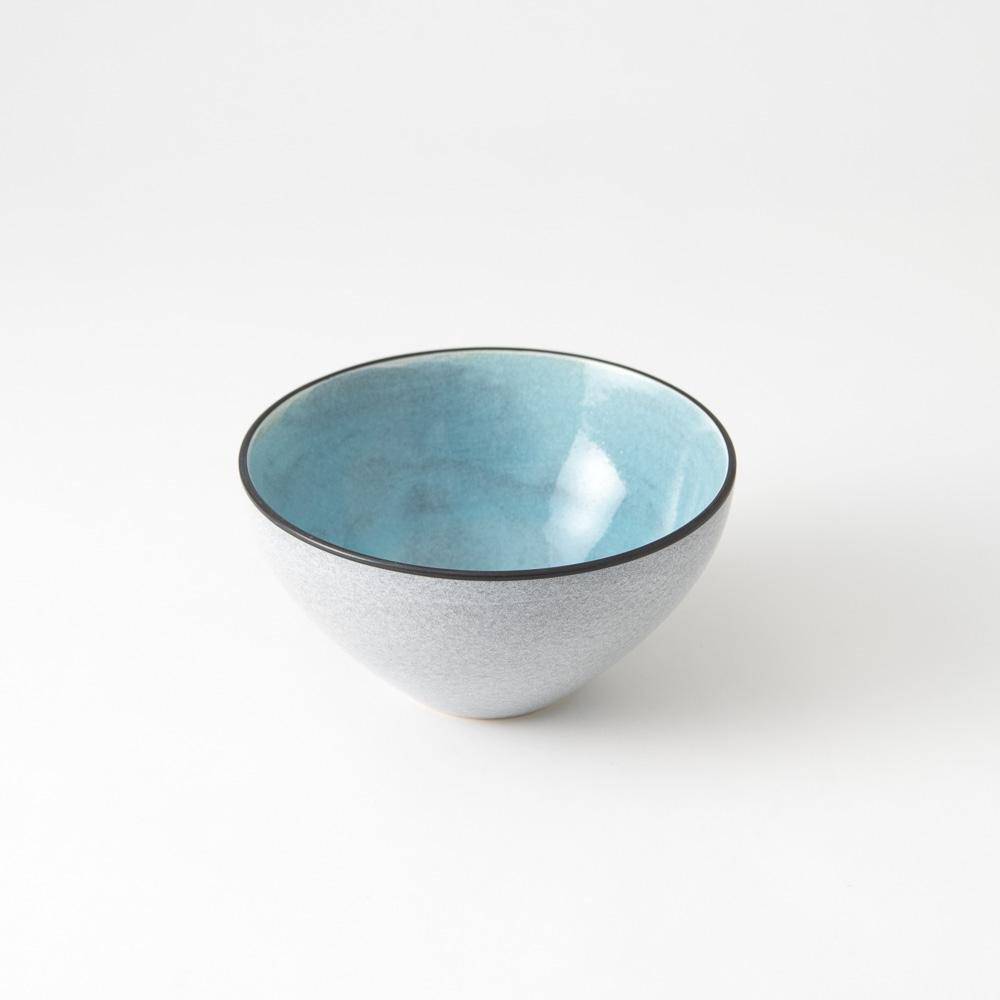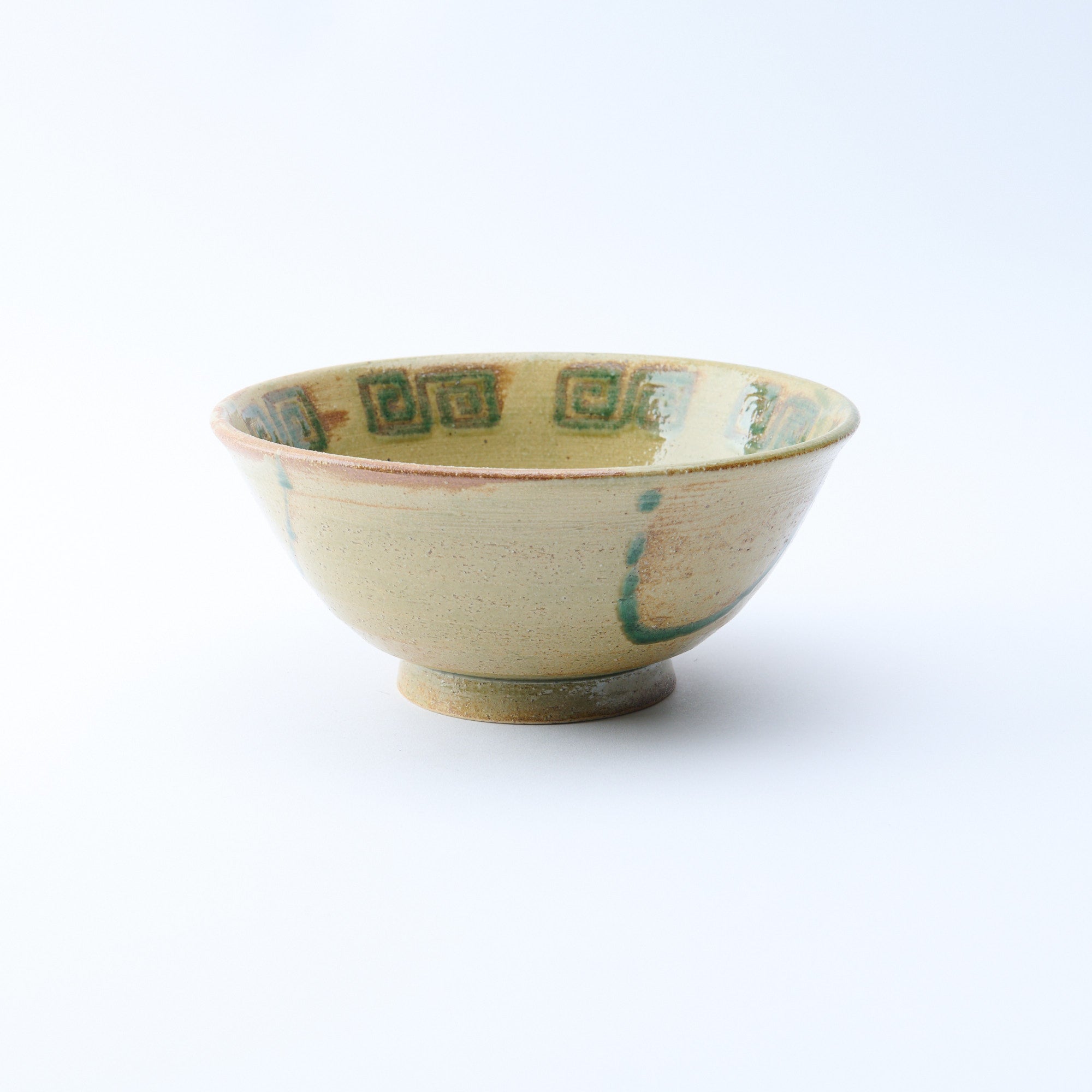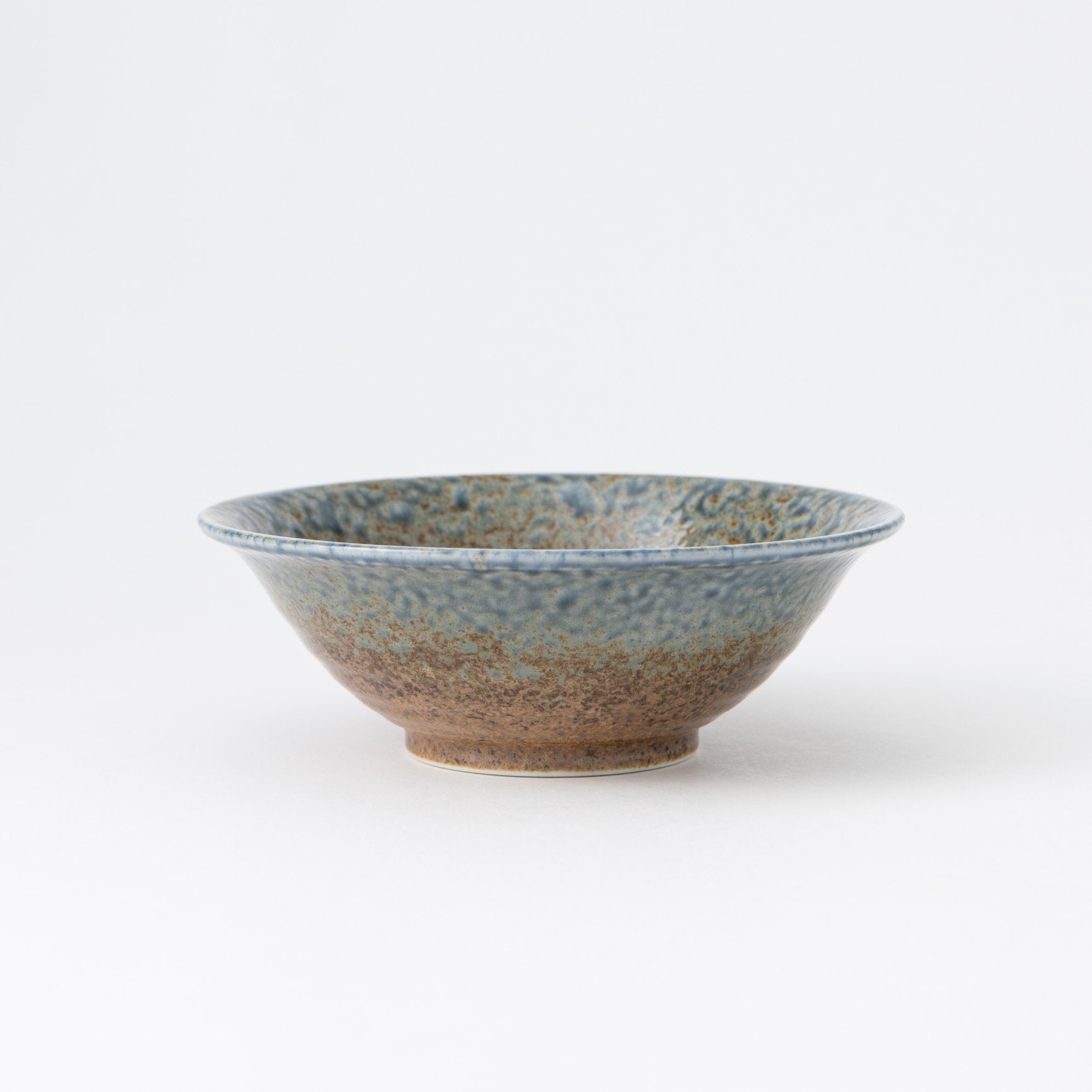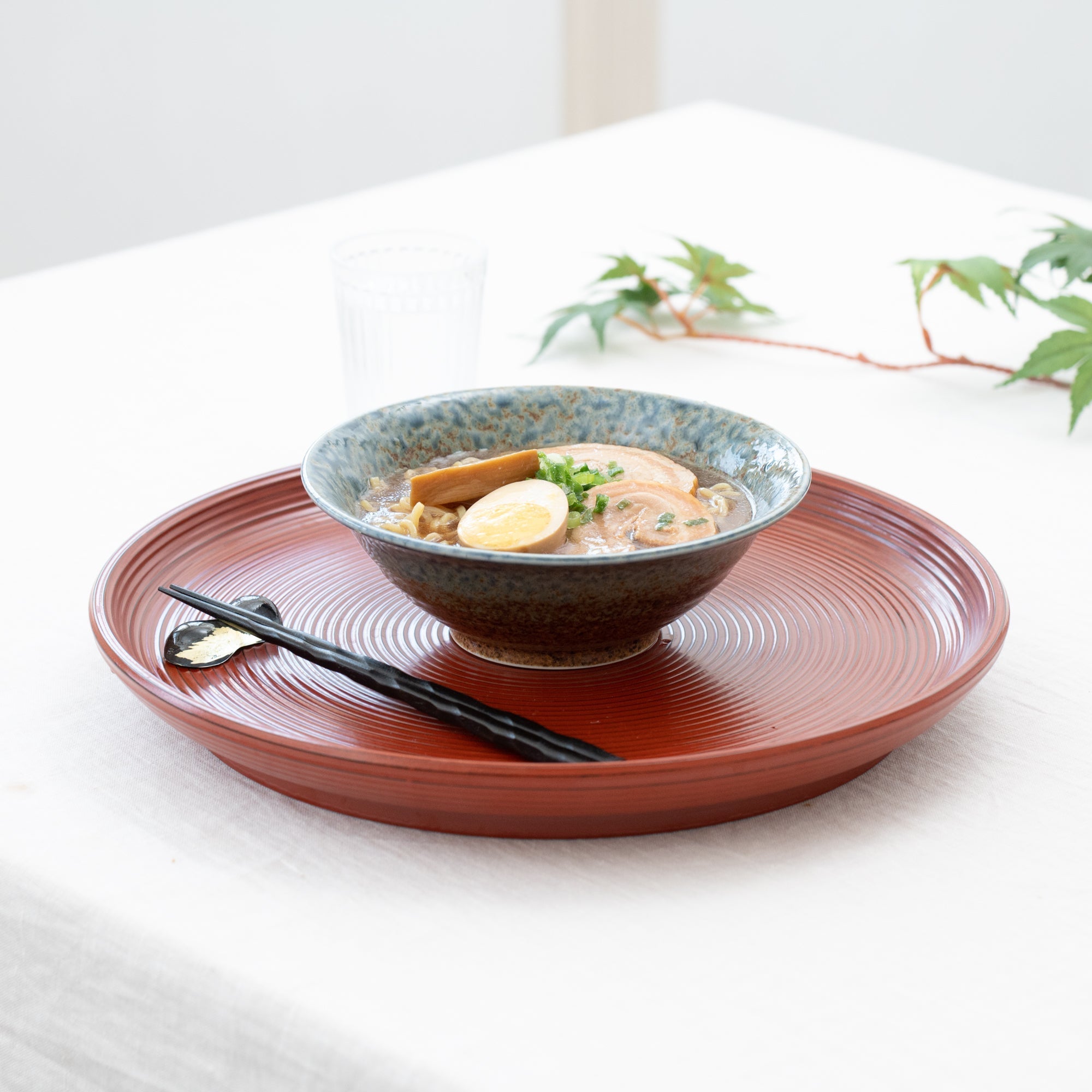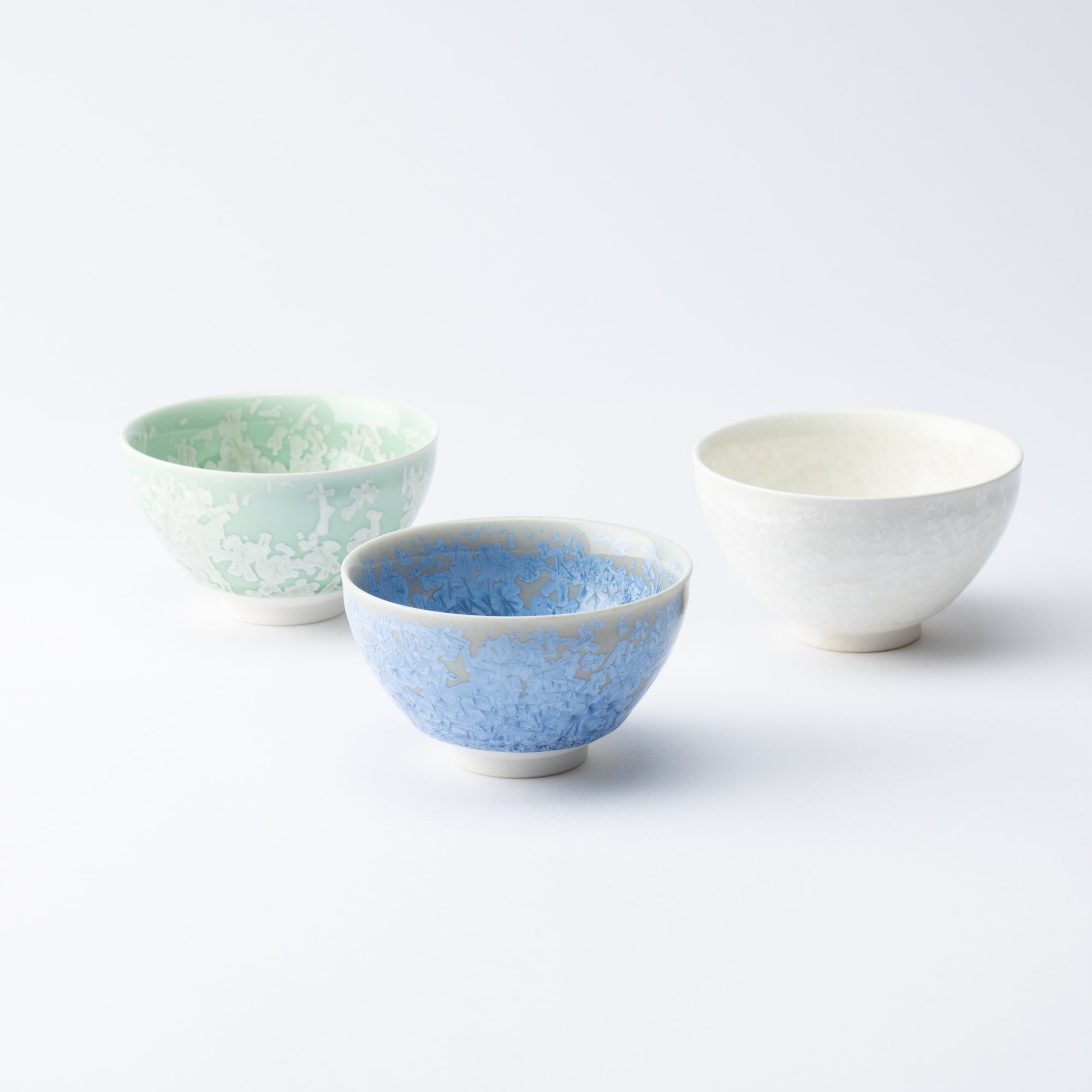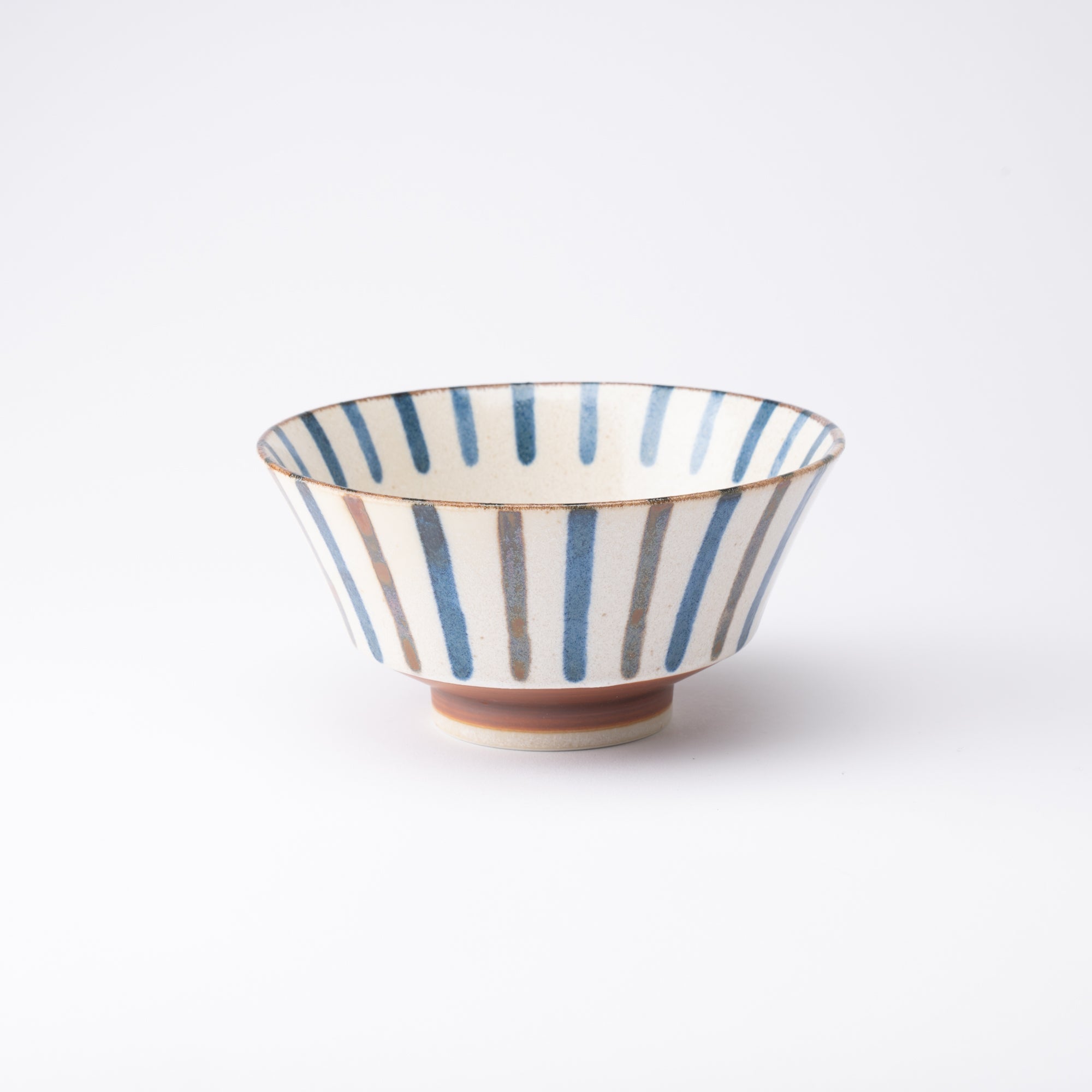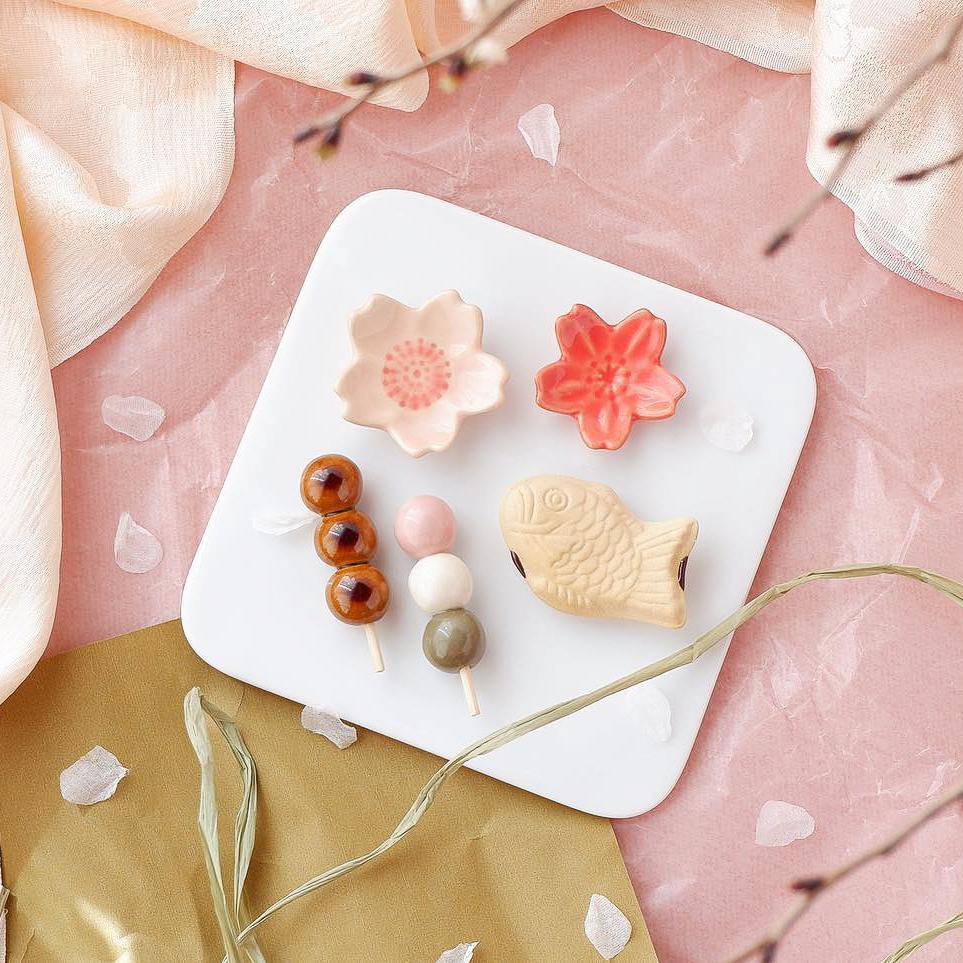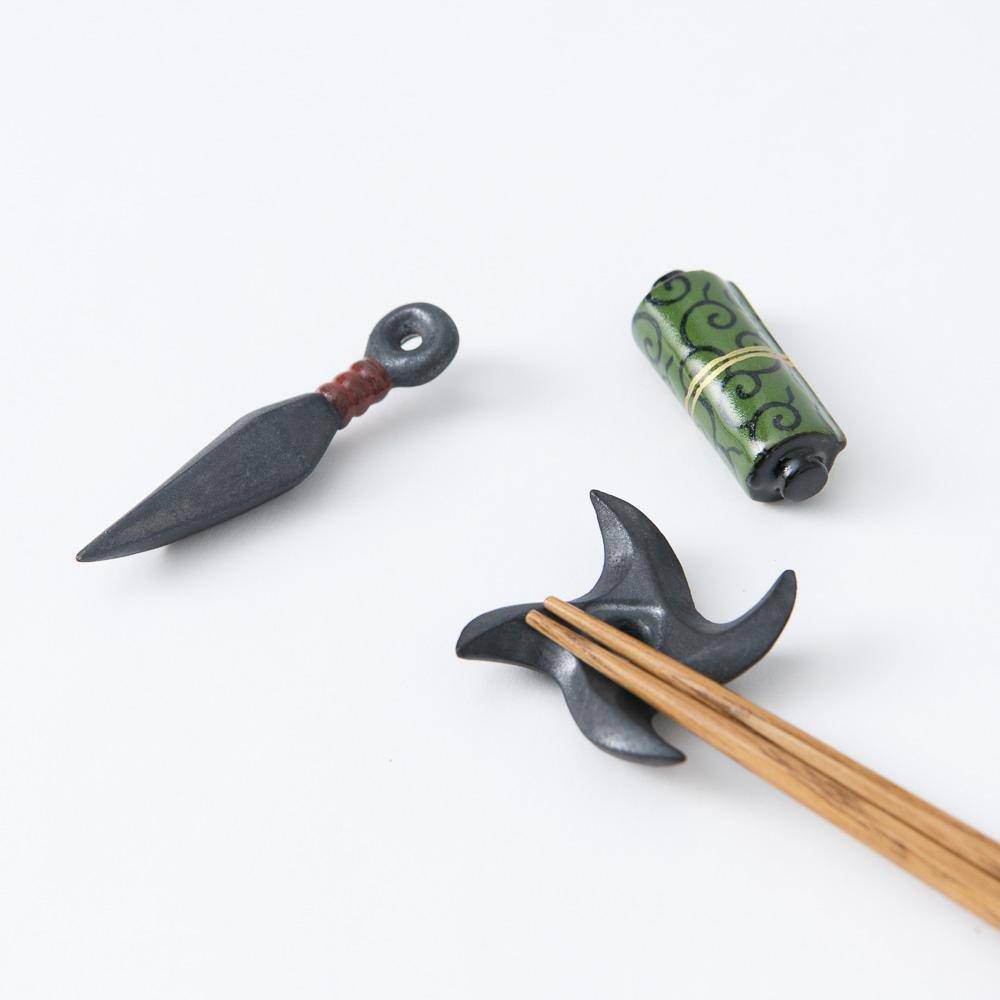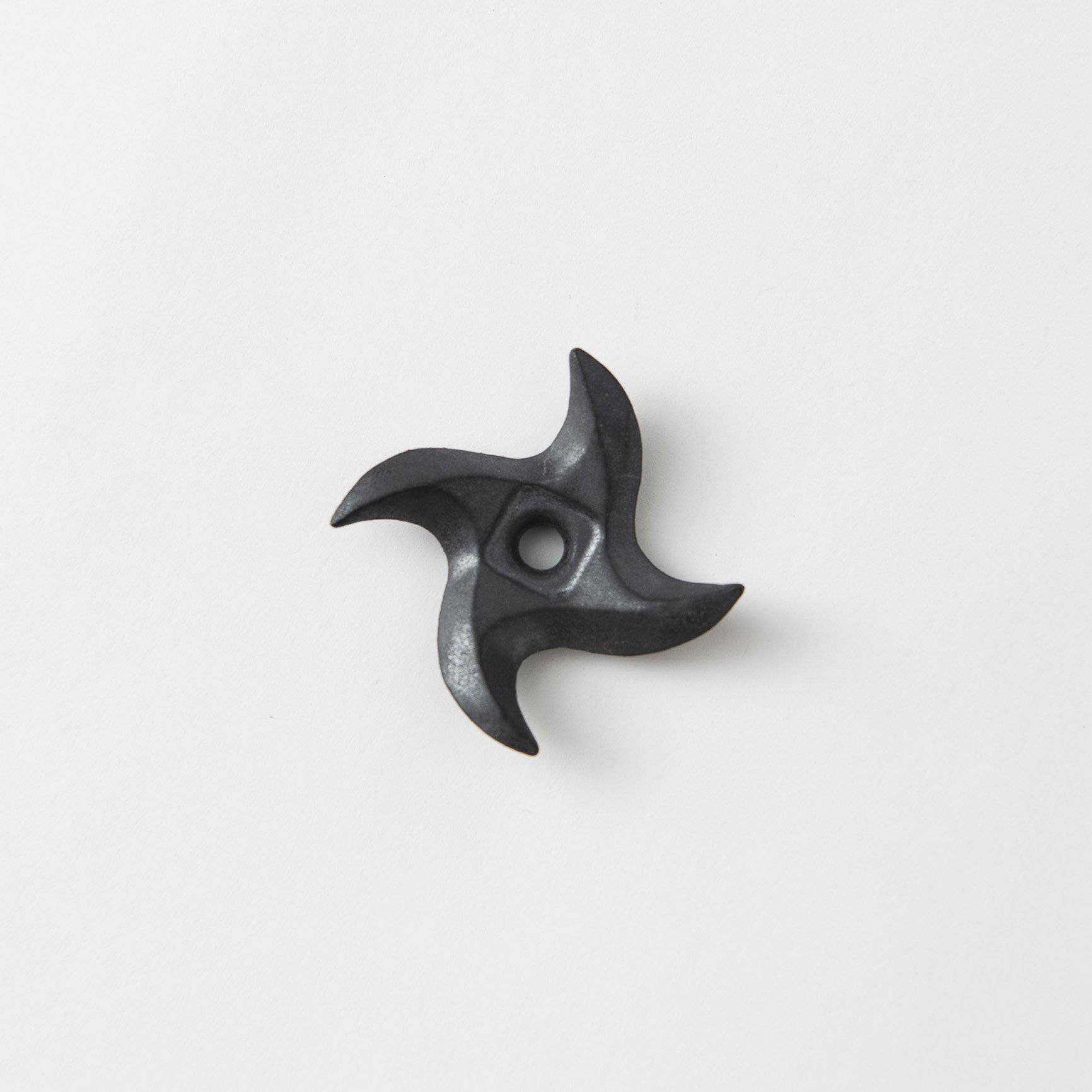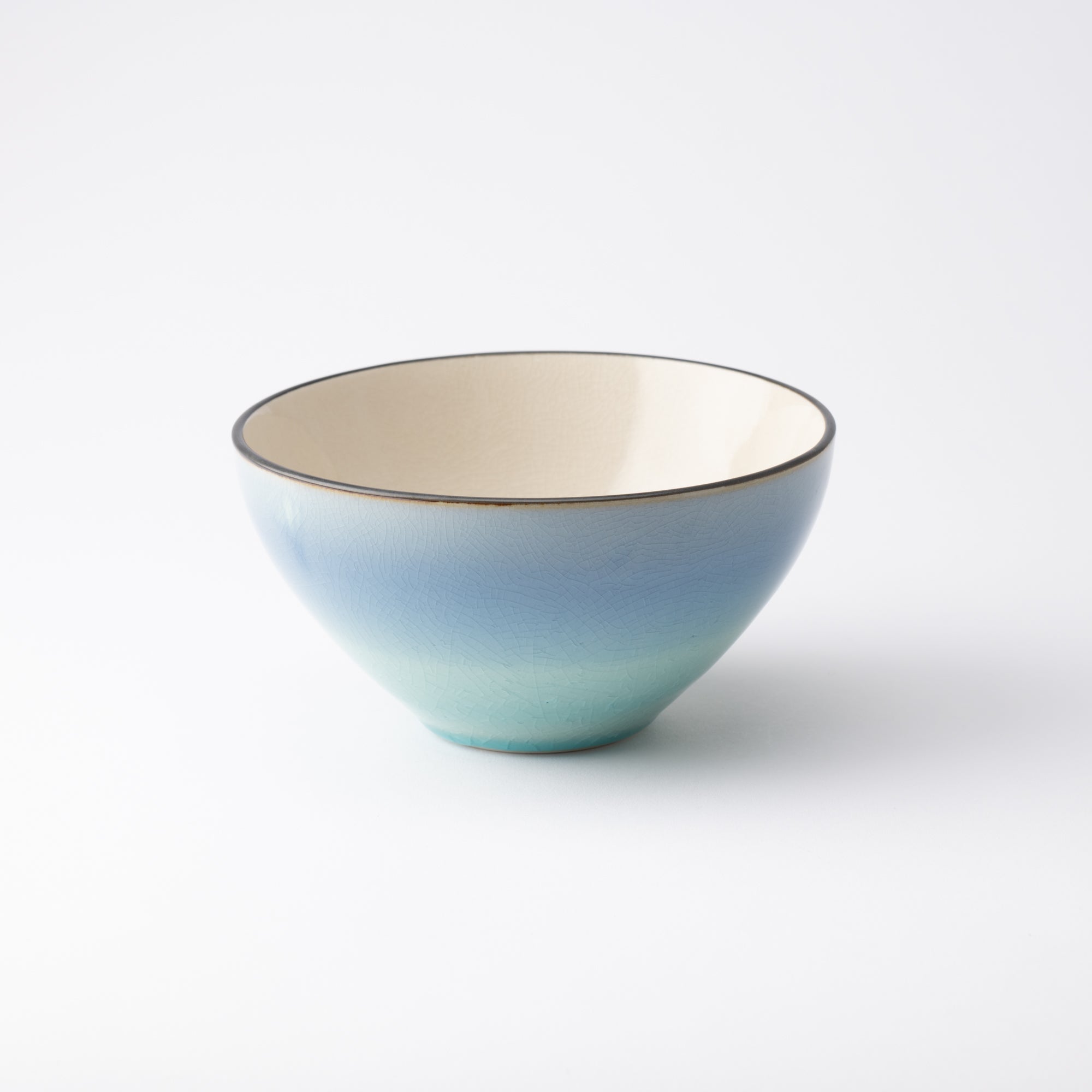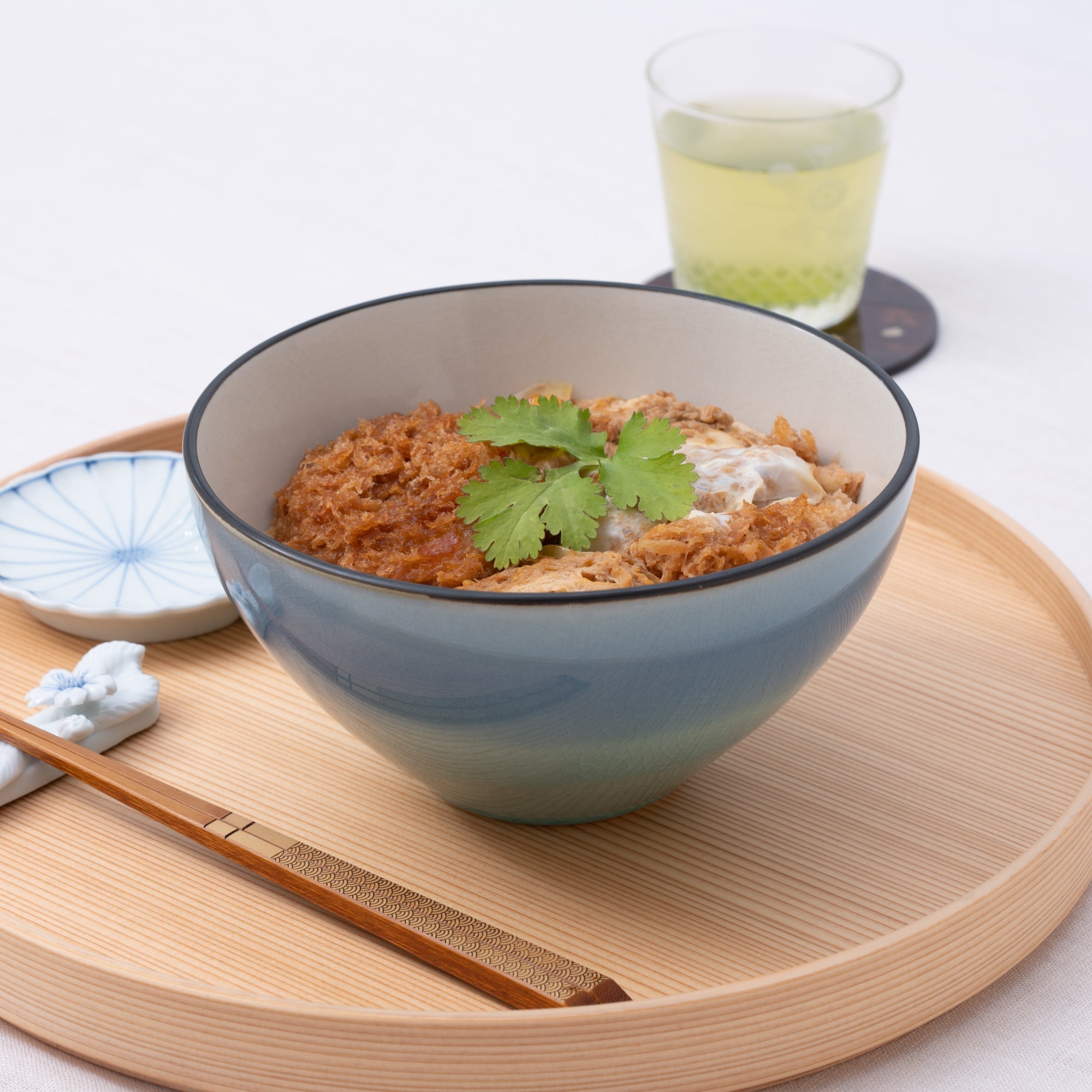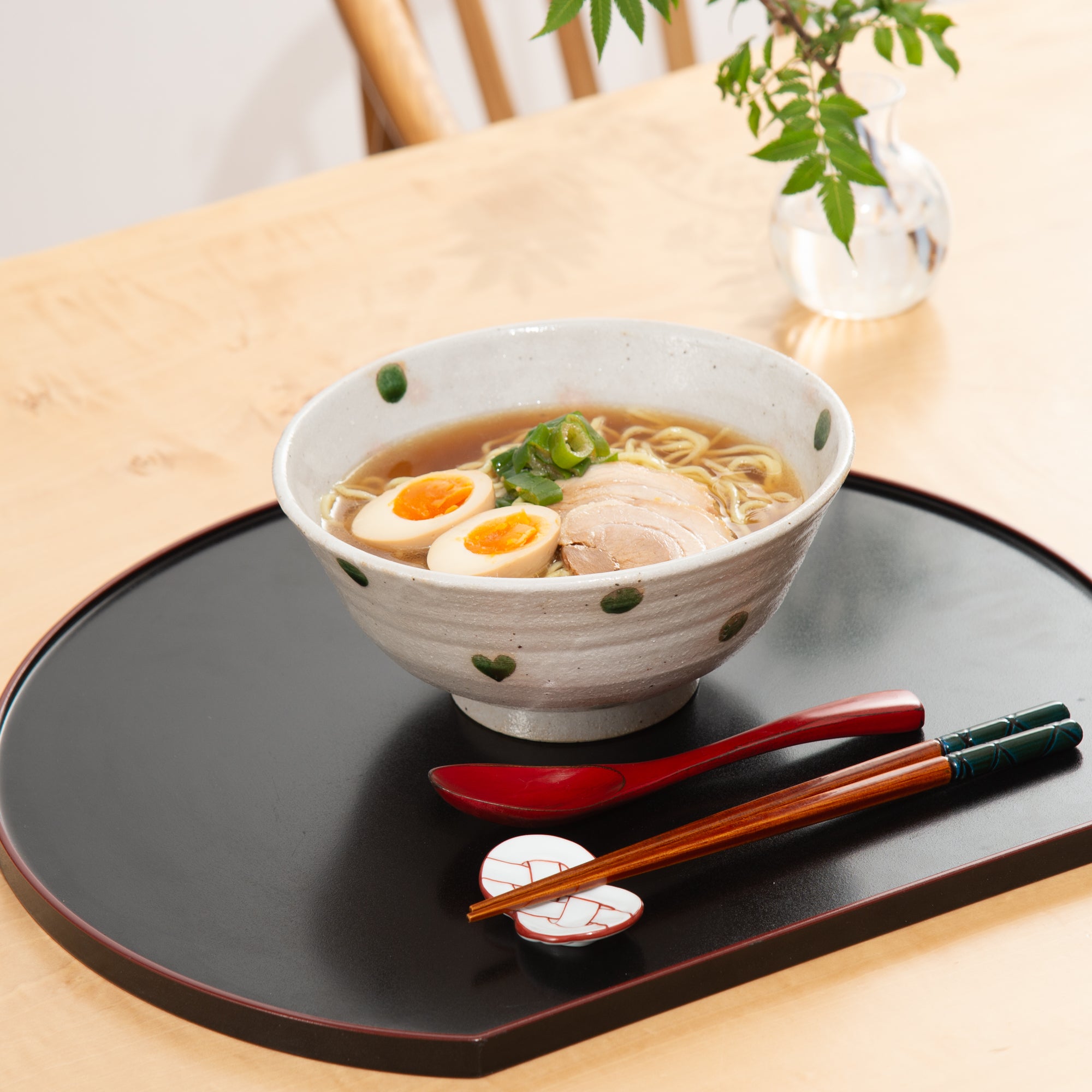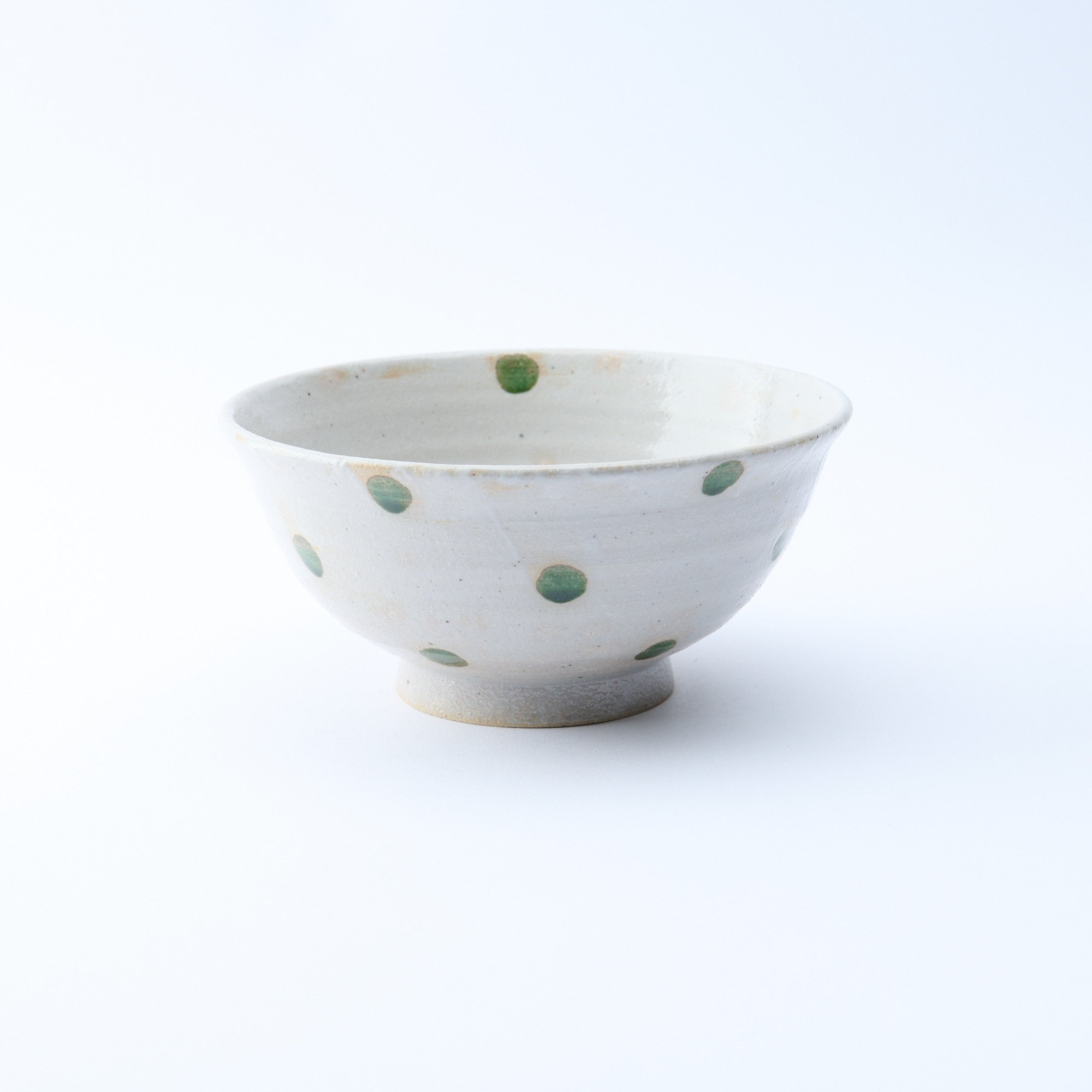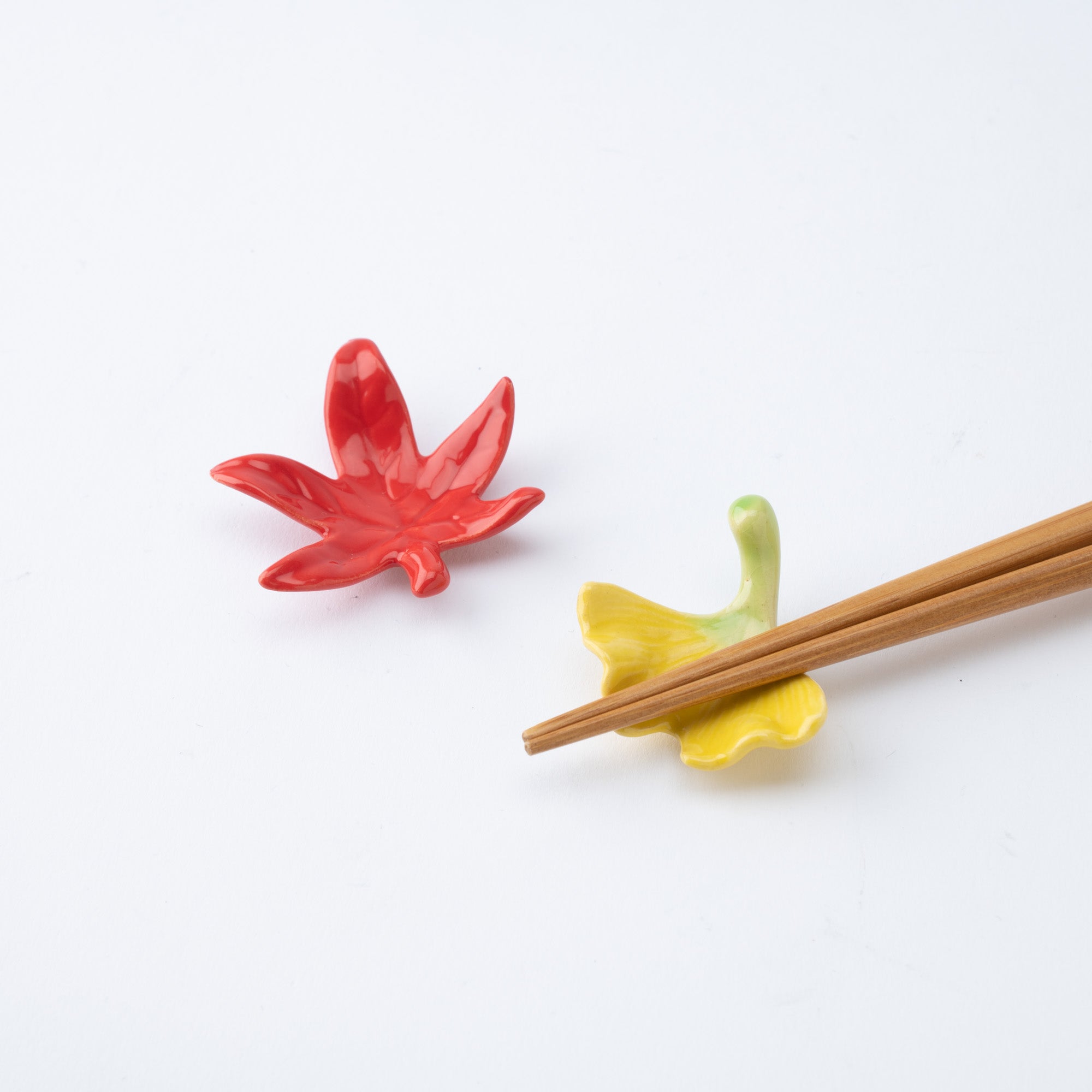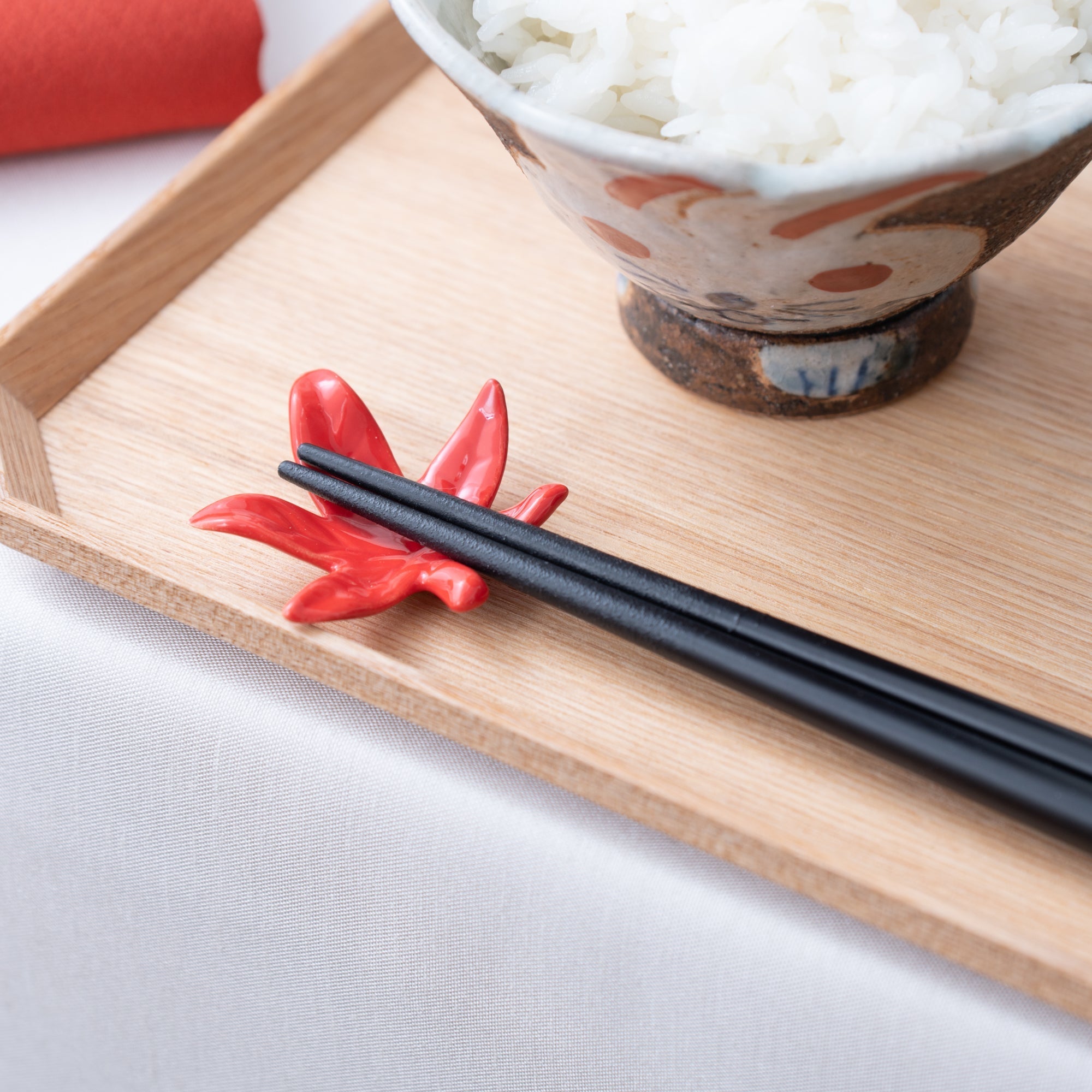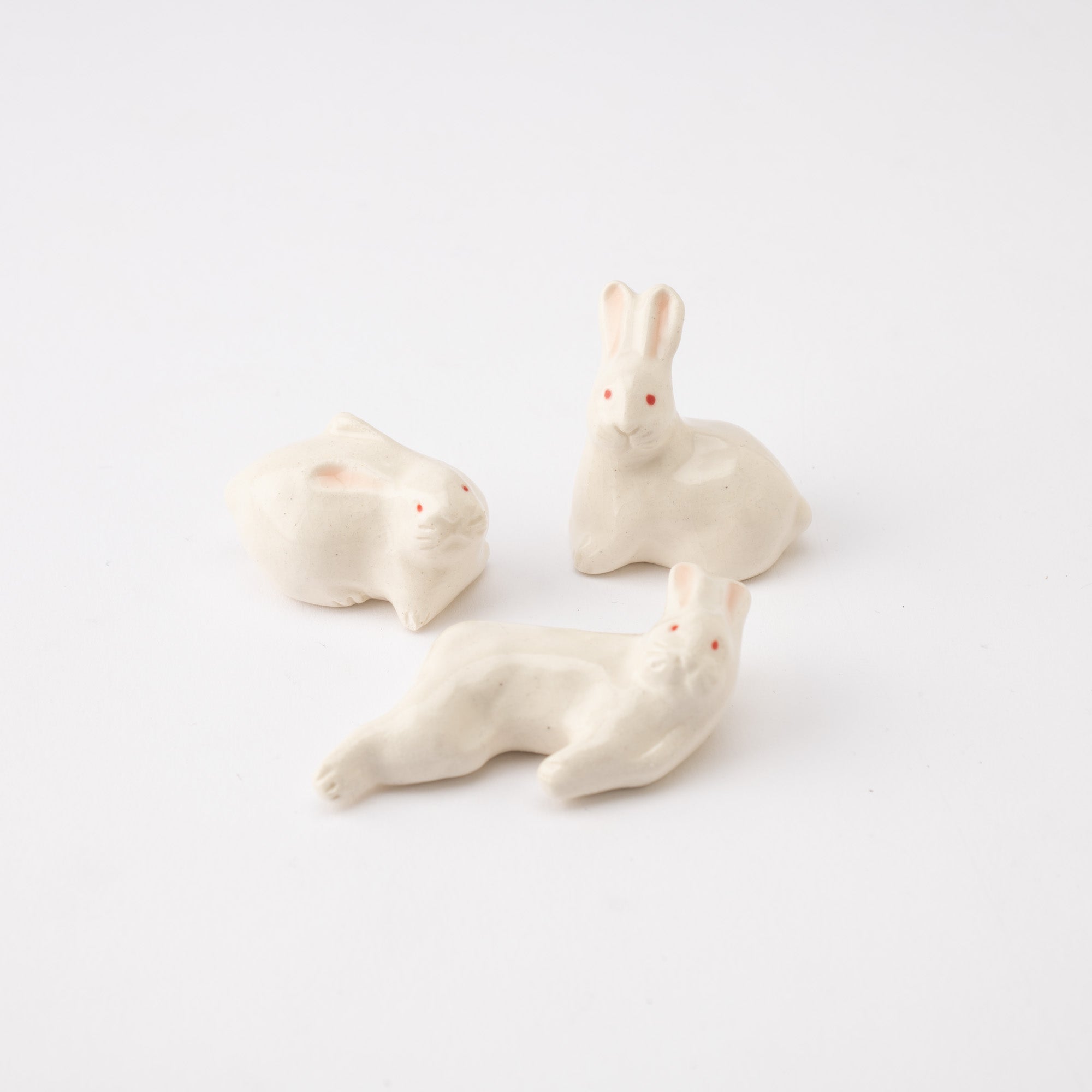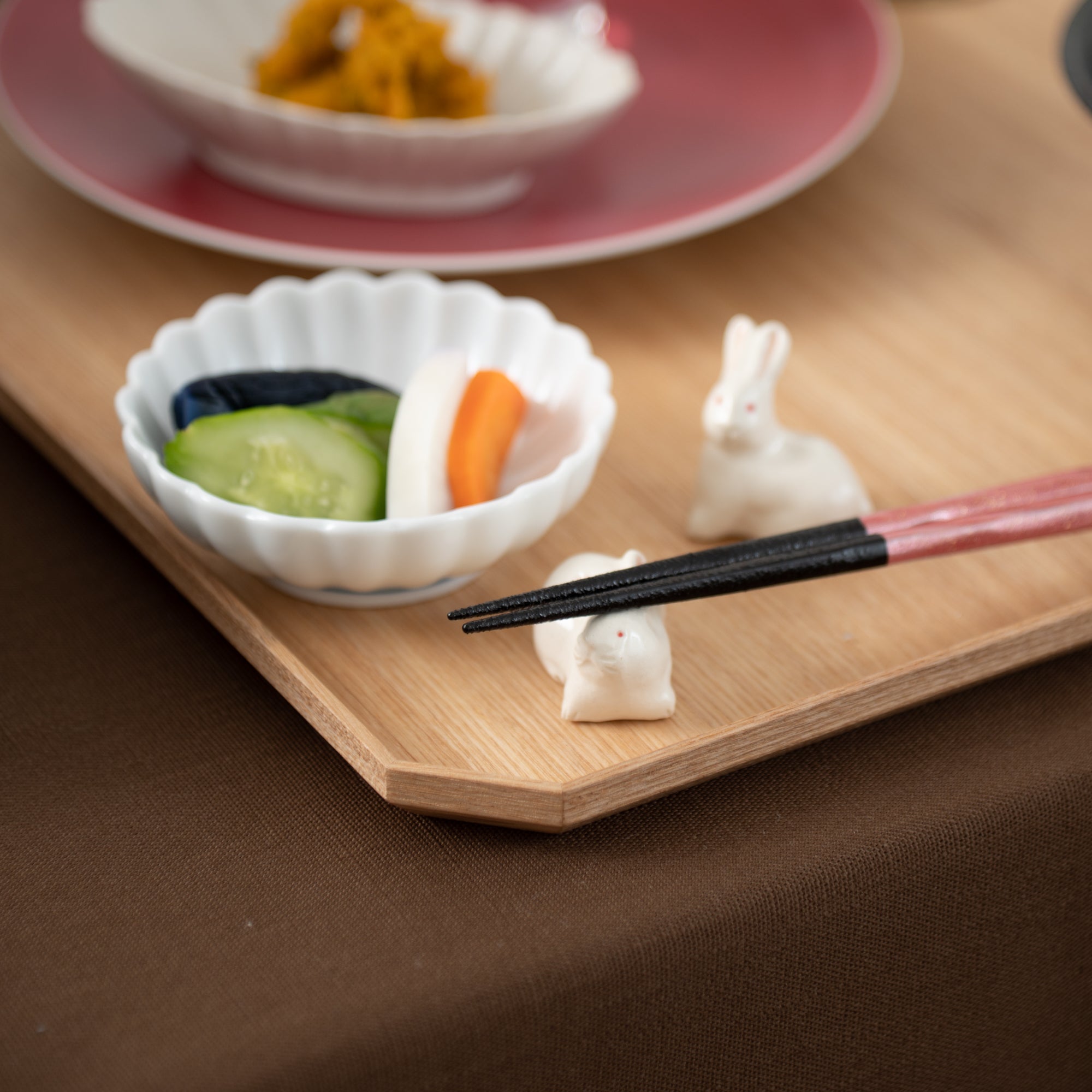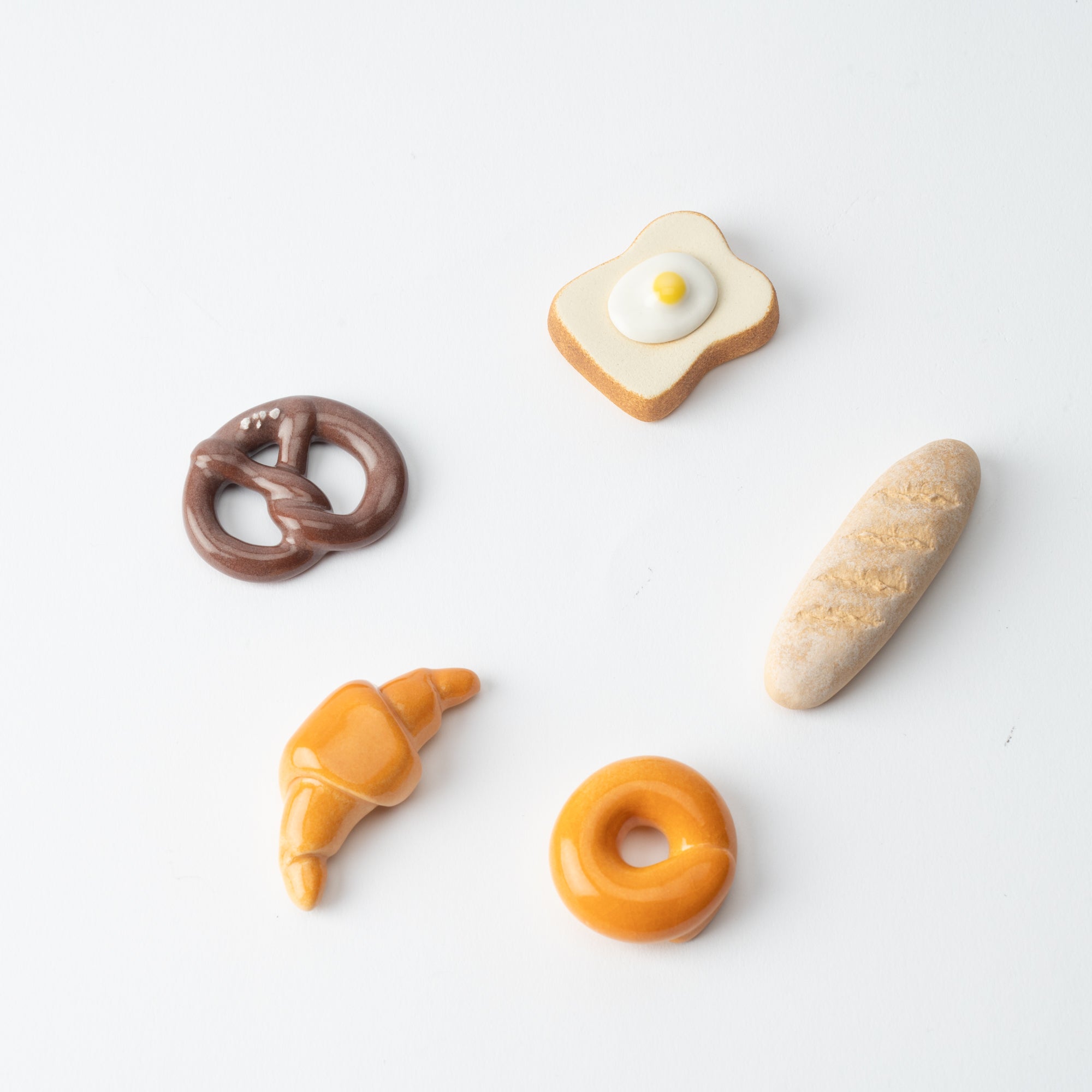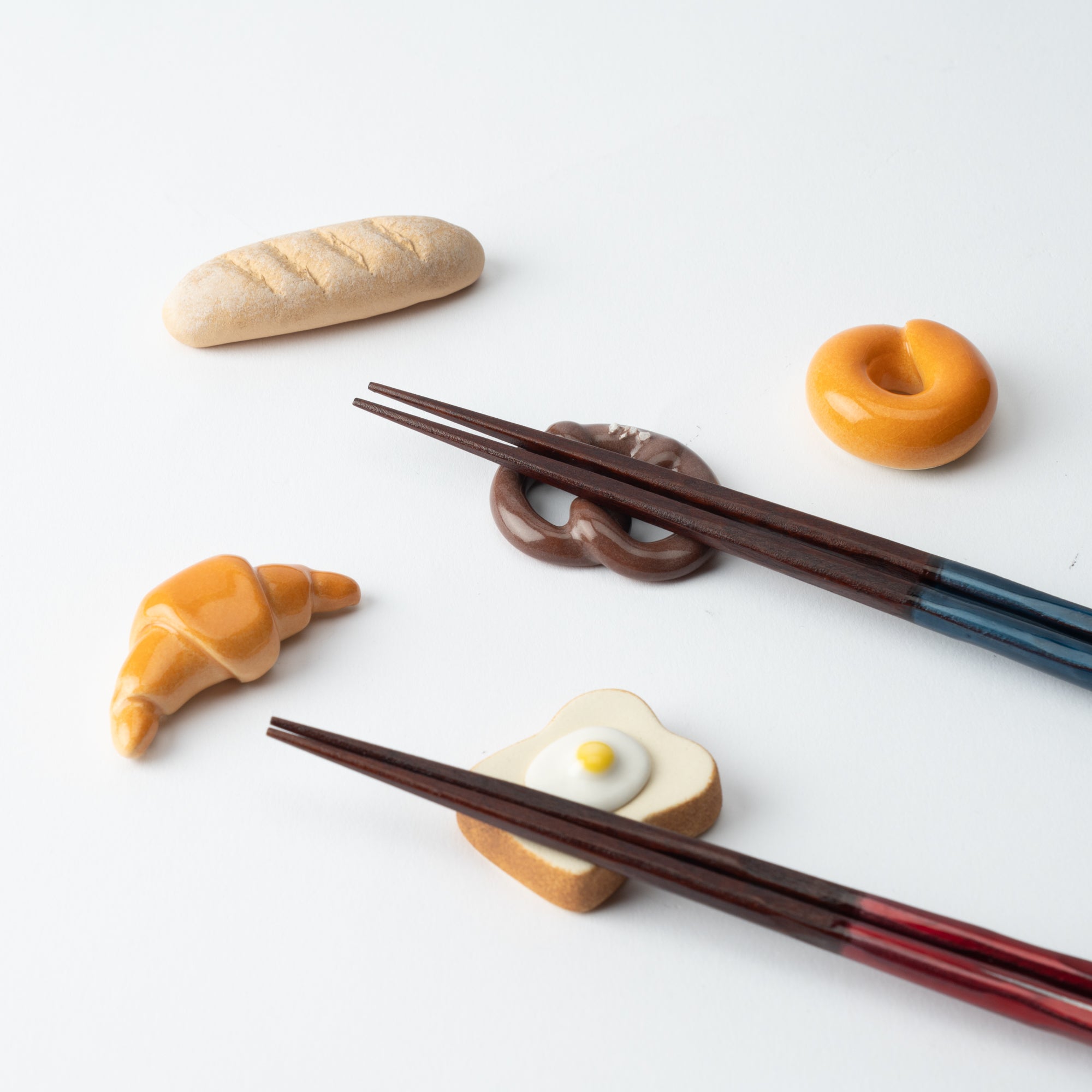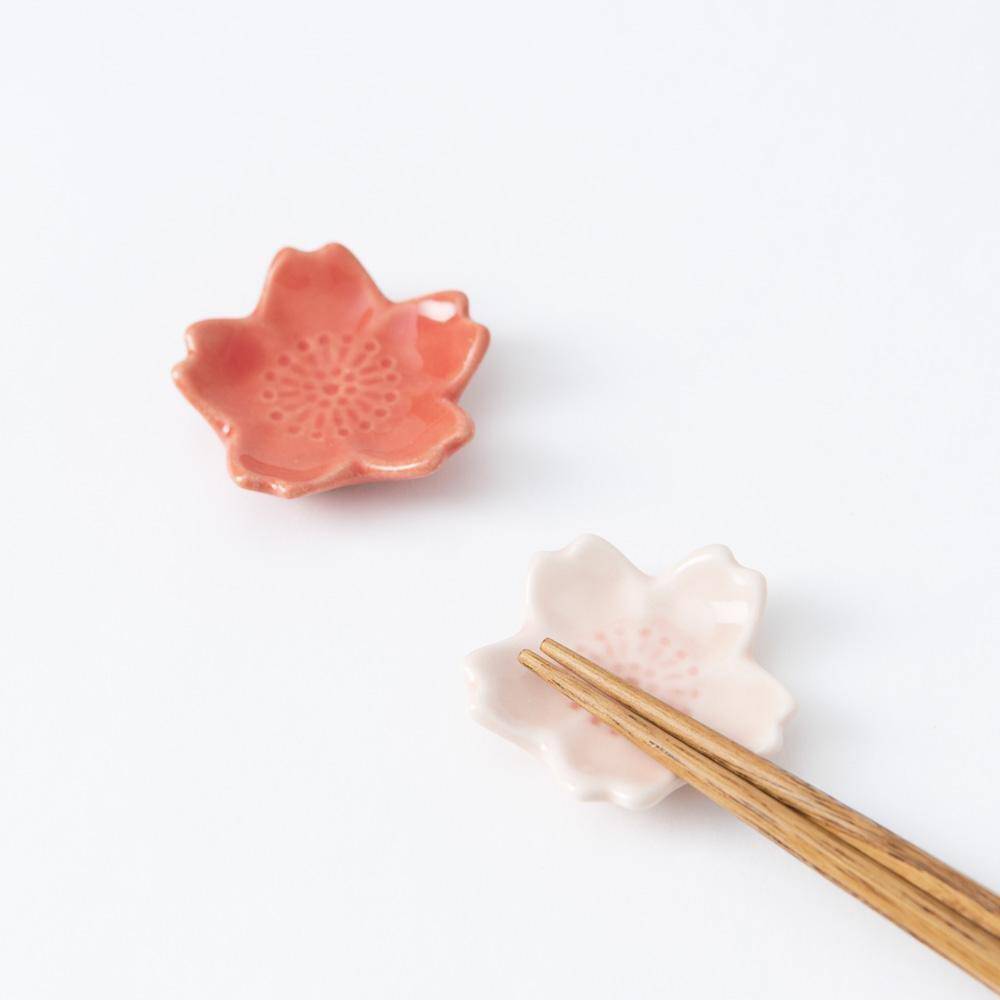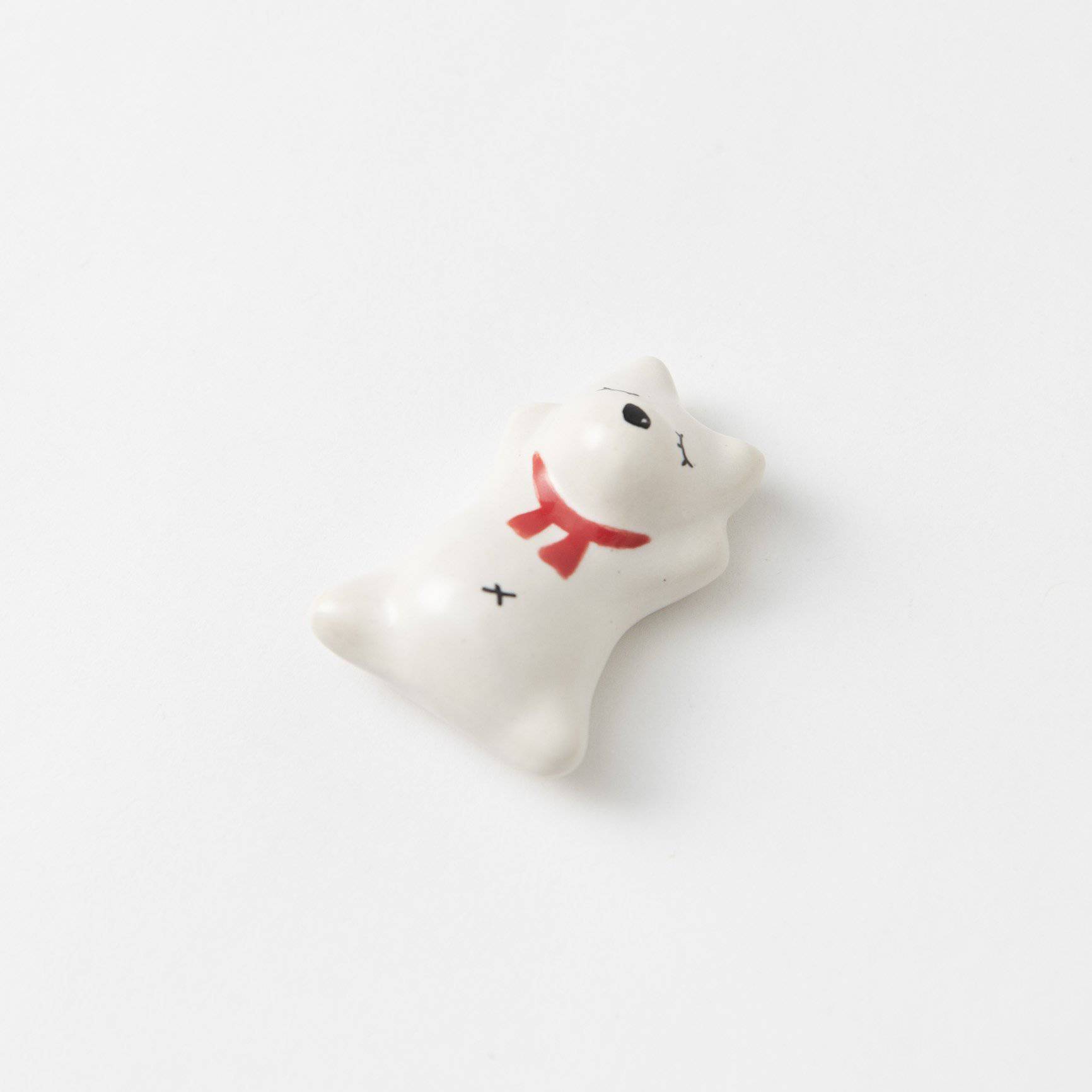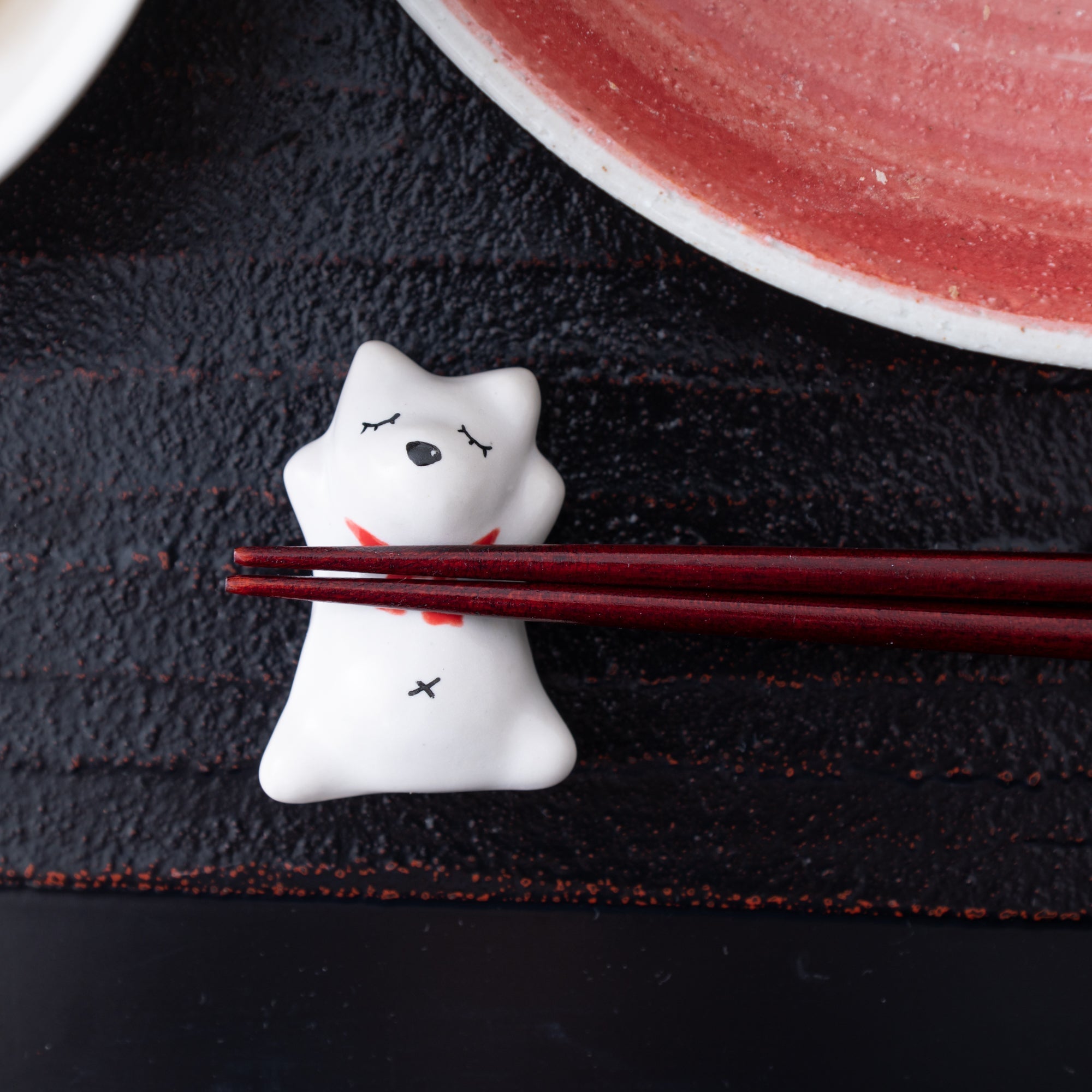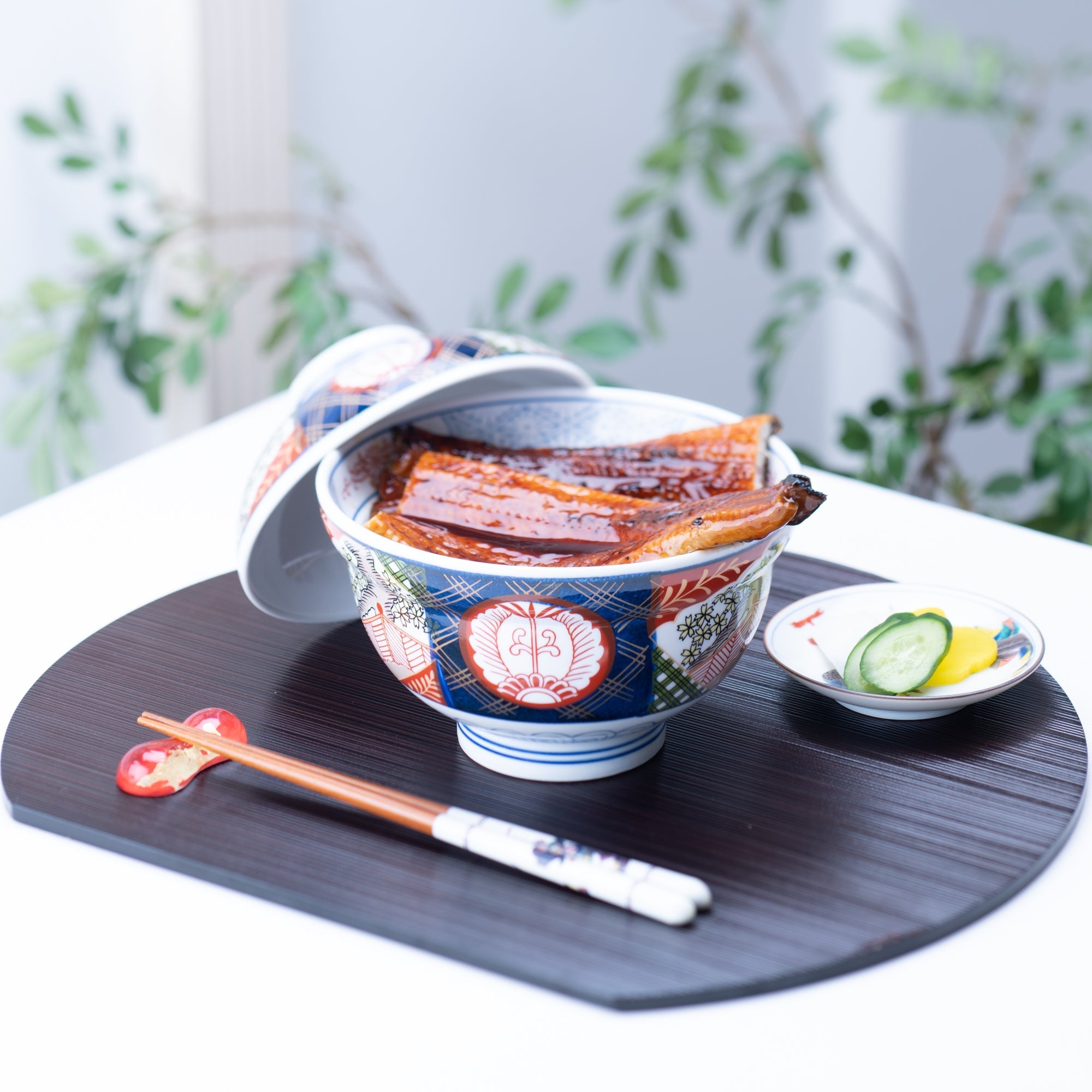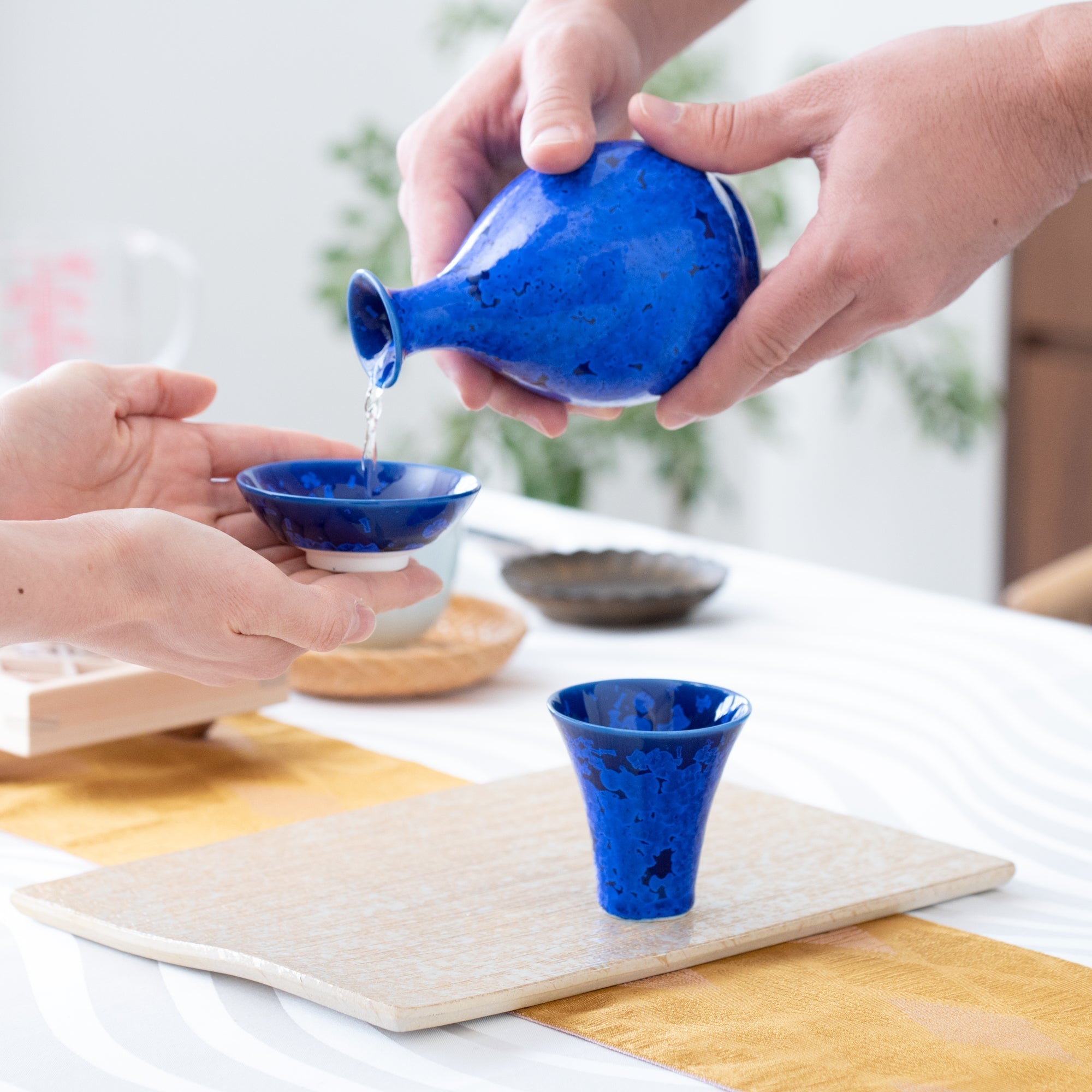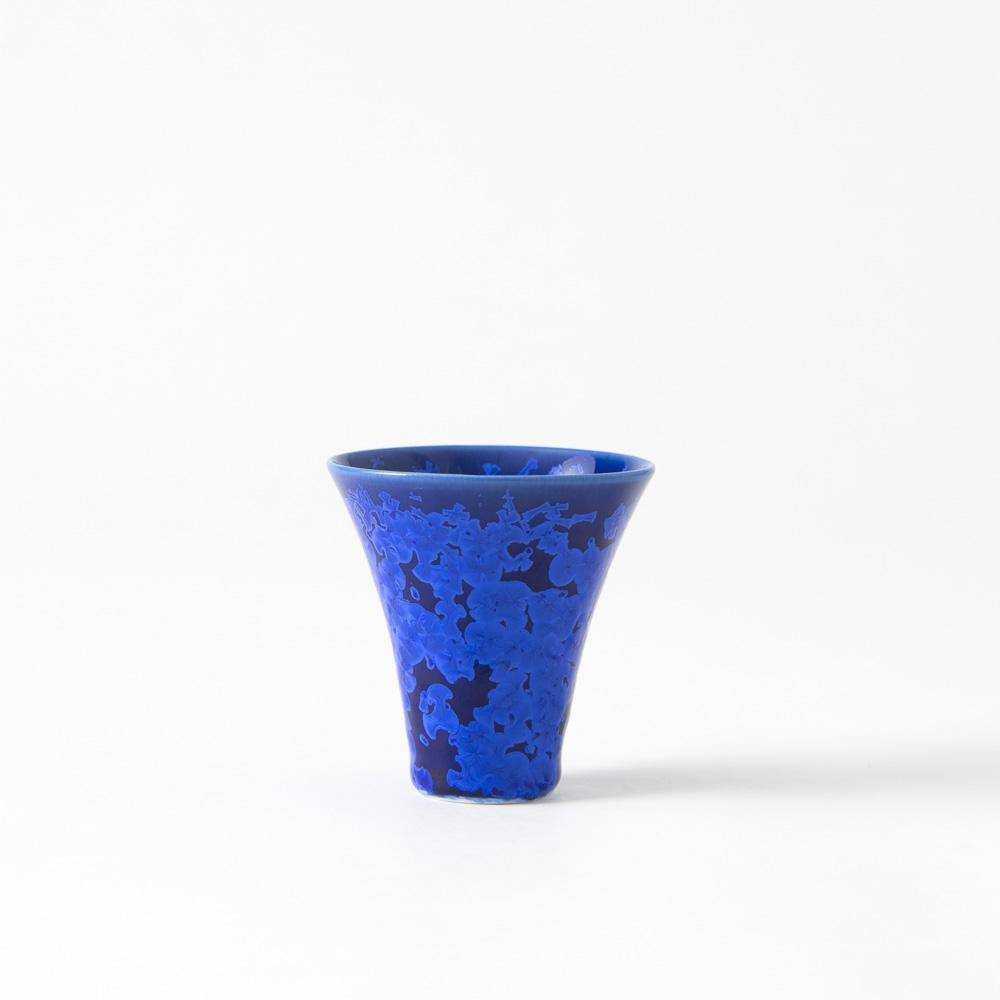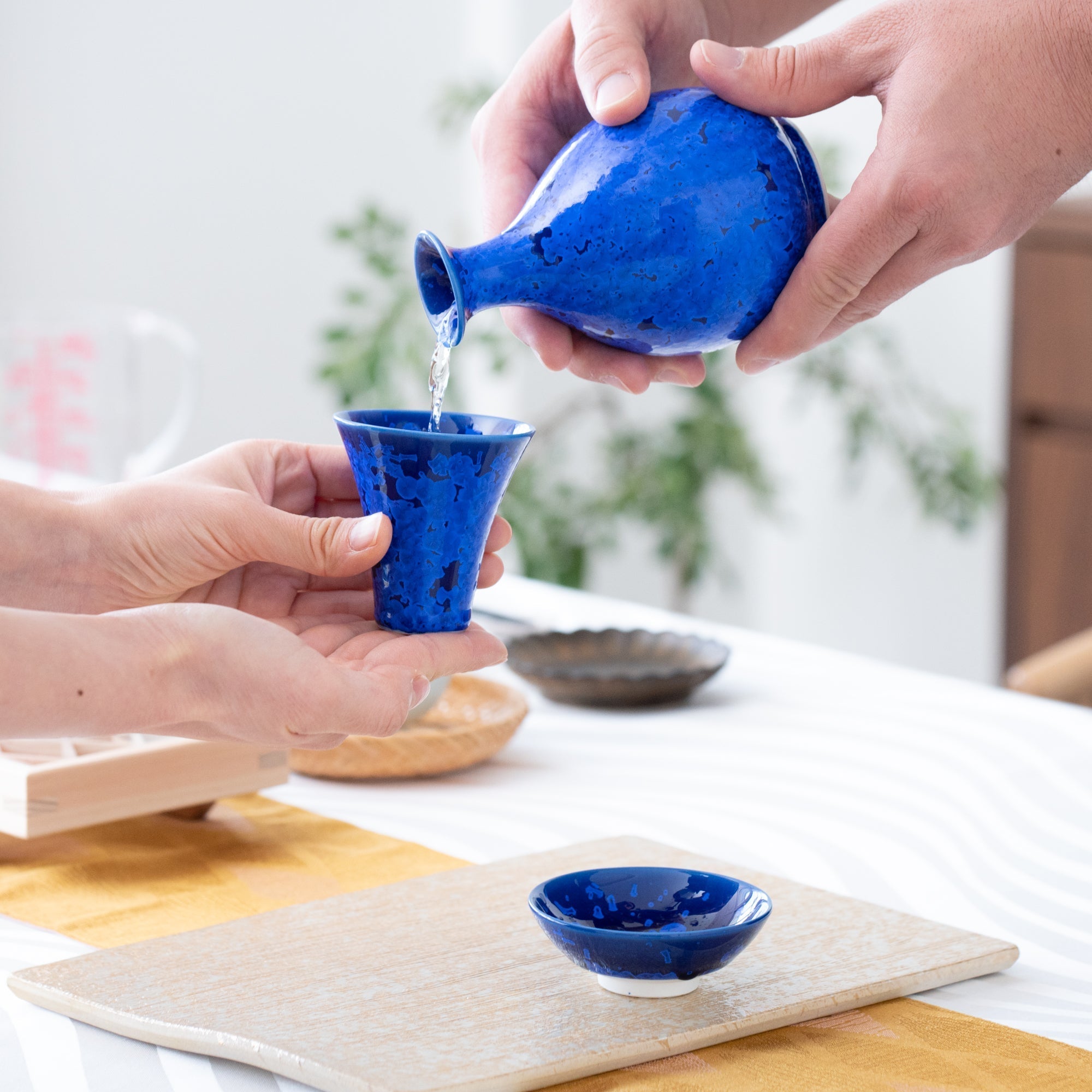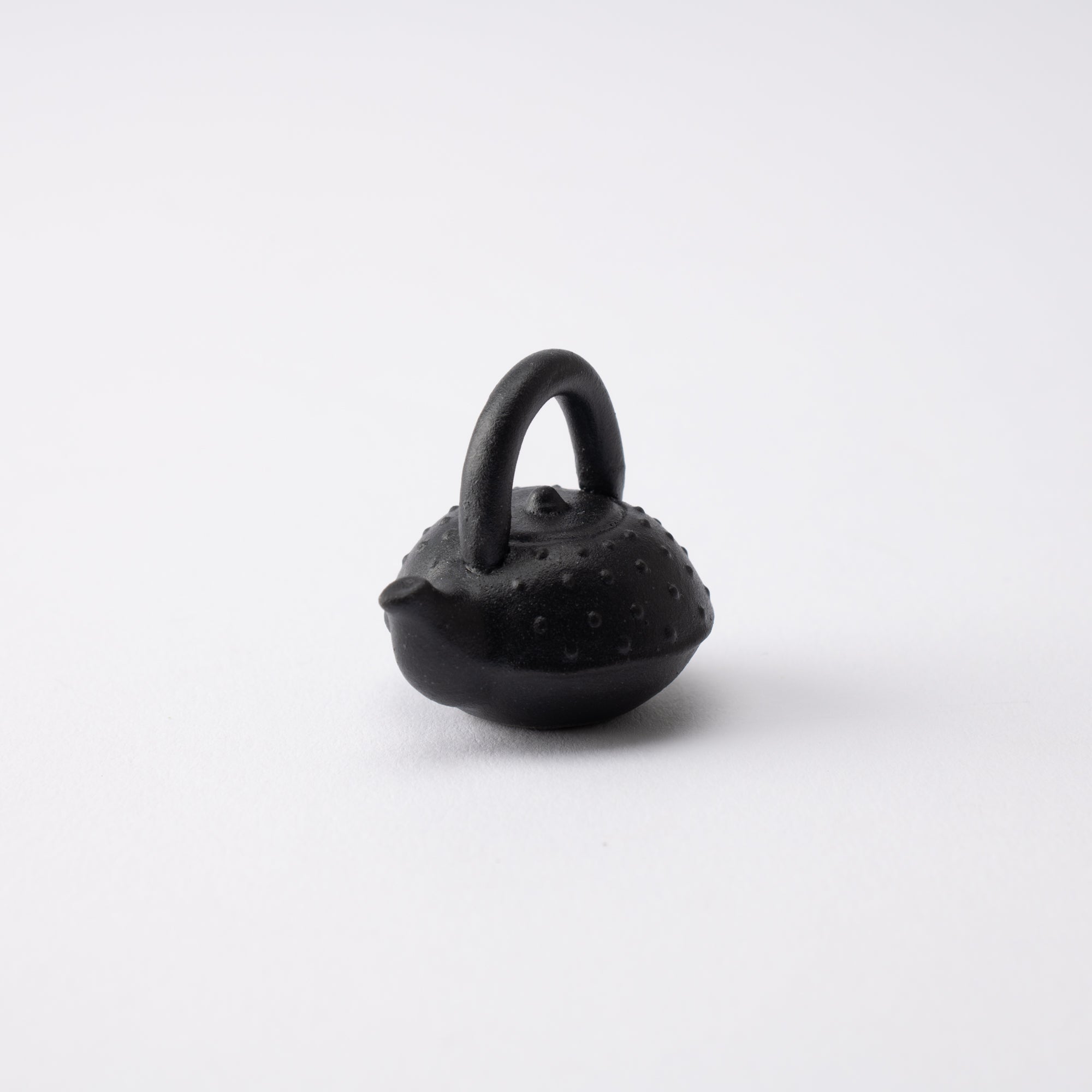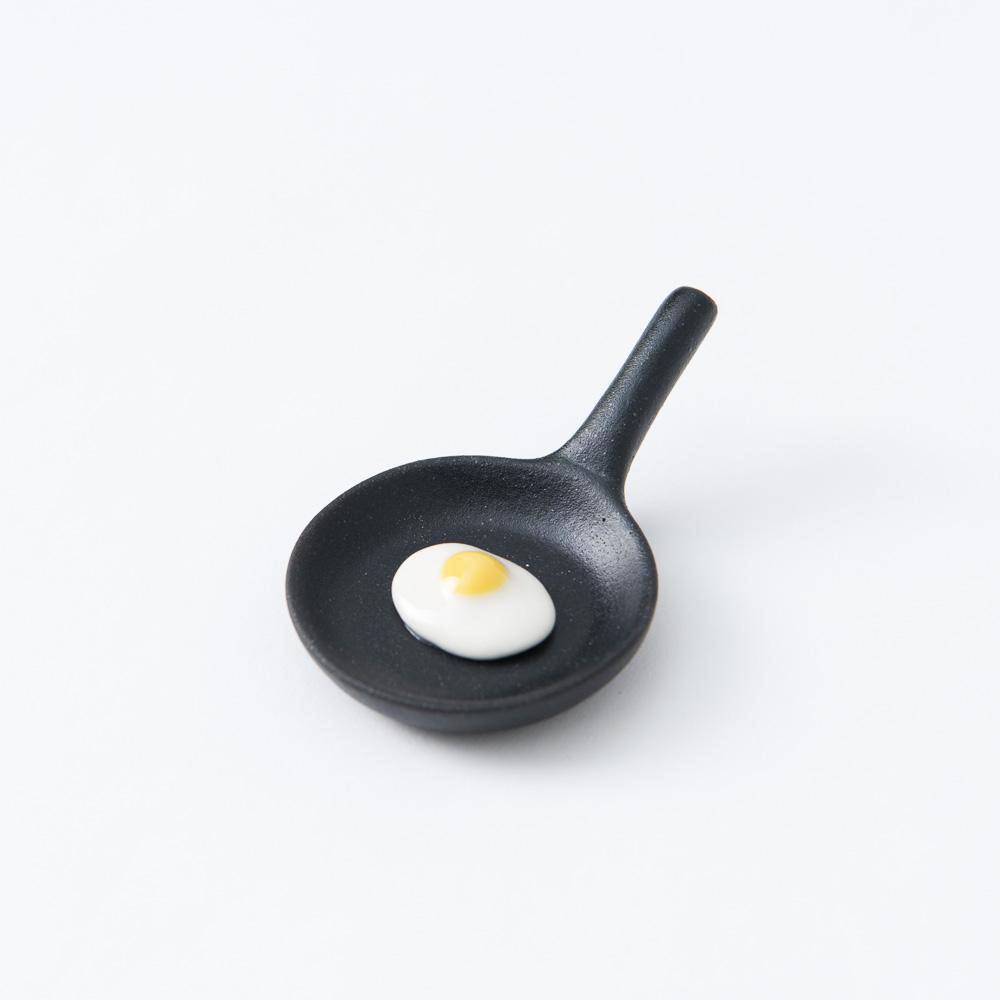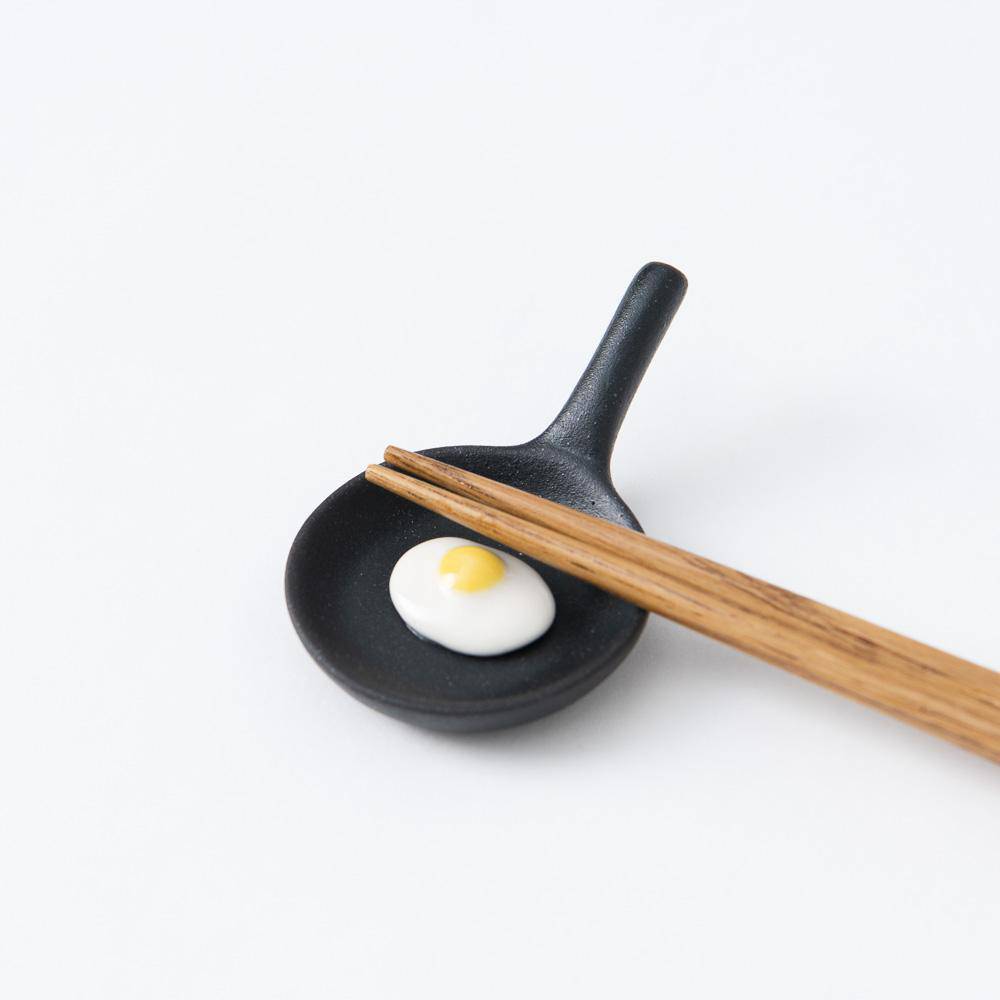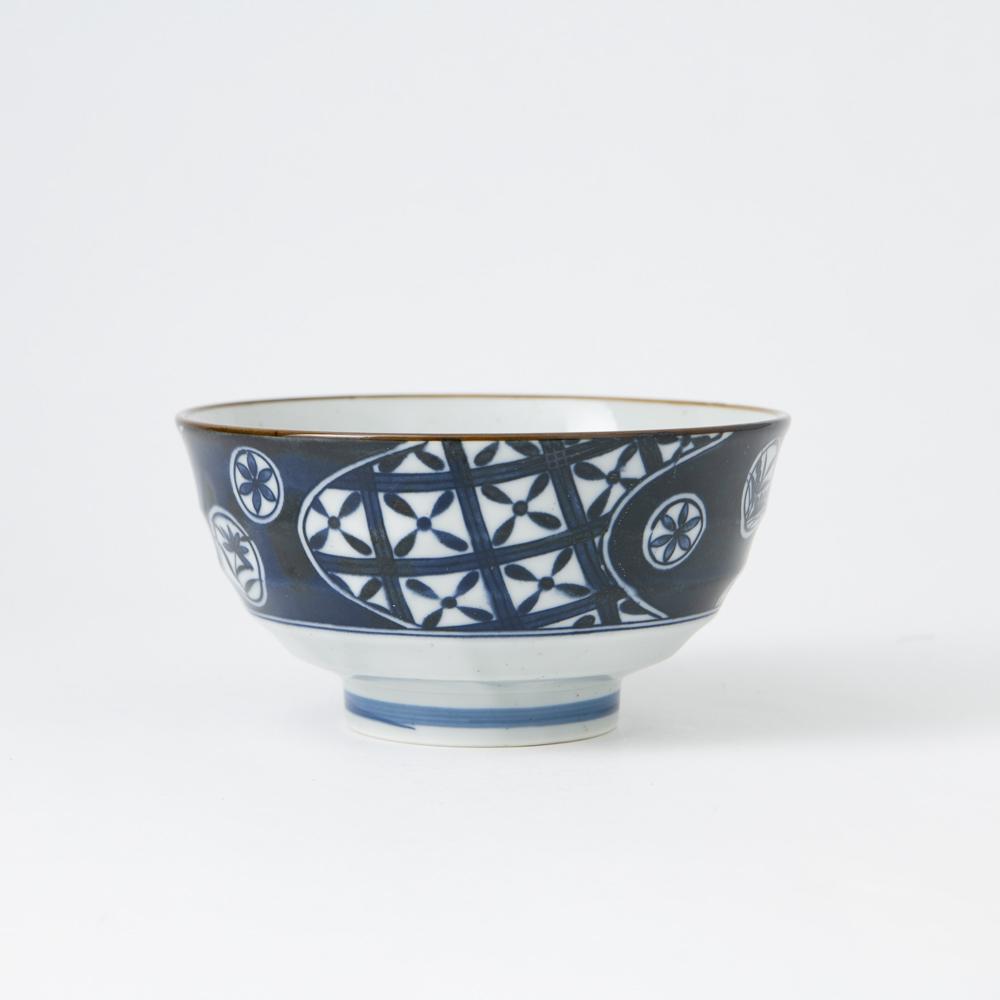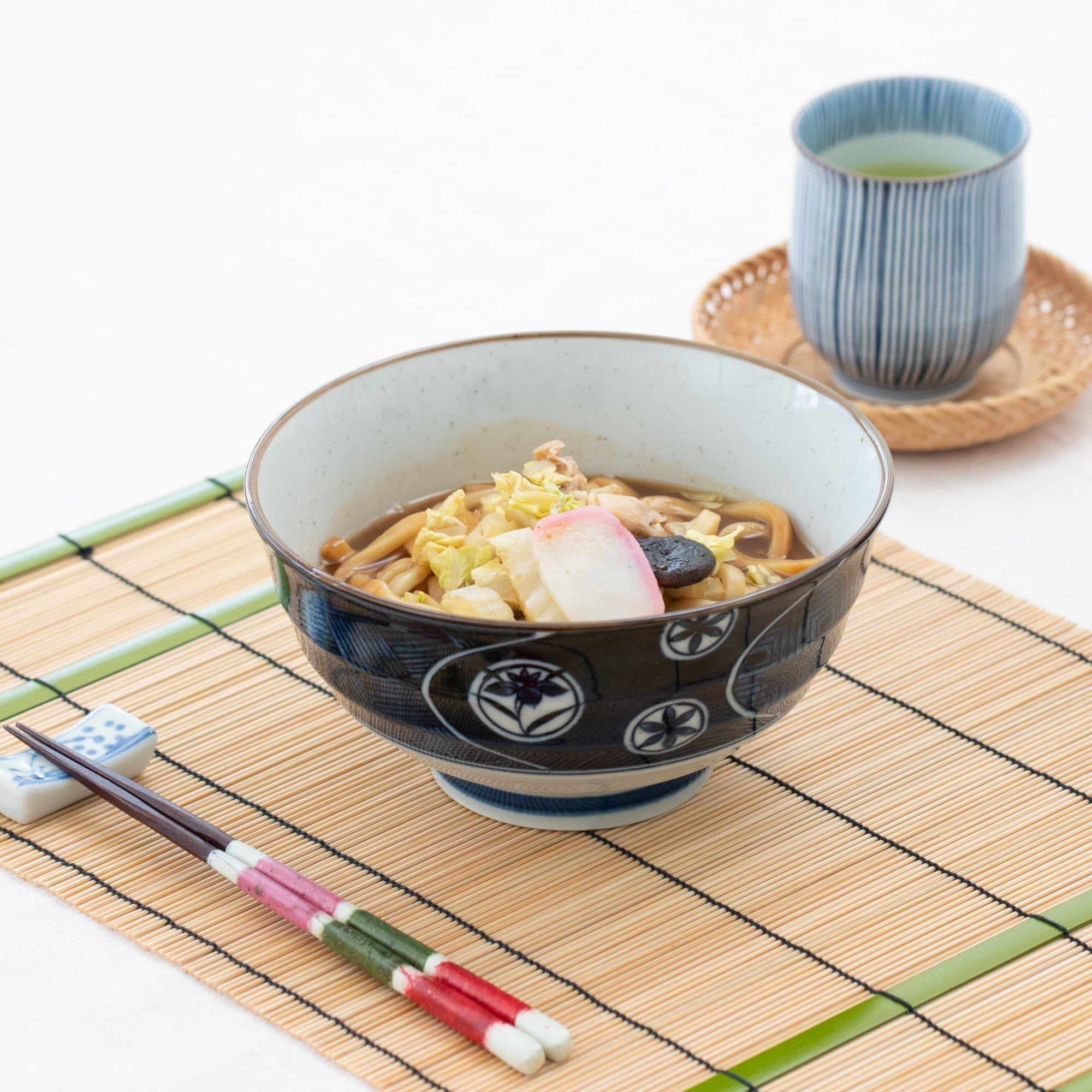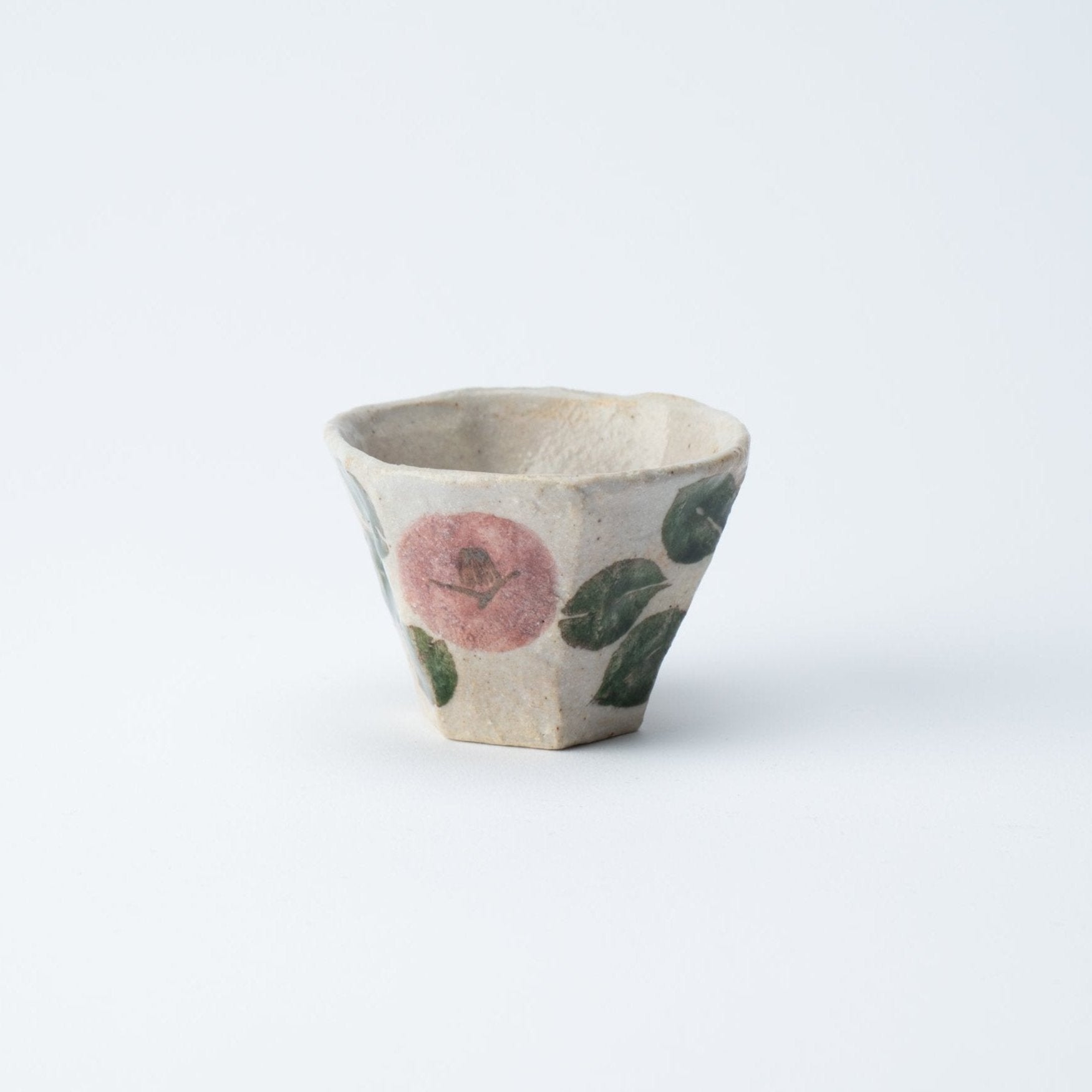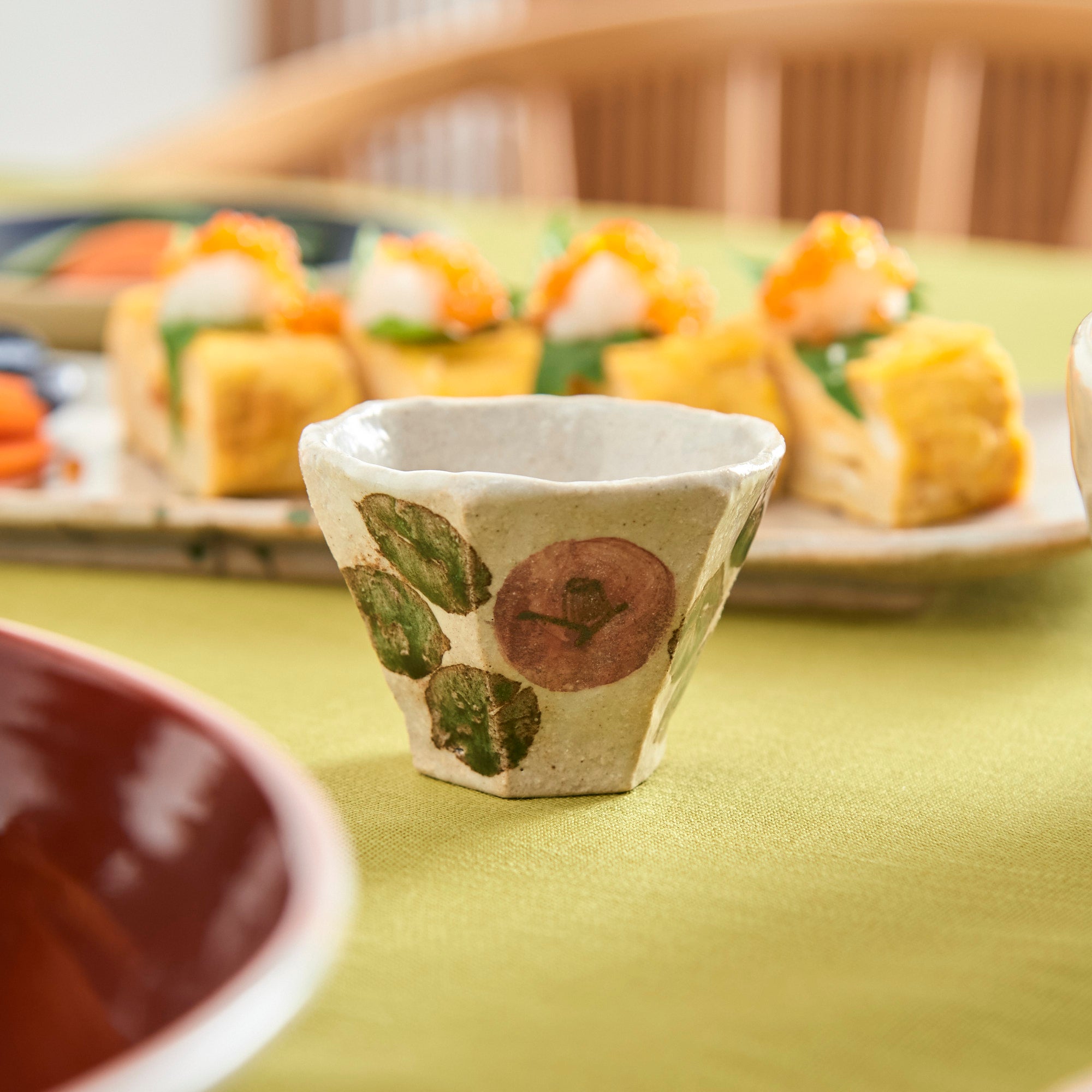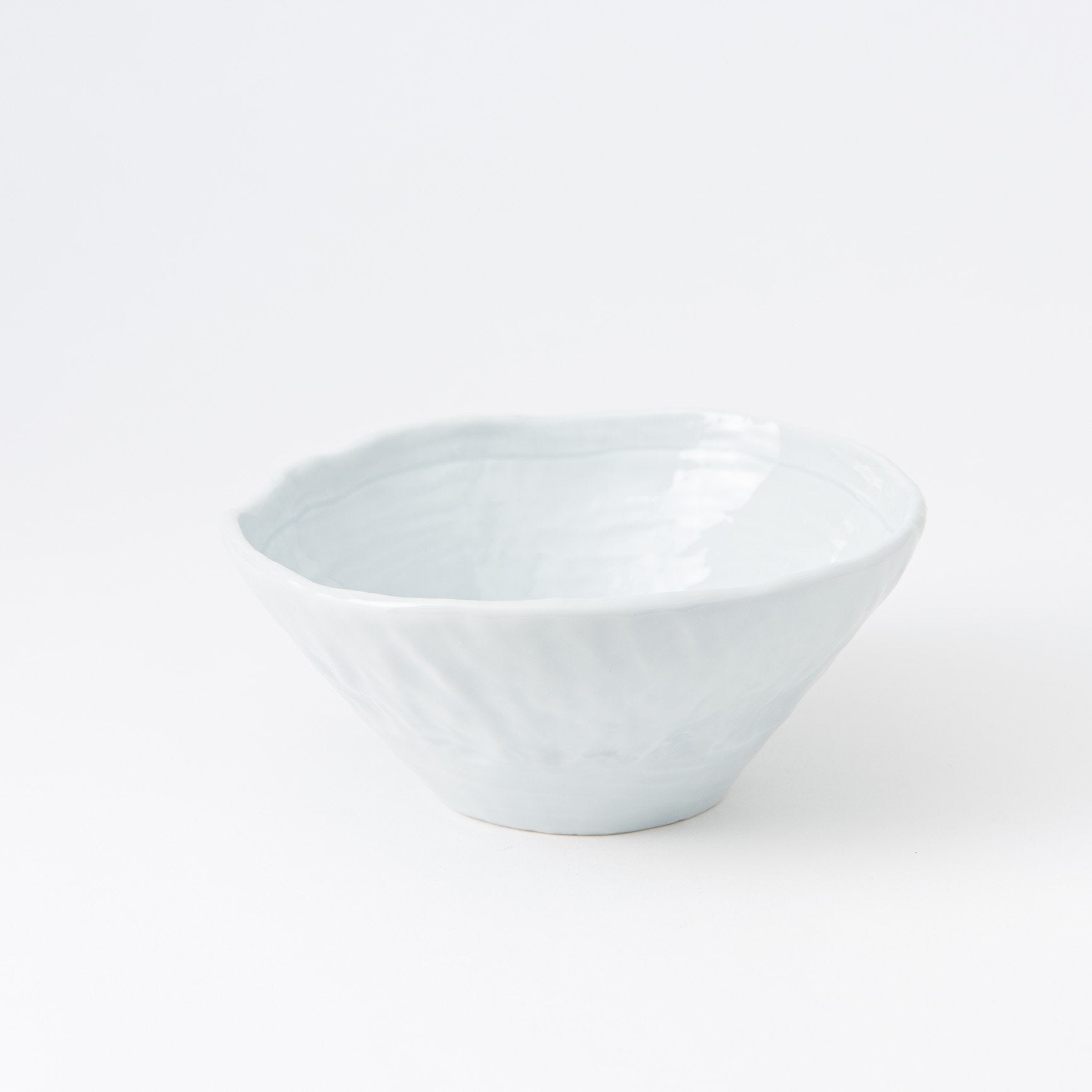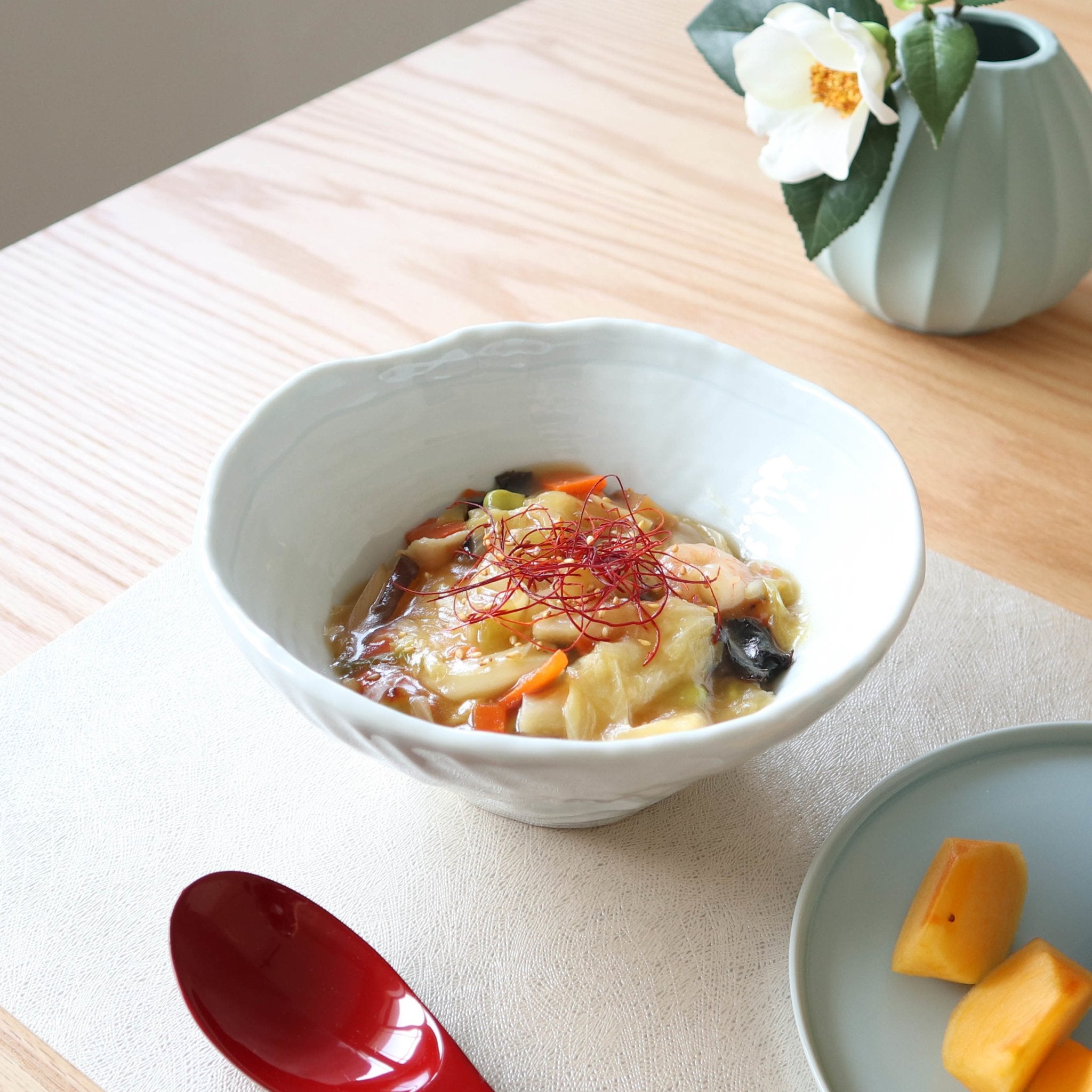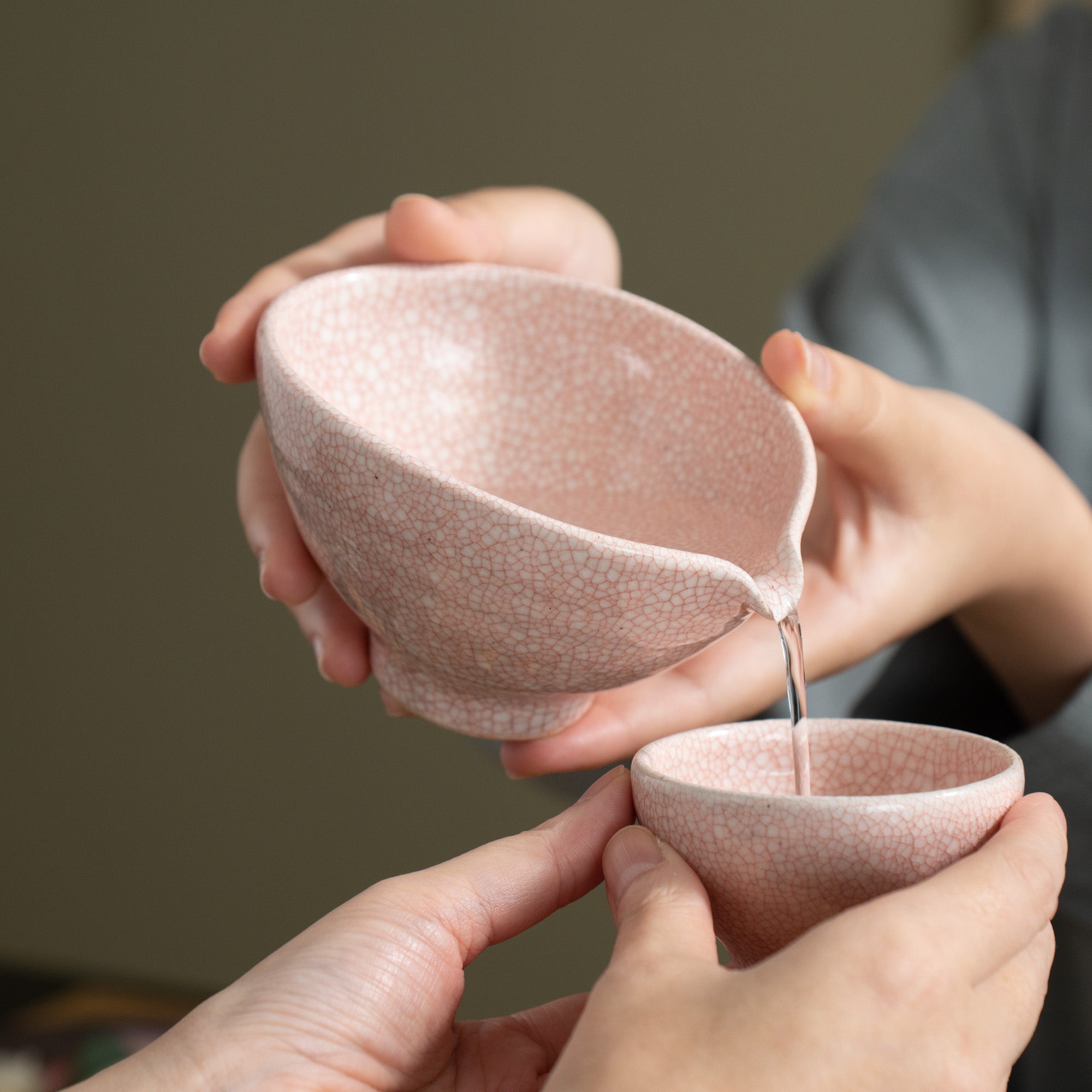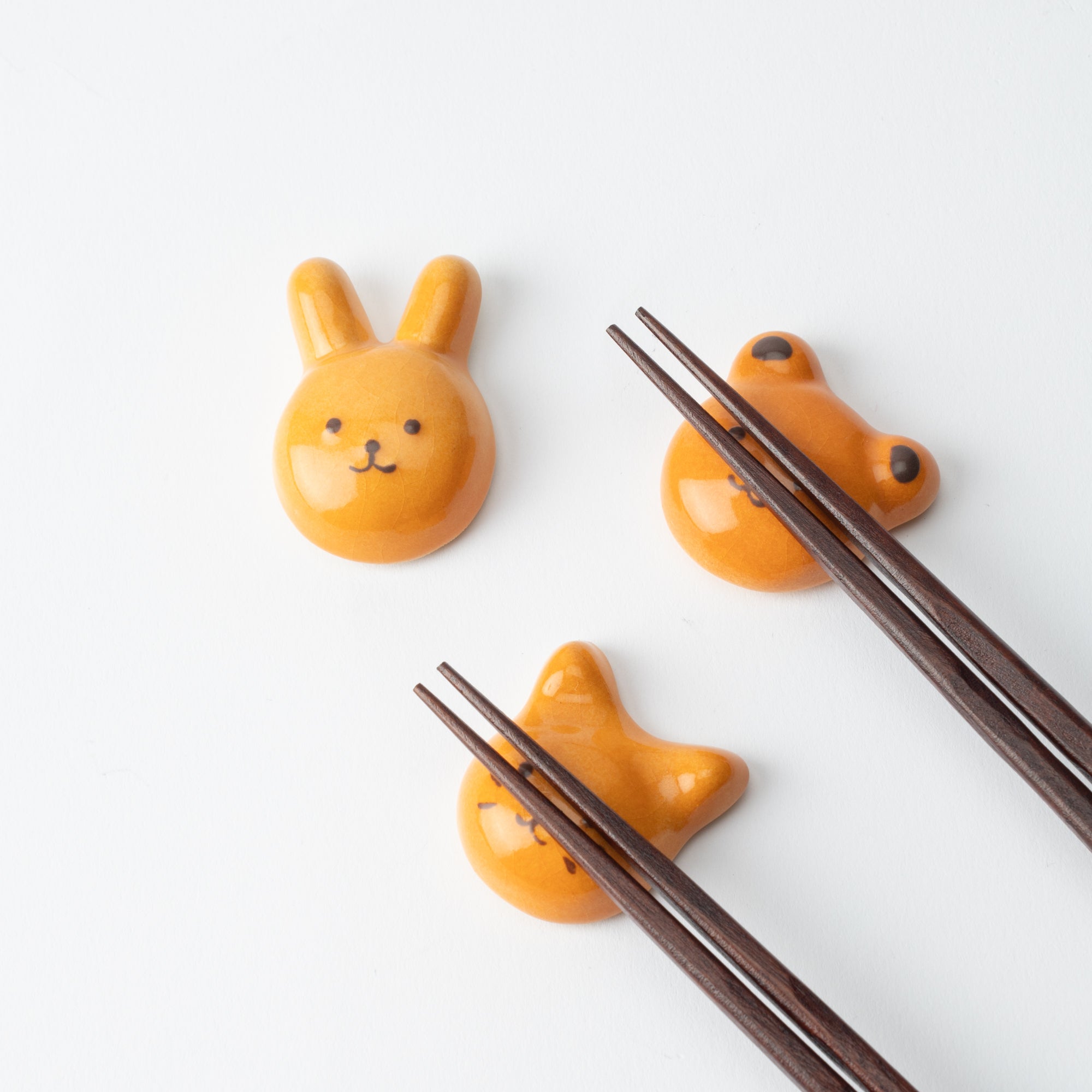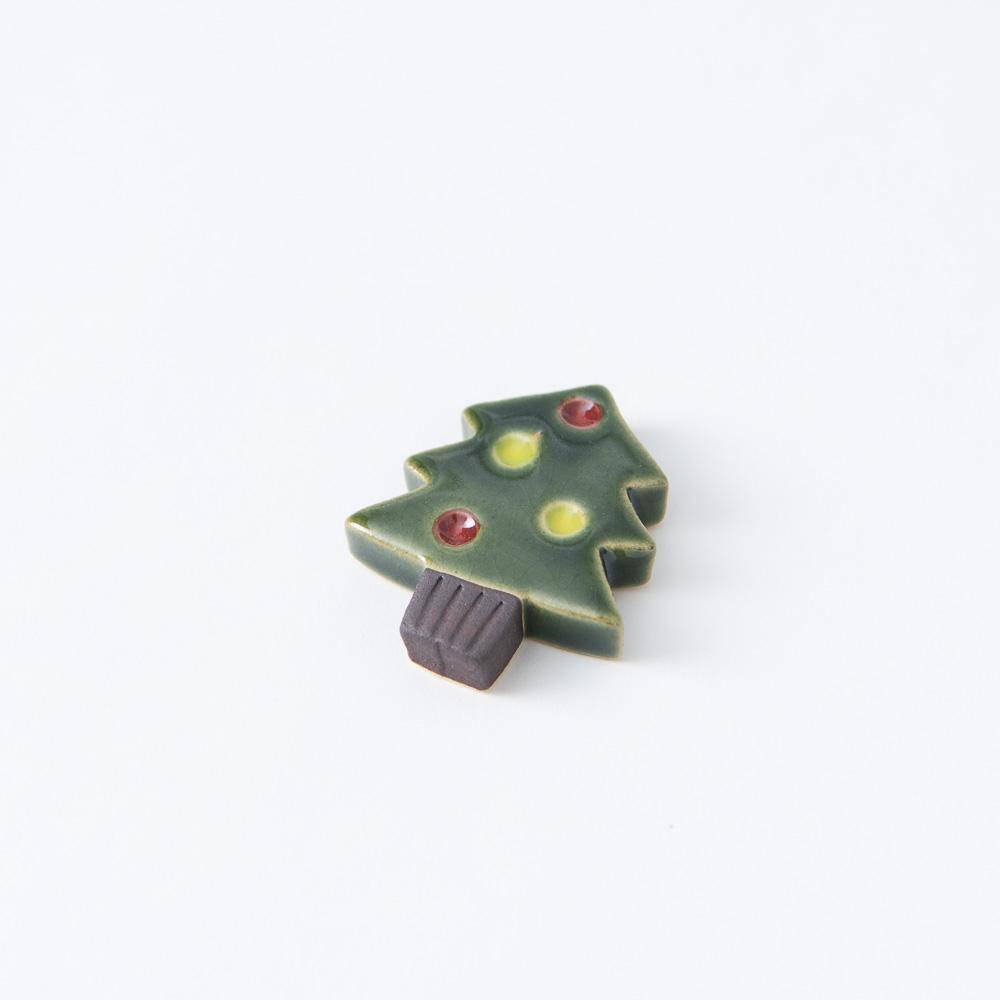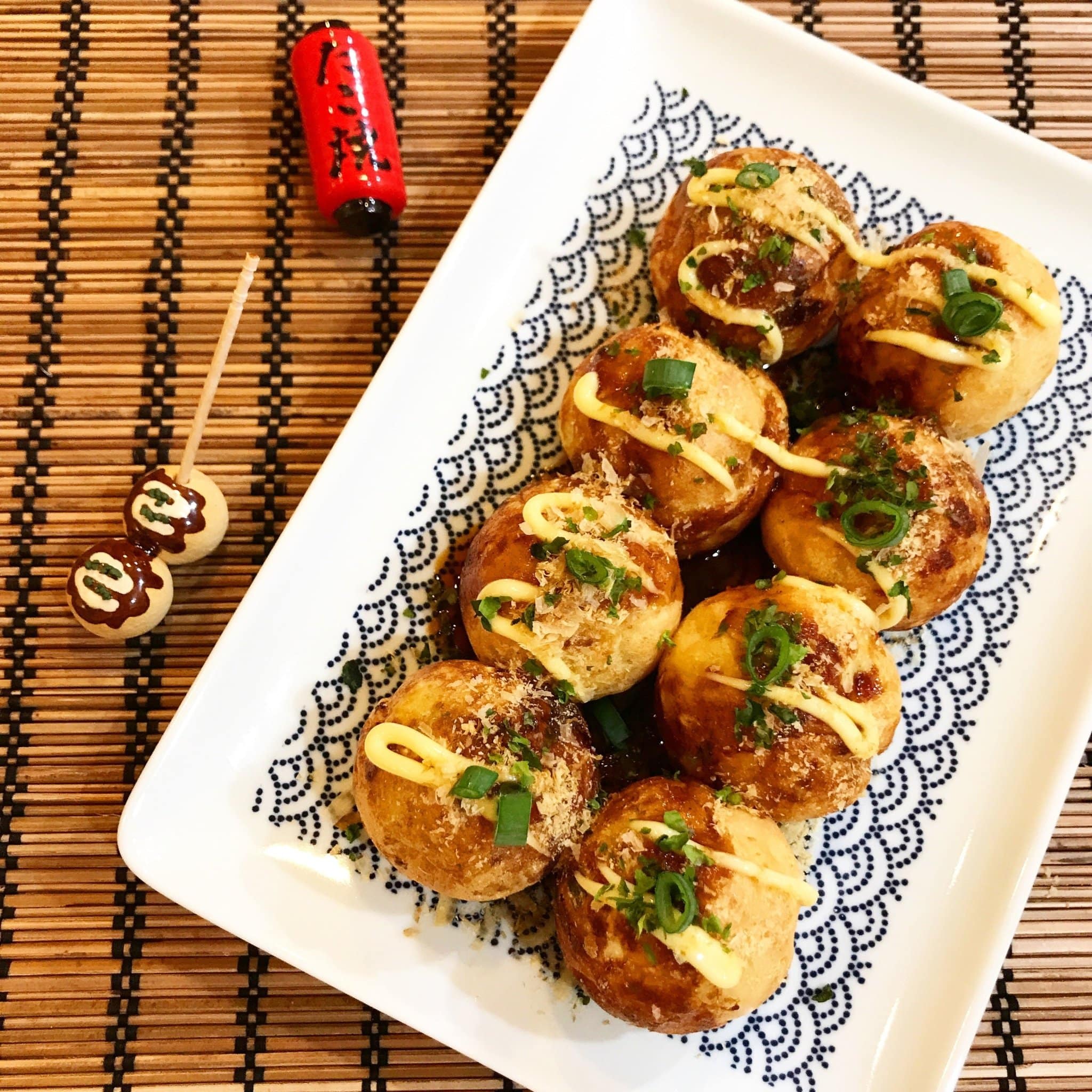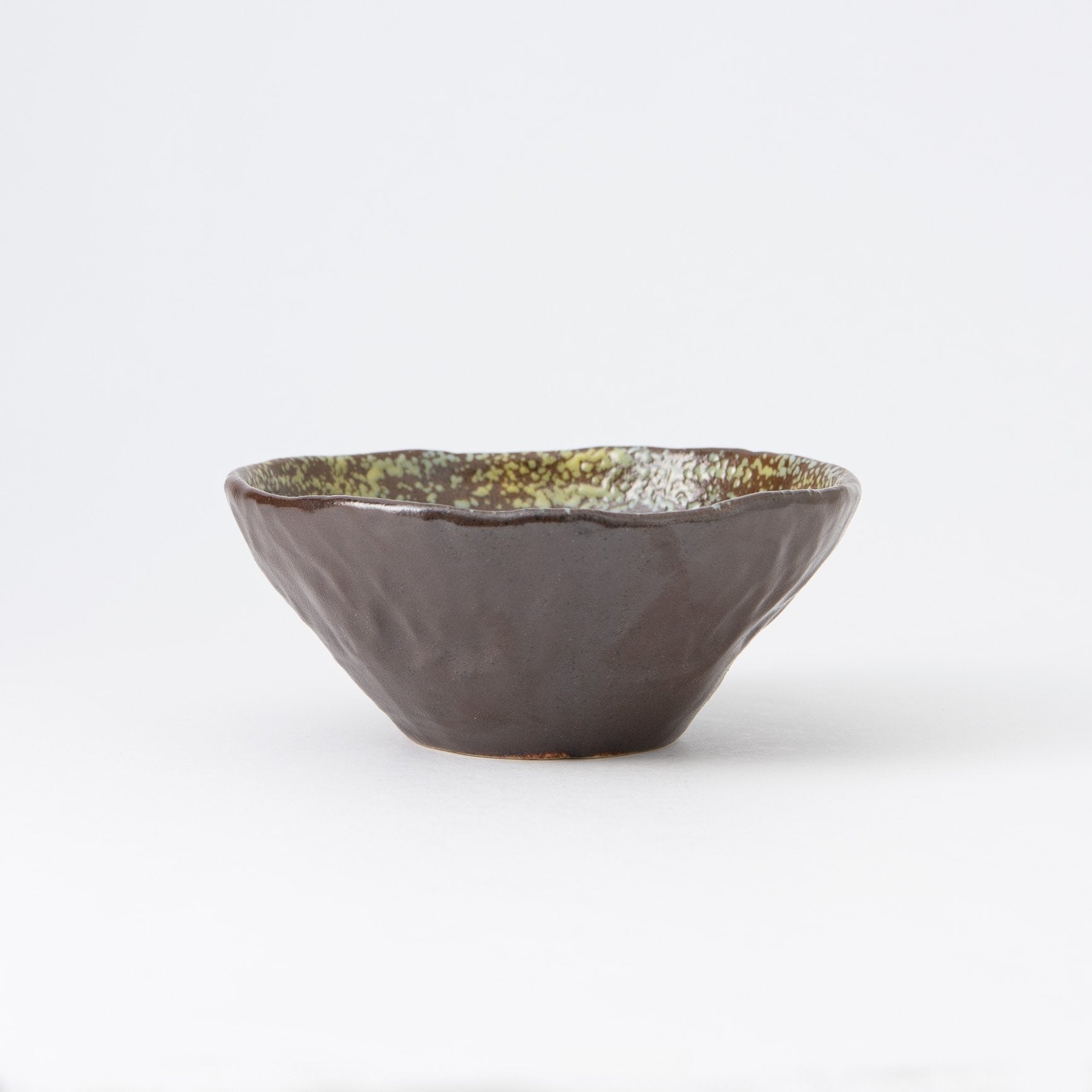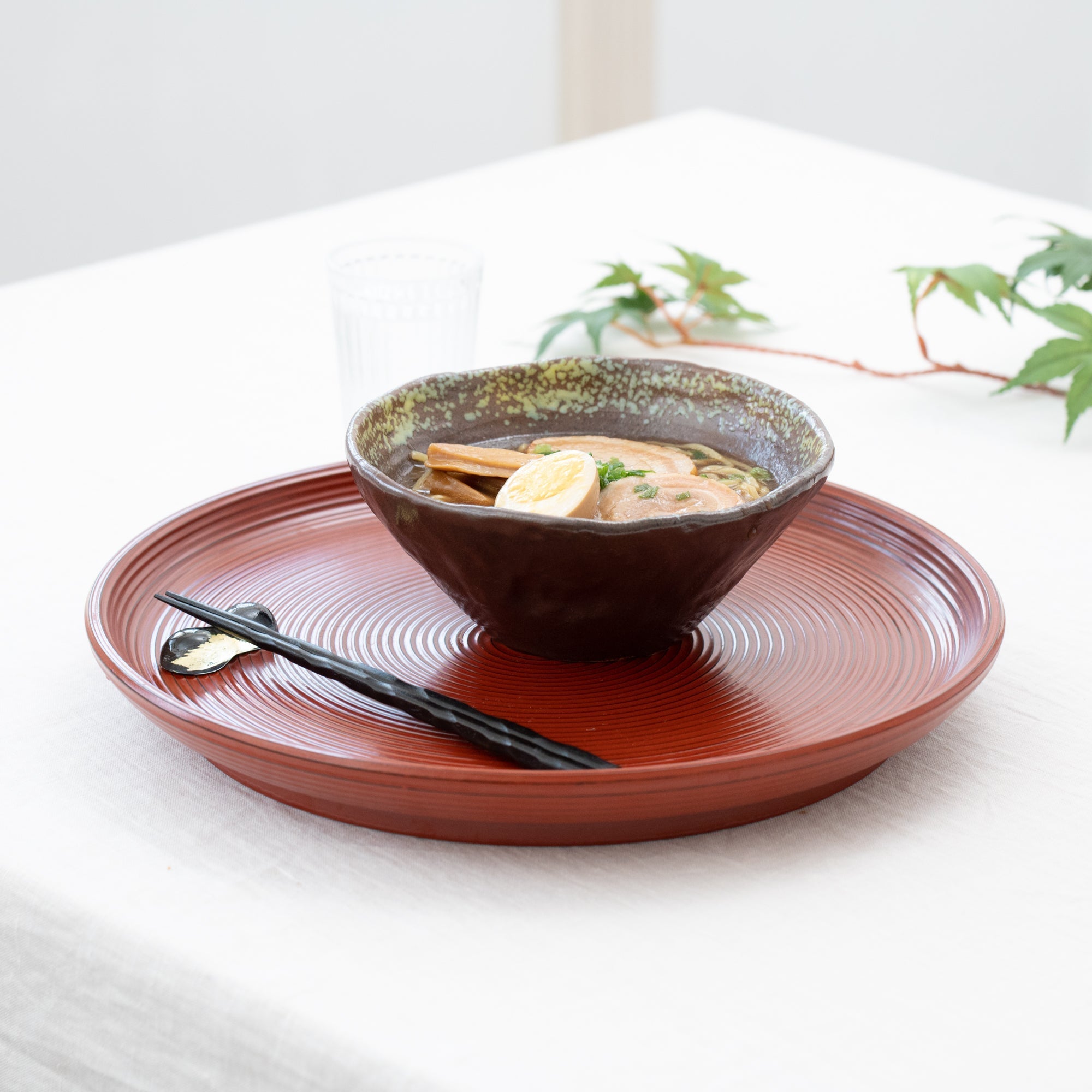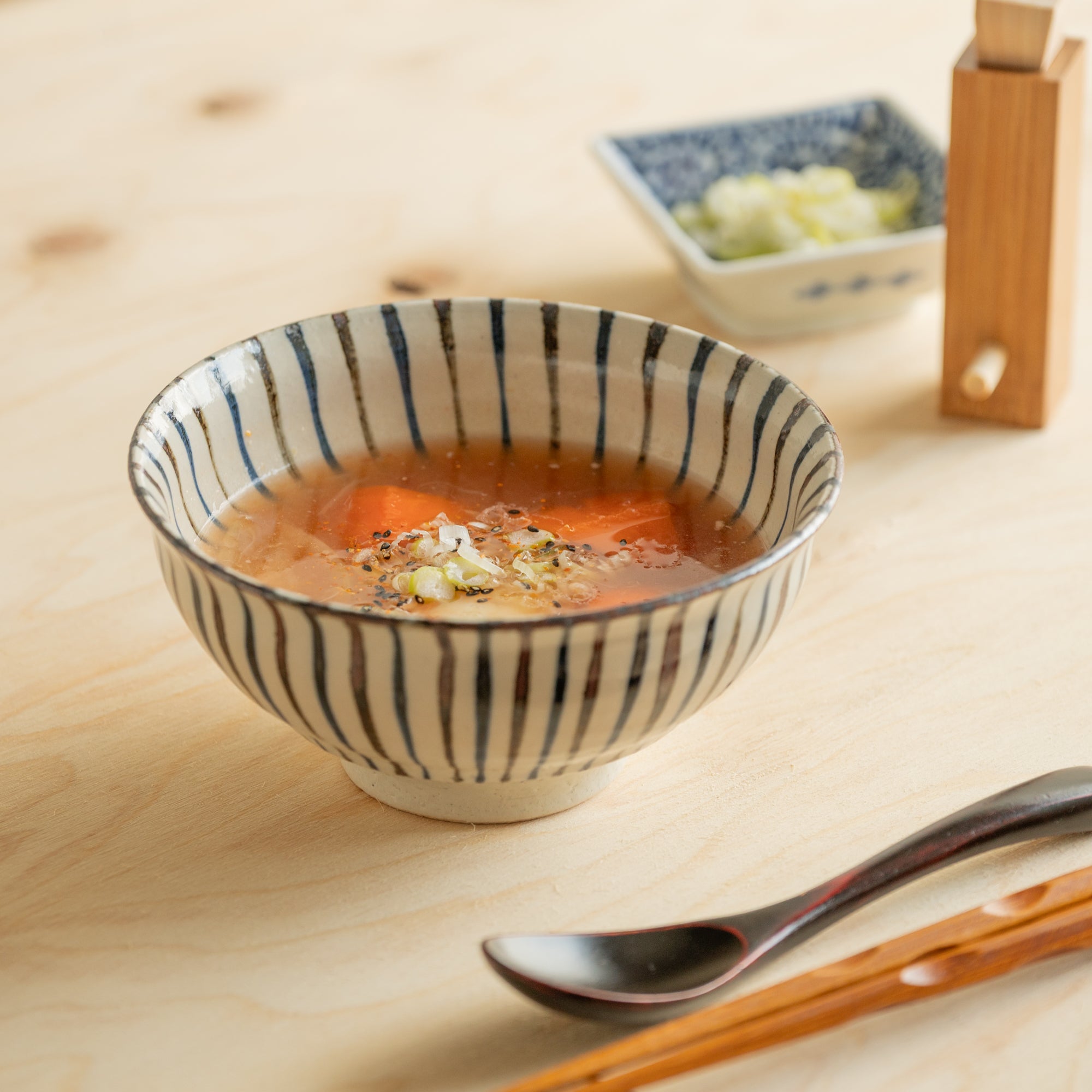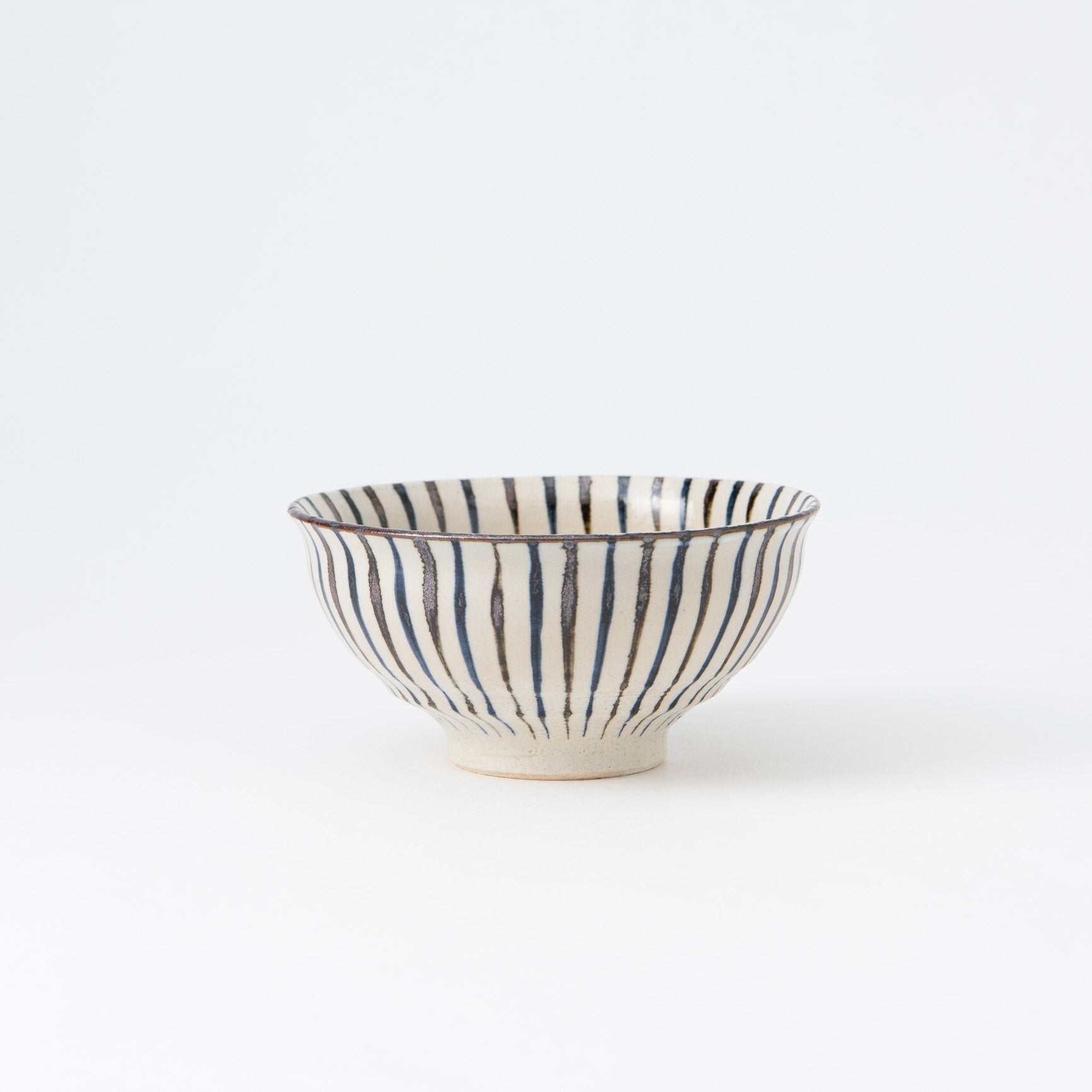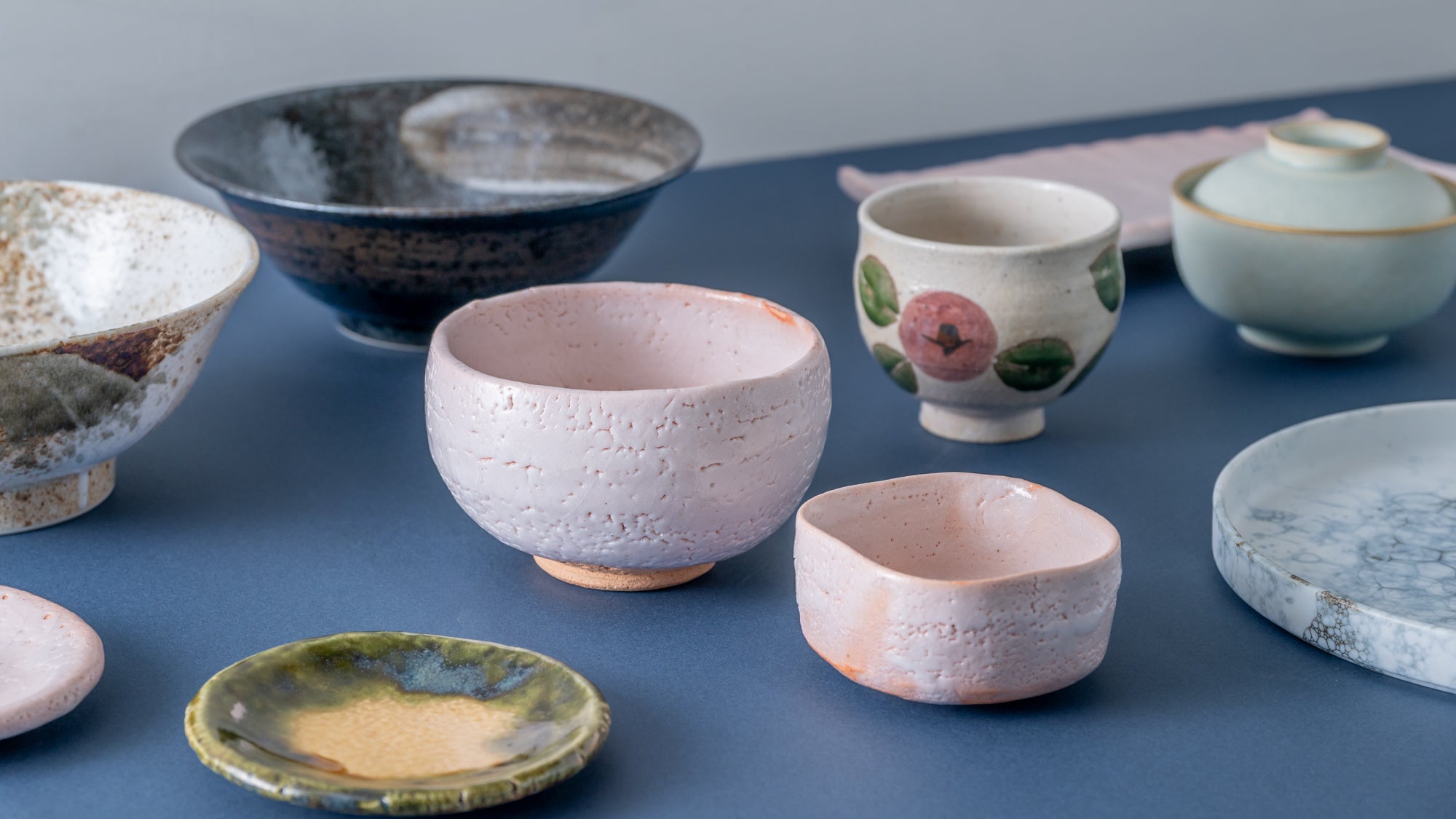
Cerámica Mino
La cerámica Mino, elaborada en la región de Tono, en la prefectura de Gifu, es reconocida en la cerámica japonesa por su rico legado y versatilidad. Presenta más de quince estilos distintos, lo que la hace más variada que muchas otras cerámicas japonesas.
Representando actualmente más del 50 % de la producción cerámica de Japón, su popularidad es inigualable. Designada como artesanía tradicional en 1978, la cerámica Mino refleja una combinación de profundidad histórica y relevancia moderna, ejemplificando una artesanía excepcional.
La cerámica Mino, llamada así por la provincia histórica de Mino (ahora parte de la prefectura de Gifu), tiene una historia de más de 1300 años, que comenzó a finales del período Kofun (siglo VII). La producción inicial se centró en... sueki Gres cocido en Anagama hornos construidos en las laderas de las montañas de la región de Tono.
Para el período Heian (794-1185 d. C.), los alfareros desarrollaron vidriados de ceniza utilizando ceniza vegetal, creando cerámica vidriada temprana. En el período Muromachi (1336-1573 d. C.), se utilizaron cerámicas más grandes y eficientes. ogama Aparecieron hornos que permitieron obtener piezas esmaltadas en fresno y hierro de forma más estable.
Durante el período Azuchi-Momoyama (1573-1603 d. C.), la cerámica Mino floreció con el auge de la ceremonia del té. Surgieron estilos como ki-Seto, Seto-guro, Oribe y Shino, este último llamado así por el maestro samurái del té Furuta Oribe. Estas piezas de formas libres y vívidamente esmaltadas marcaron el apogeo de la cerámica Mino-Momoyama, conocida por su innovación artística.
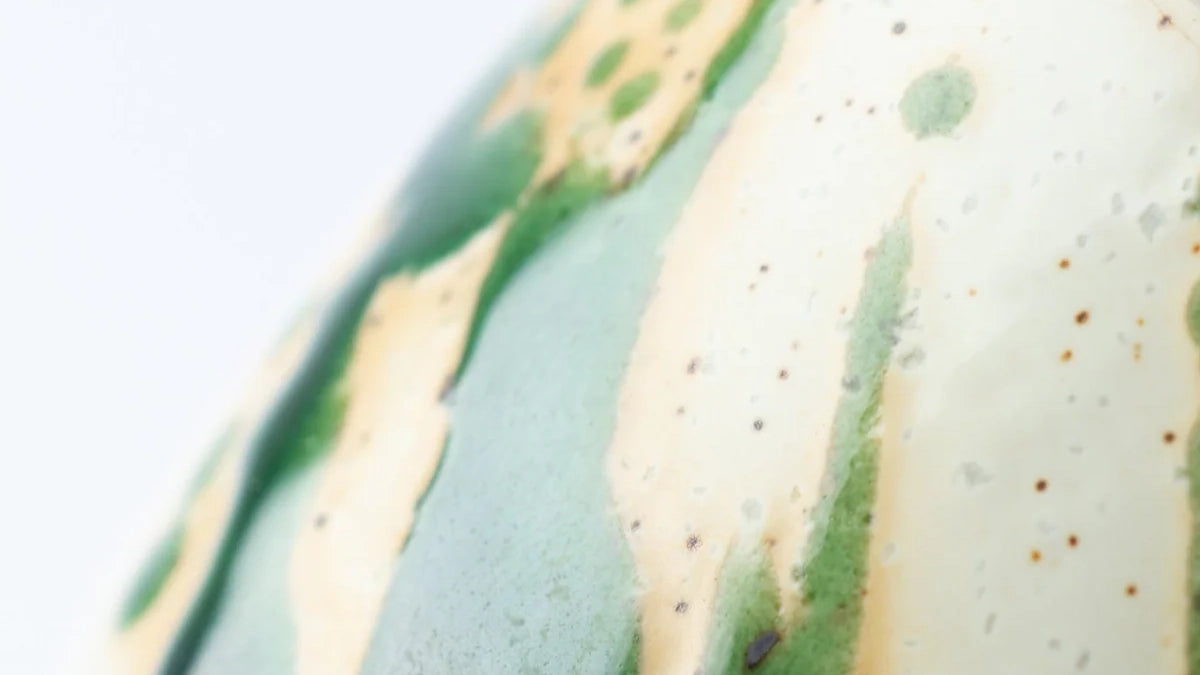
En el período Edo (1603-1868 d. C.), el uso de noborigama Los hornos expandieron la producción de artículos de té y cerámica de uso diario. A finales del período Edo, comenzó la producción de porcelana en Mino, lo que potenció su papel en la industria cerámica japonesa.
A partir del período Meiji (1868 d. C.-1912 d. C.), las técnicas de producción en masa y los métodos decorativos, como la impresión por transferencia, permitieron la distribución nacional y la exportación internacional. En el siglo XX, Mino también contribuyó a la cerámica industrial y a las aplicaciones técnicas avanzadas.
Hoy en día, Mino sigue siendo la mayor región productora de cerámica de Japón, responsable de más del 50 por ciento de la vajilla nacional, combinando la tradición con la innovación moderna.

Oribe
La cerámica Oribe fue desarrollada bajo la guía de Furuta Oribe, un famoso maestro del té y samurái que sucedió a Sen no Rikyu. Es famosa por su estética audaz y poco convencional, que refleja el espíritu del wabi sabi en sus formas innovadoras.
El sello distintivo de la cerámica Oribe es su esmaltado verde intenso, conocido como esmalte Oribe, que evoca una sensación rústica y terrosa. Esta impactante coloración verde y diseño asimétrico cautivaron a los aficionados al té de la época y siguen cautivando a los admiradores hoy en día.
Hay varias variaciones de cerámica Oribe diferenciadas por el estilo decorativo y la técnica de cocción, incluyendo e-Oribe (Oribe pintado), aka-Oribe (Oribe rojo), kuro-Oribe (Oribe negro), Shino-Oribe e Iga-Oribe.
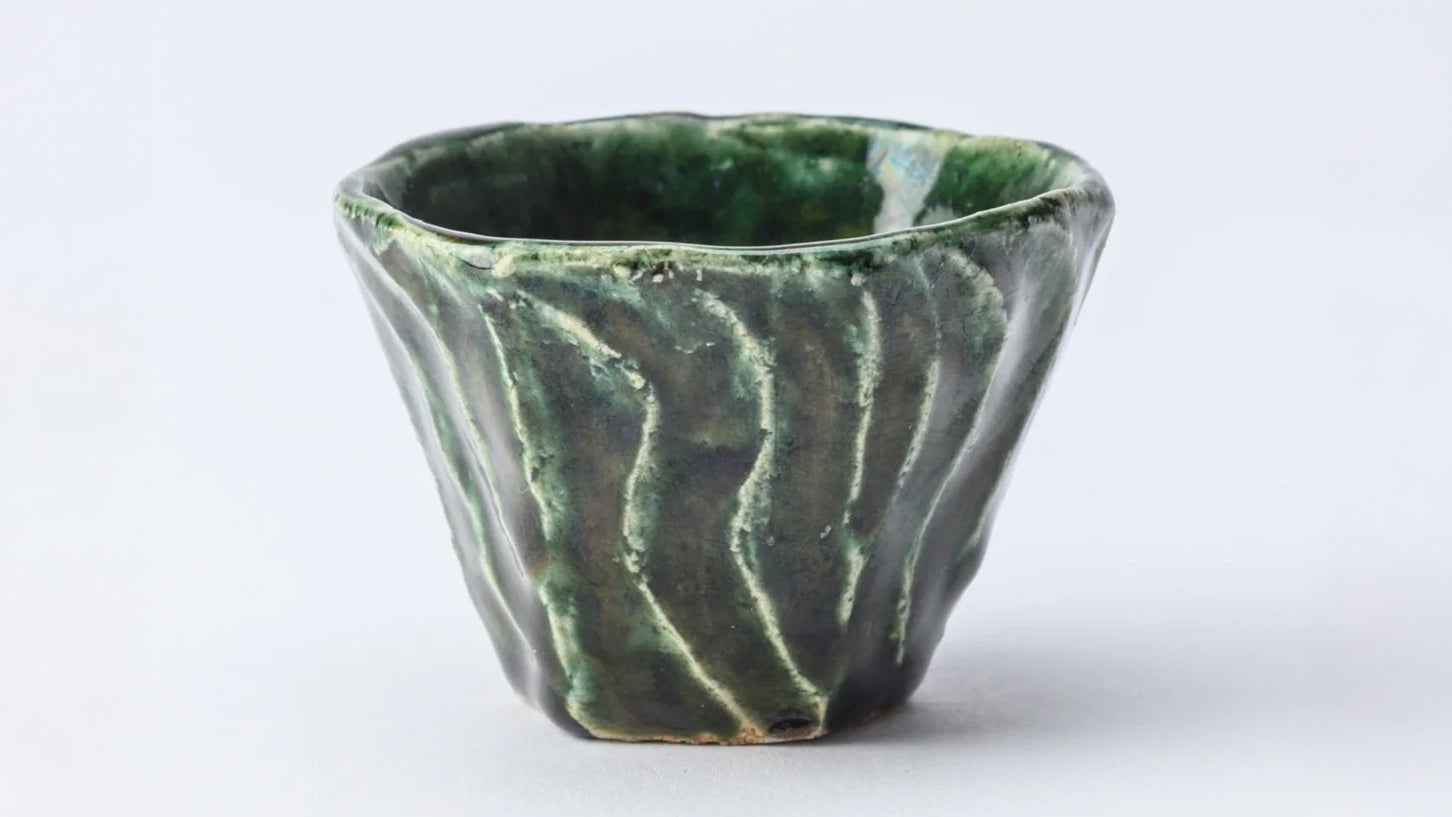
Shino
La cerámica Shino es uno de los primeros estilos de cerámica vidriada en blanco de Japón, originaria del período Azuchi-Momoyama. Se cree que se desarrolló bajo la influencia de Shino Soshin, un maestro del té del período Muromachi.
Caracterizada por su espeso esmalte Shino de color blanco lechoso, la cerámica Shino a menudo revela sutiles tonos rosados y una superficie fina. kannyu O poros, lo que le da una textura cálida y suave. Utiliza arcilla más gruesa y su paleta de colores suaves complementa la estética tradicional de la ceremonia del té.
Las variantes incluyen e-Shino (Shino pintado), muji-Shino (Shino simple), aka-Shino (Shino rojo), nezumi-Shino (Shino gris ratón) y nerikomi-Shino (Shino jaspeado).
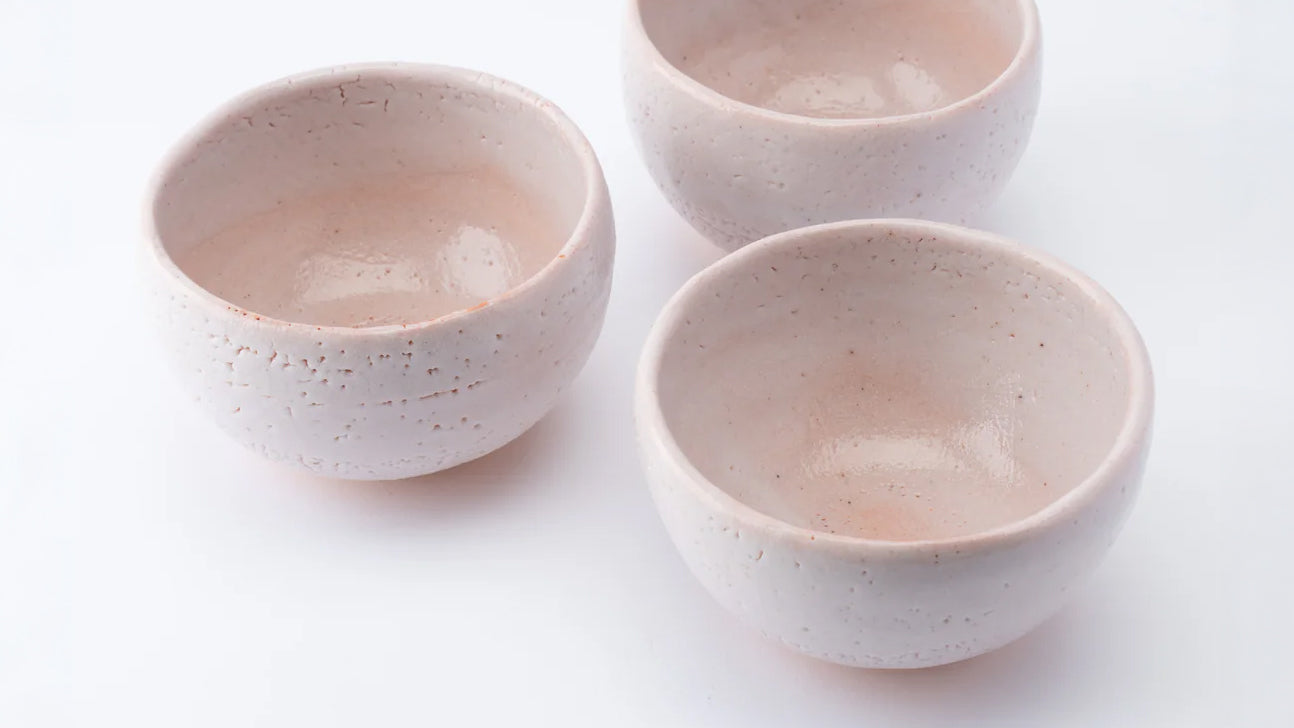
Ki-seto
La cerámica Ki-Seto se distingue por su suave vidriado amarillento, obtenido con materiales ricos en hierro que adquieren cálidos tonos dorados durante la cocción. Aunque se creía que su origen estaba en Seto, los hallazgos arqueológicos confirmaron su producción en la región de Mino.
El esmaltado a veces incorpora toques de verde provenientes del sulfato de cobre natural y suele adornarse con líneas sencillas o motivos florales. Su belleza sutil y refinada ofrece un ambiente diferente al de la audacia de Oribe o la suavidad de Shino, lo que lo hace especialmente adecuado tanto para utensilios de té como para vajillas de uso diario.
Su tono sobrio también realza el atractivo visual de los alimentos, lo que contribuye a su duradera popularidad en las presentaciones culinarias.
Fuente de la imagen: ColBase (https://colbase.nich.go.jp/collection_items/tnm/G-4825?locale=ja)
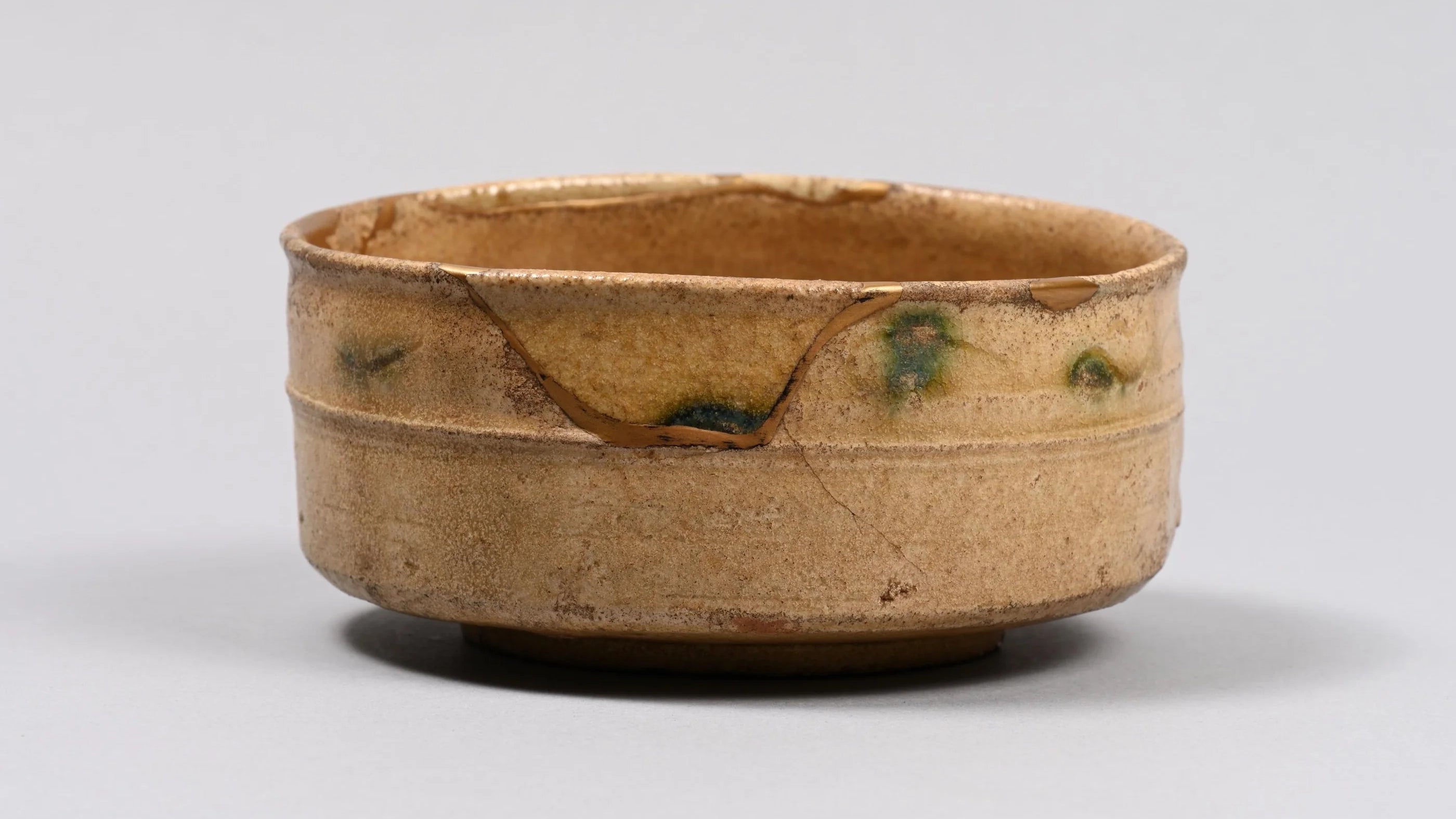
Seto-guro
Seto-guro, que significa "negro Seto", es famoso por su brillo negro azabache, logrado mediante una técnica única de cocción a alta temperatura y enfriamiento rápido. La cerámica se saca del horno mientras aún está caliente y se sumerge en agua para lograr su acabado negro brillante, un método conocido como hikidashi-guro.
La superficie suele presentar un delicado craquelado debido al choque térmico, lo que le aporta carácter y profundidad. El dramático esmaltado negro y las imperfecciones orgánicas hacen de Seto-guro una opción impactante para cuencos de té, donde el contraste y la textura son muy valorados.
Fuente de la imagen: ColBase (https://colbase.nich.go.jp/collection_items/tnm/G-5228?locale=ja)
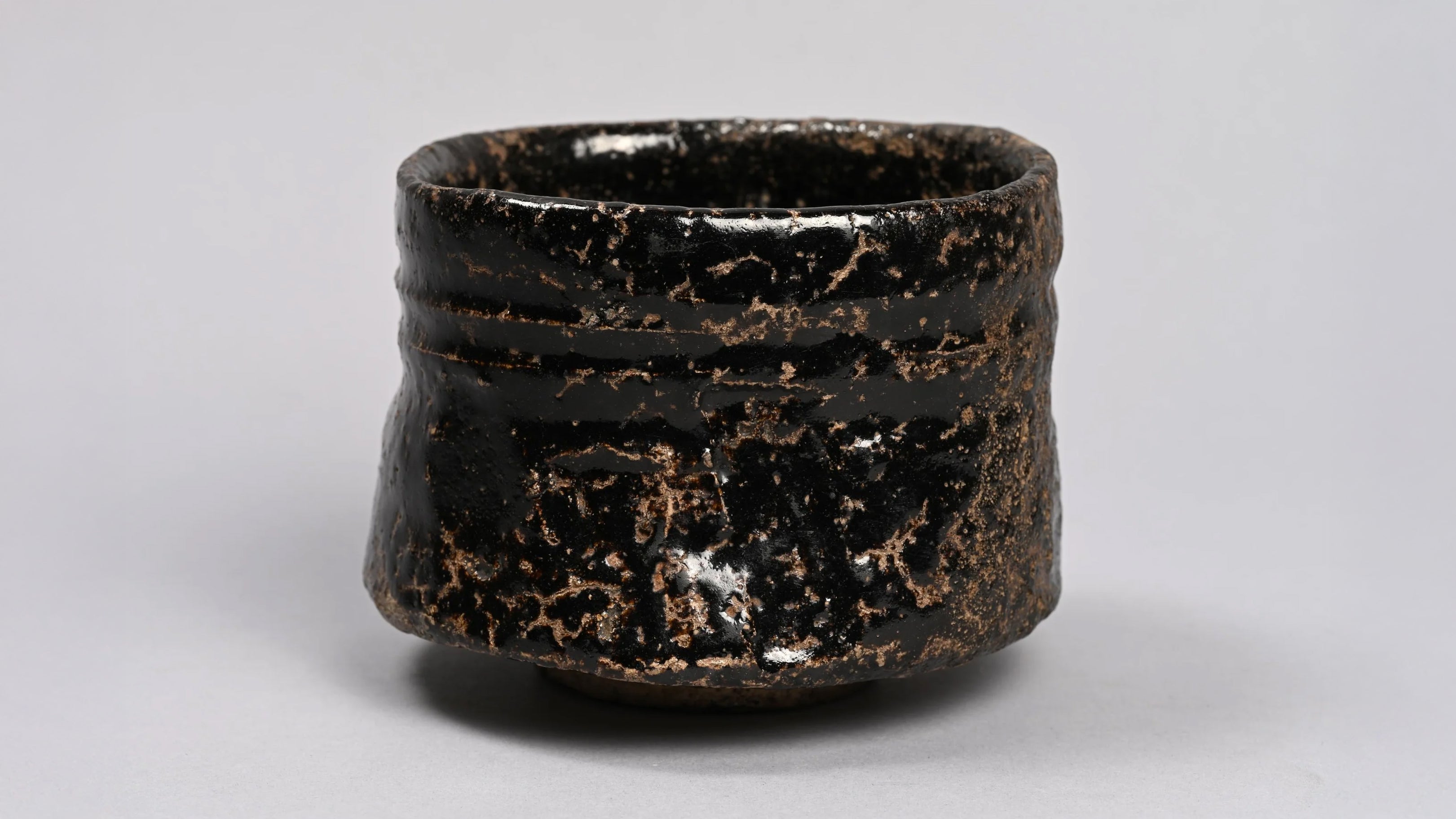
Artículos relacionados
Filtros


